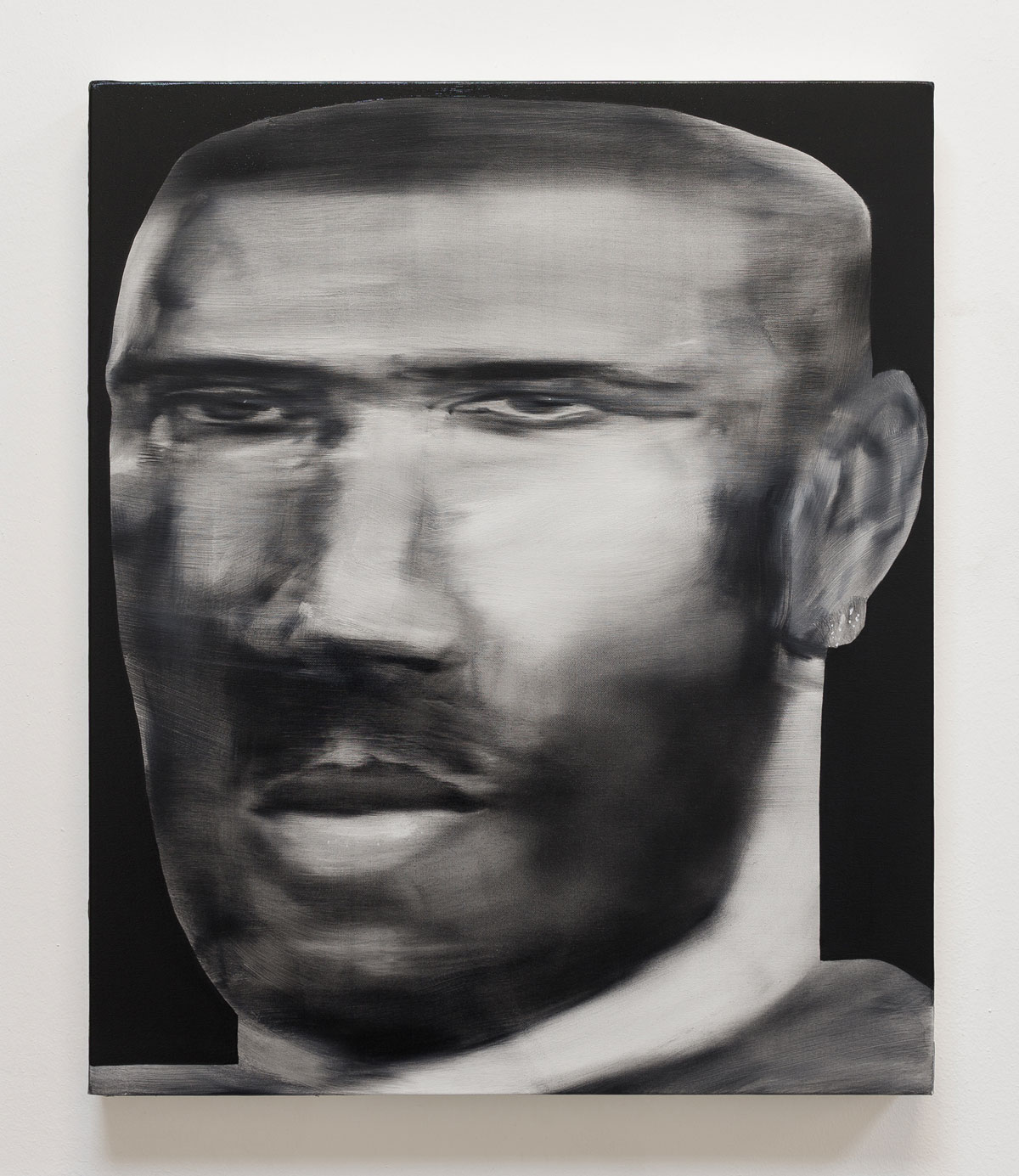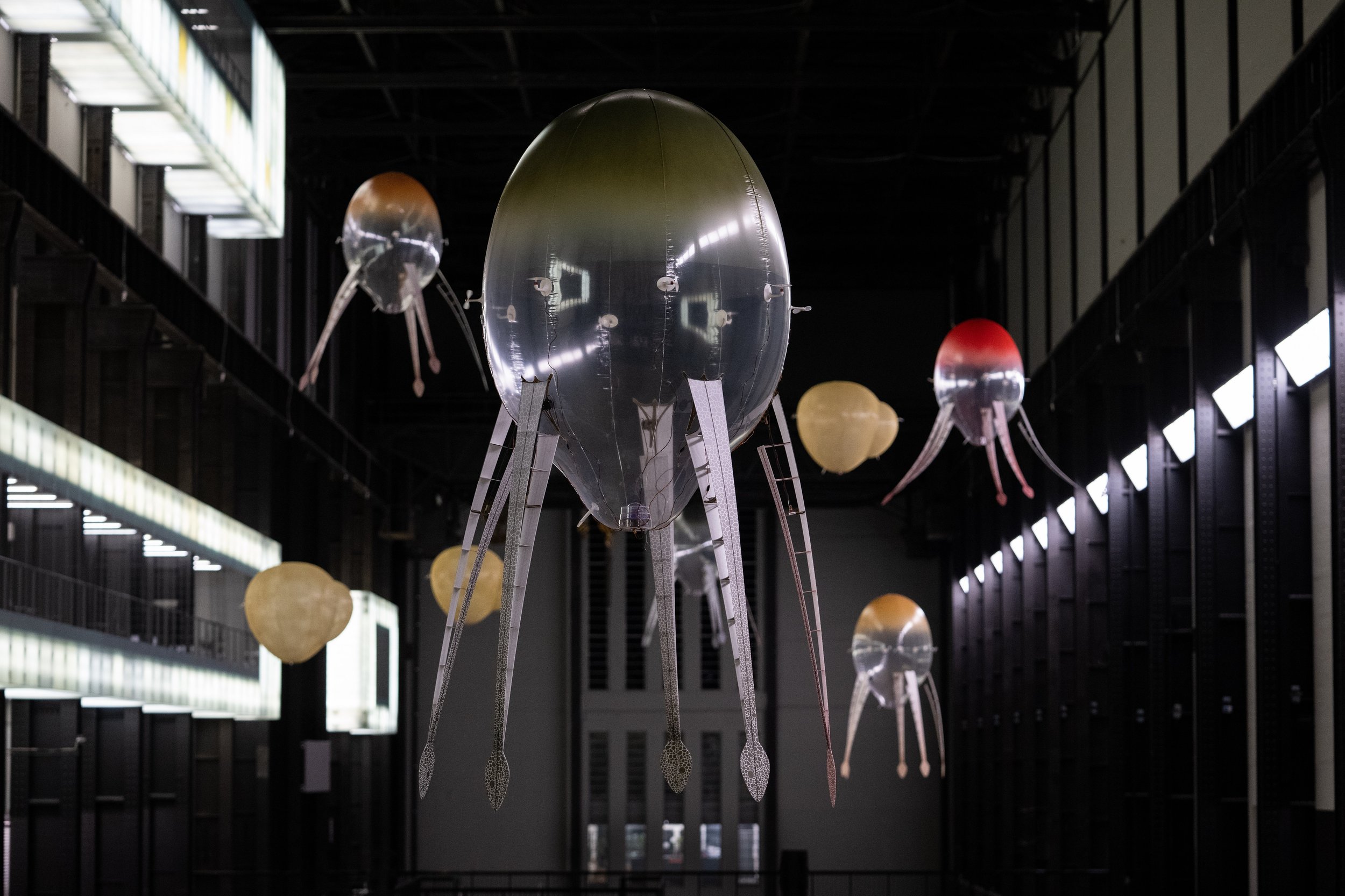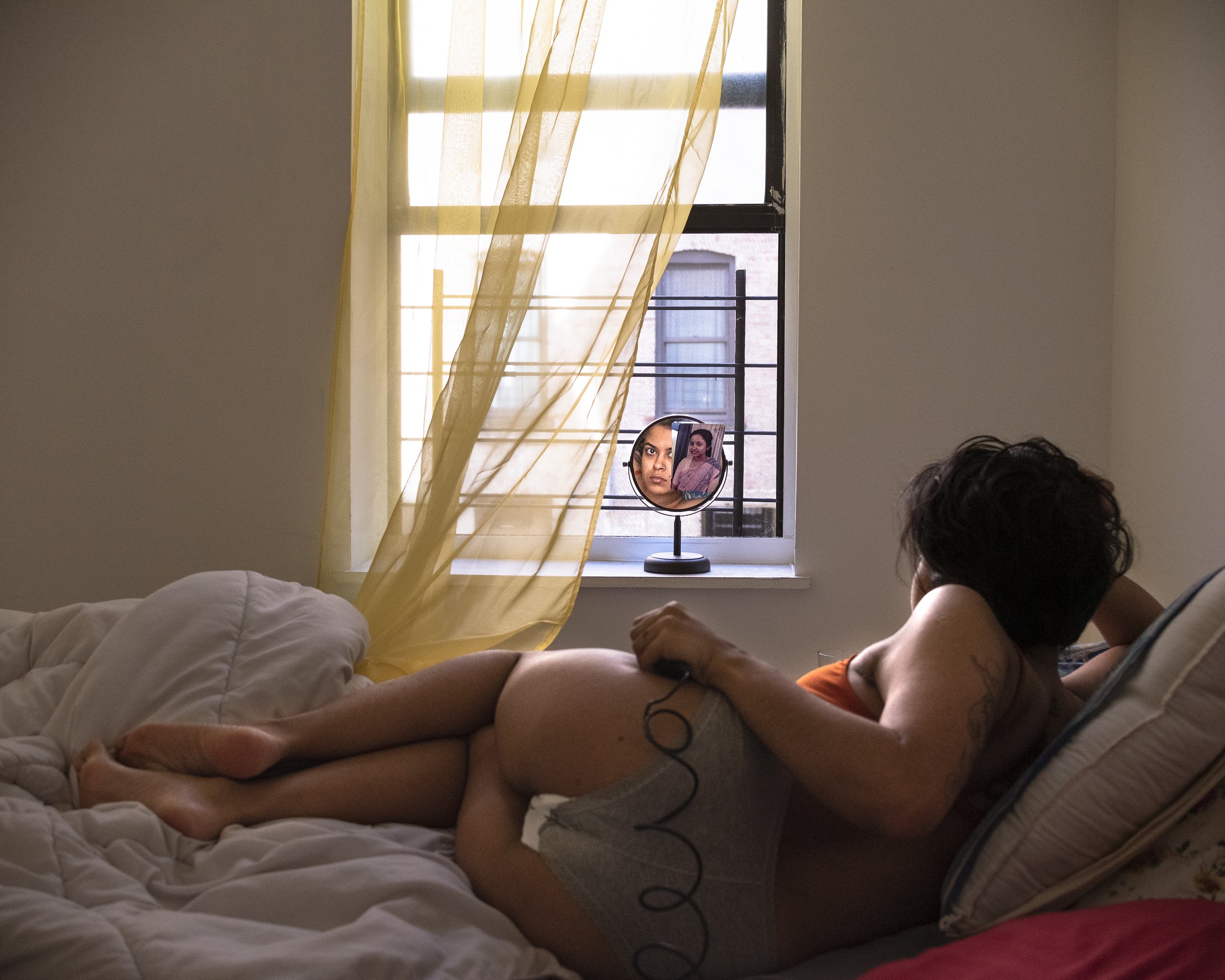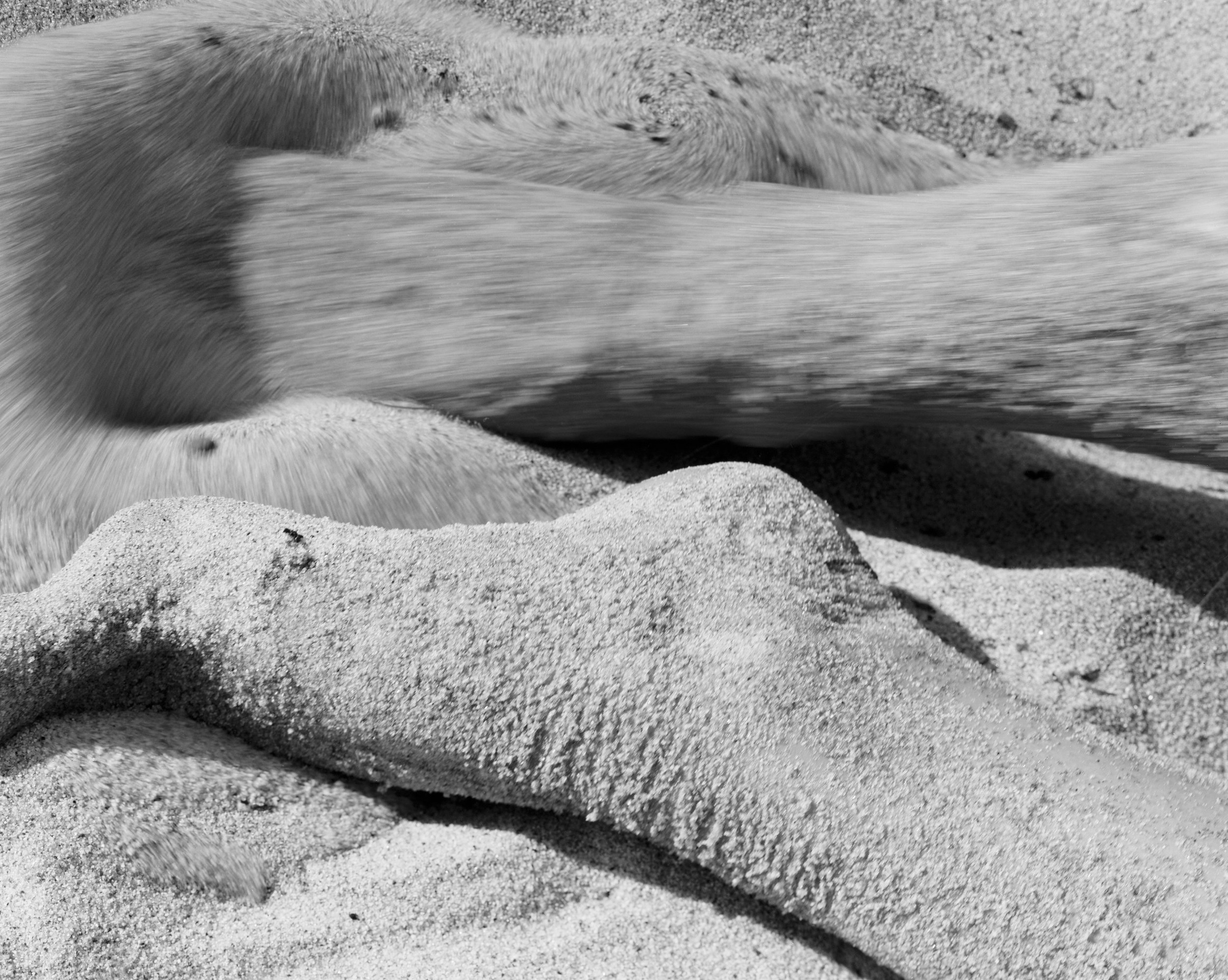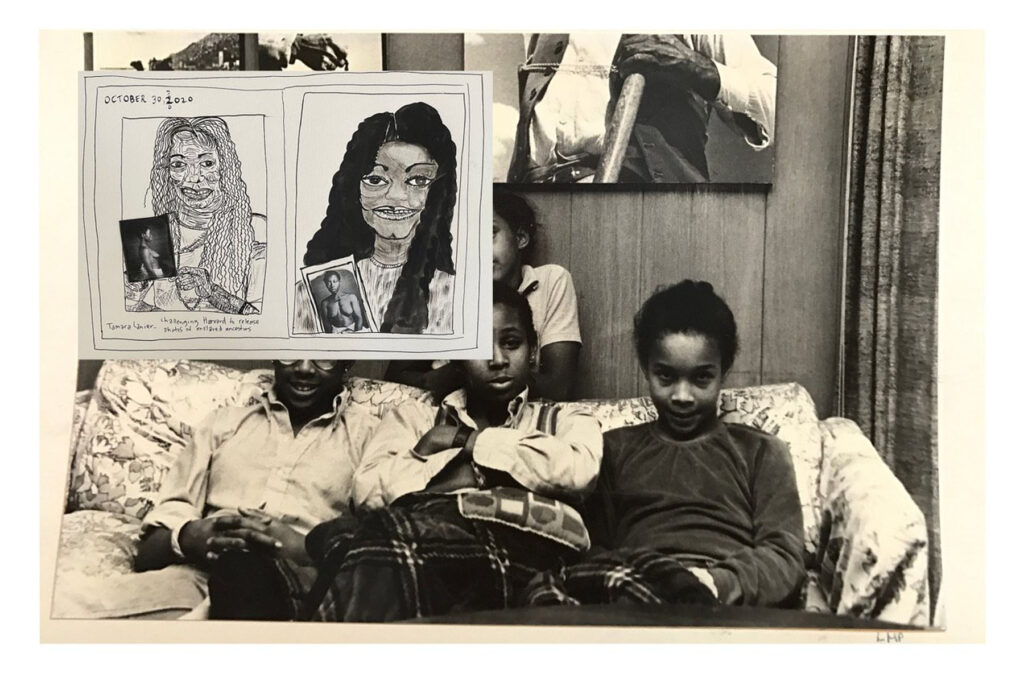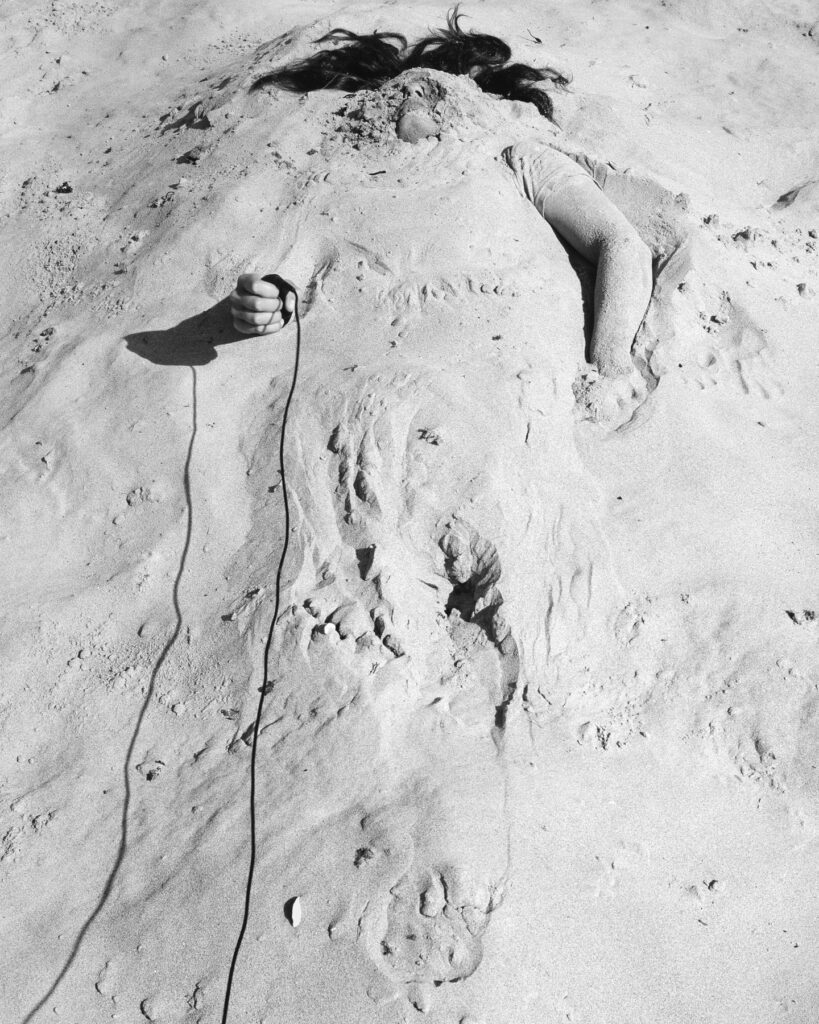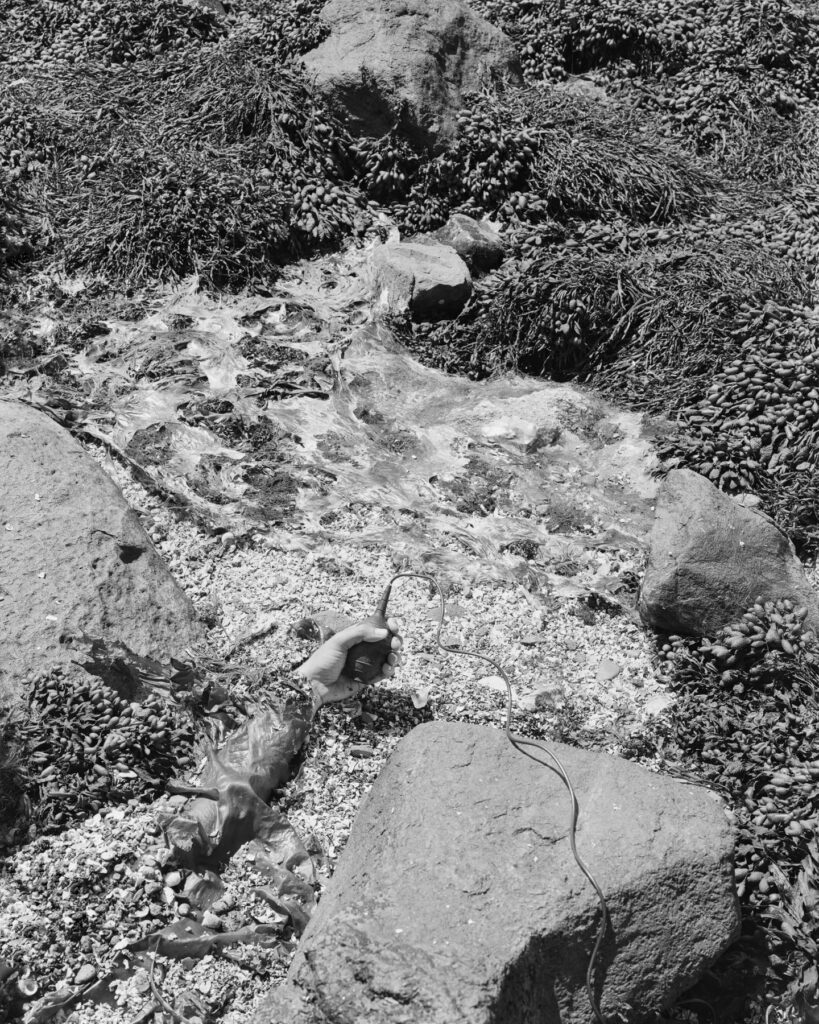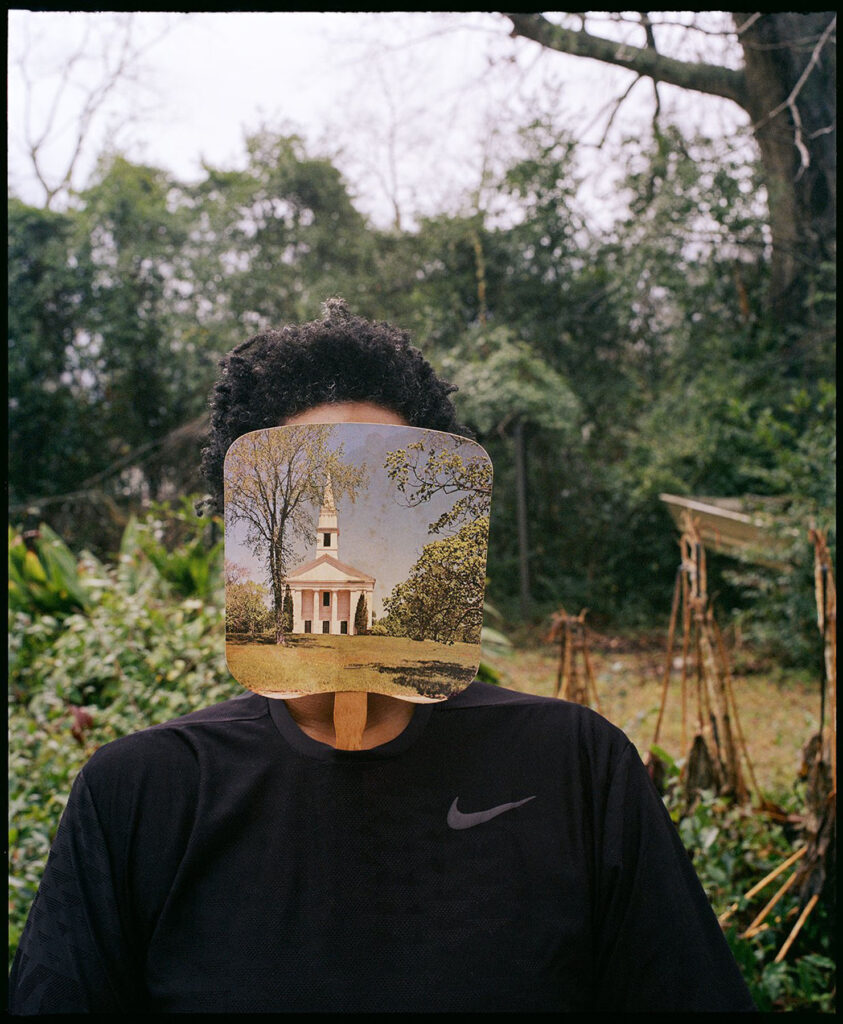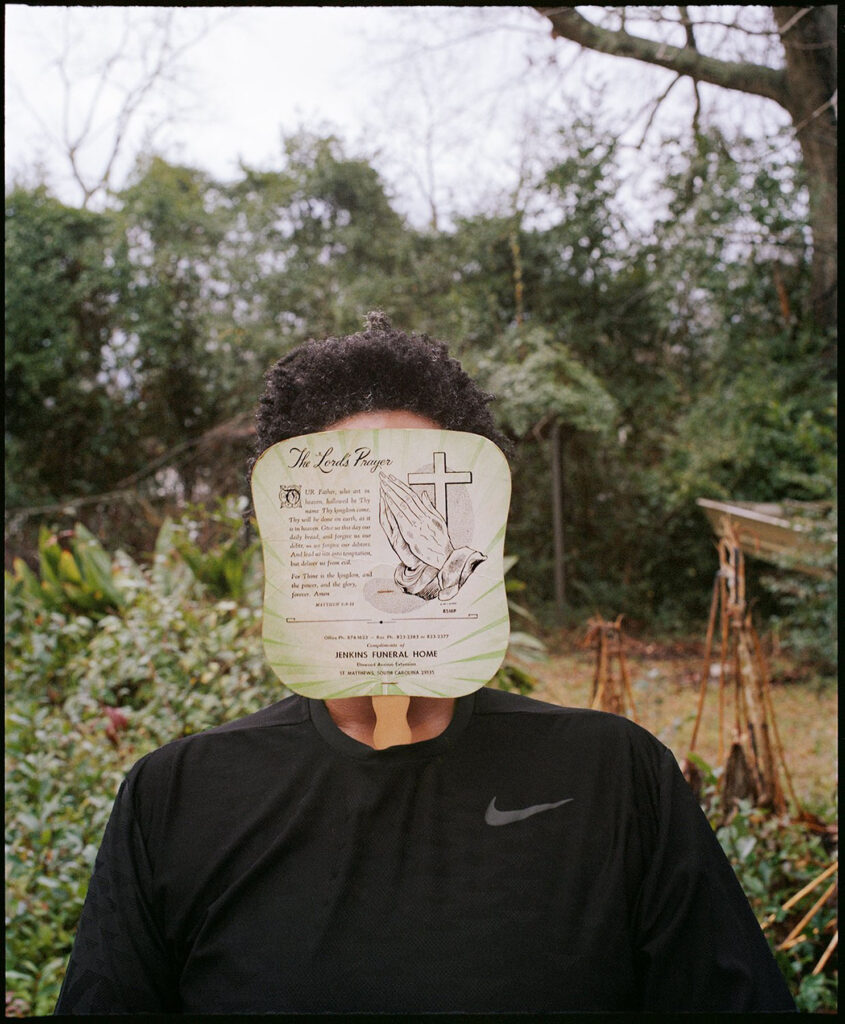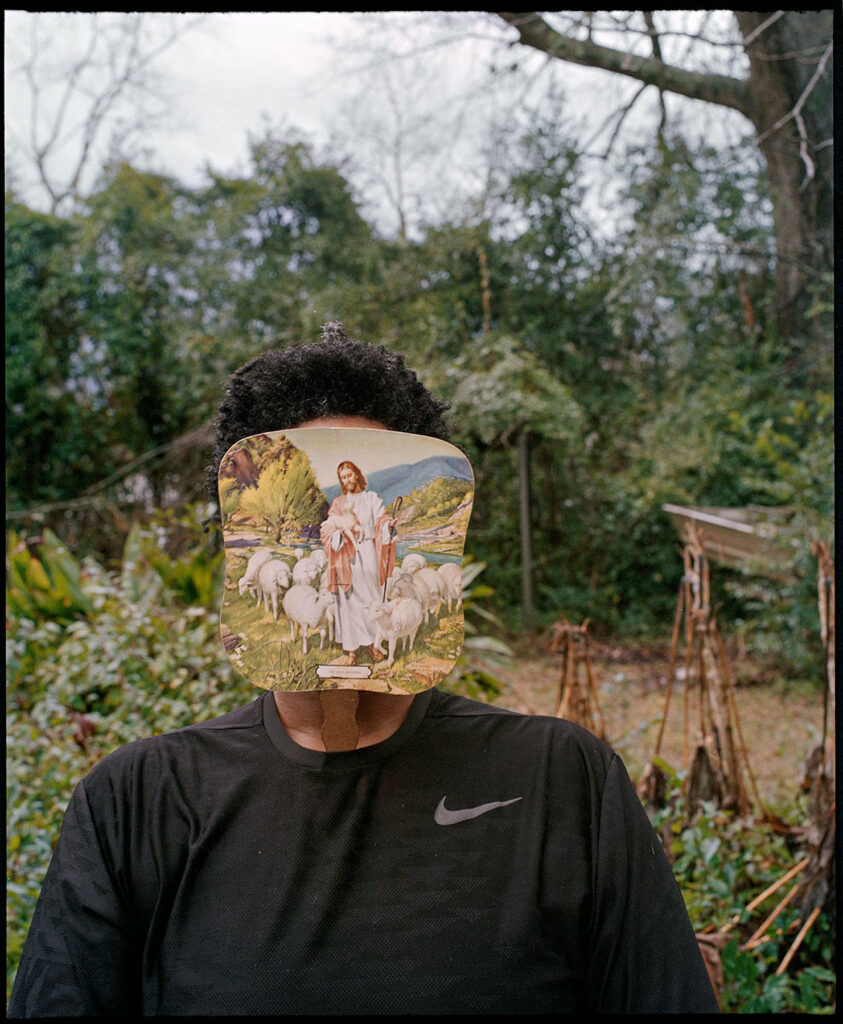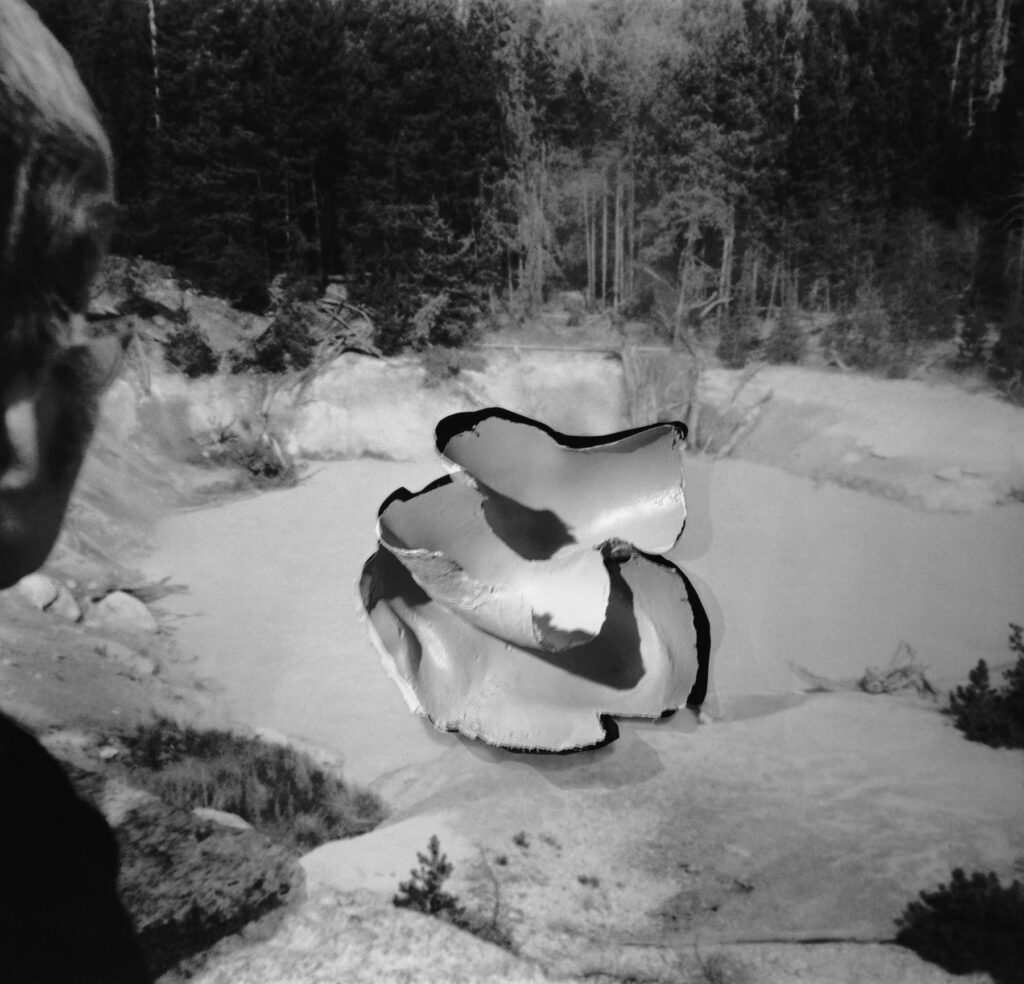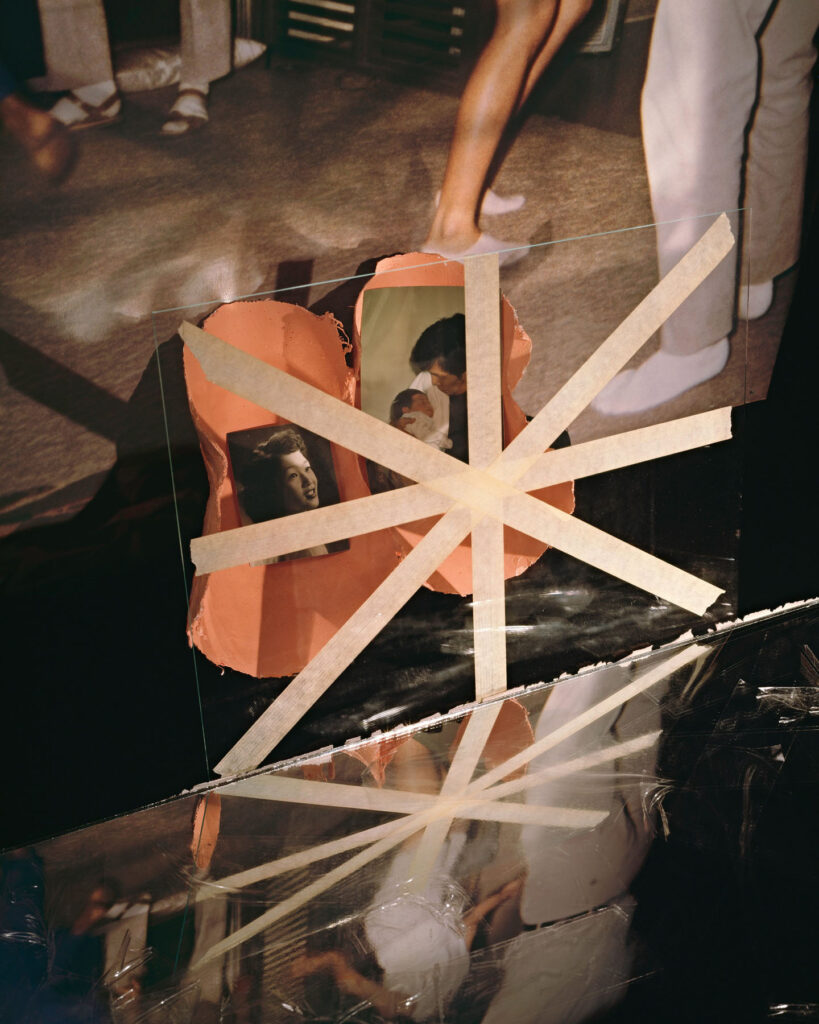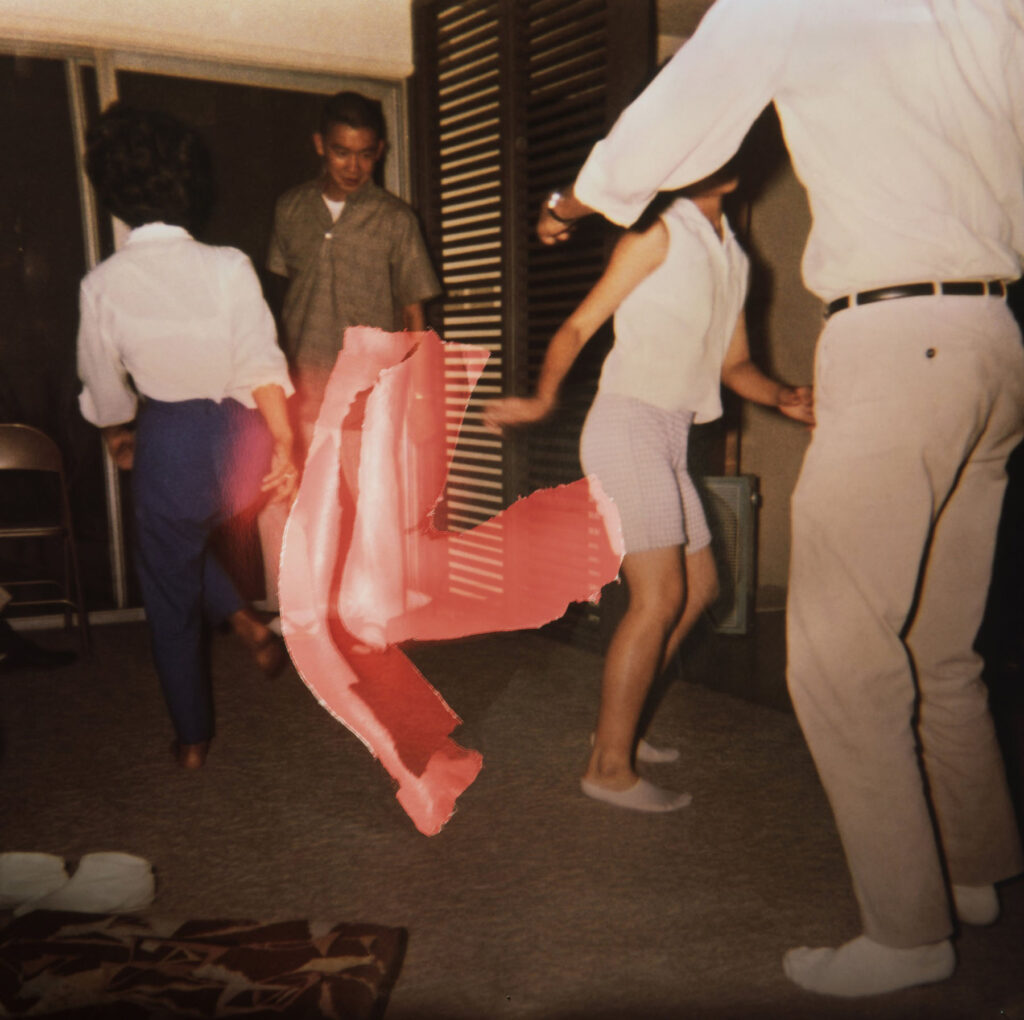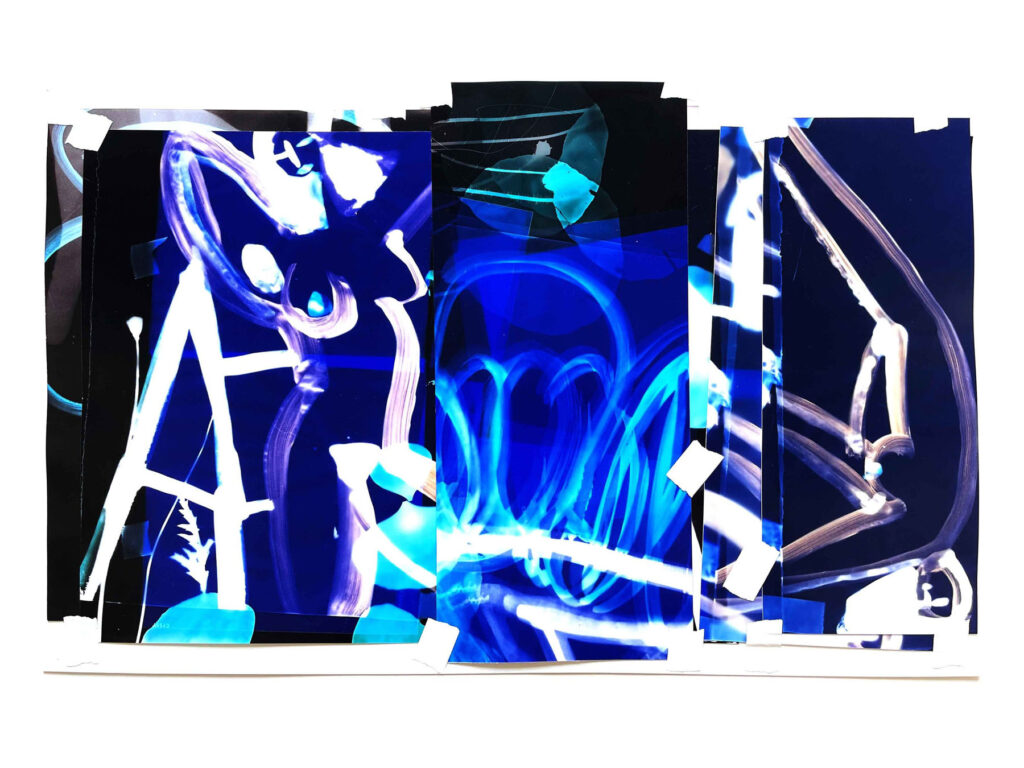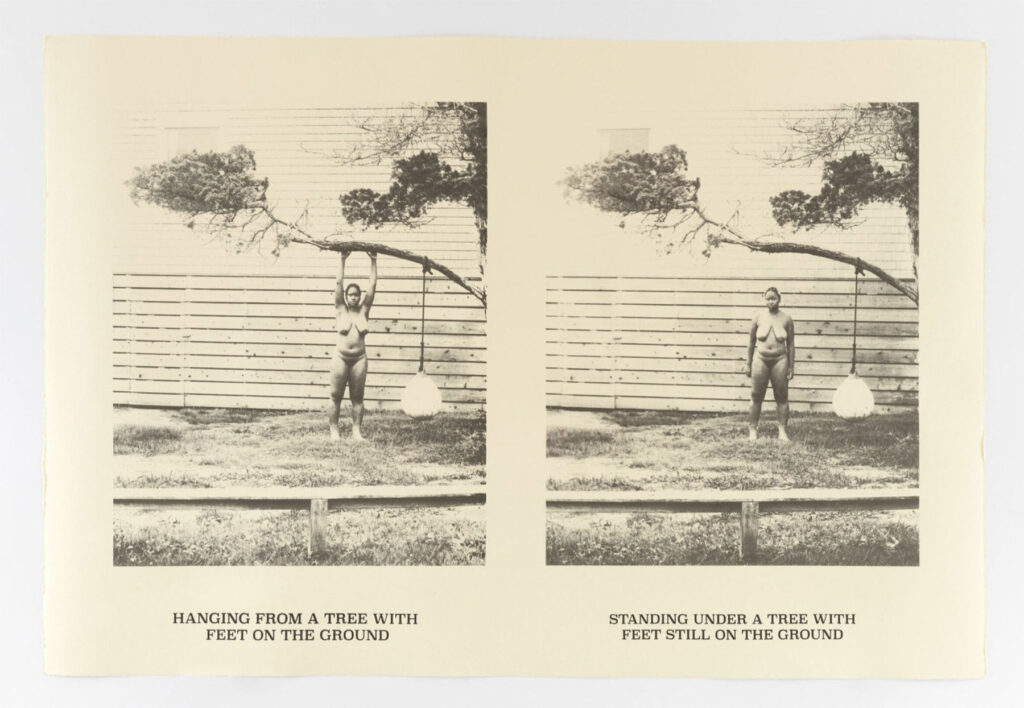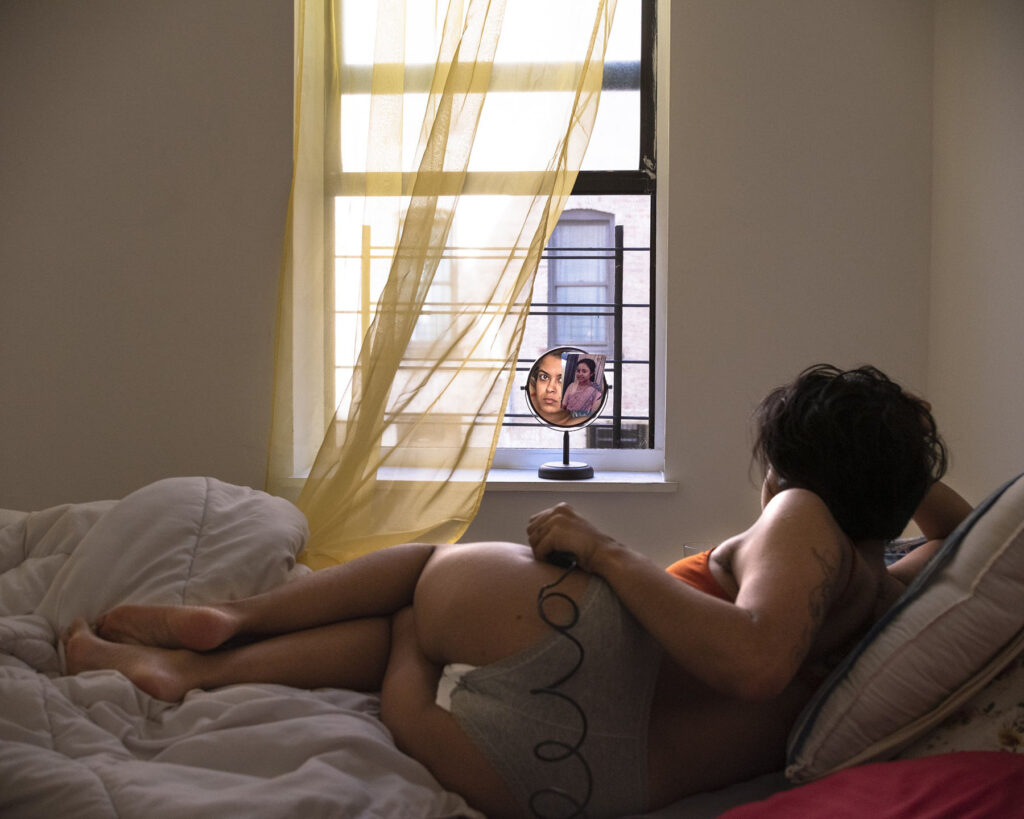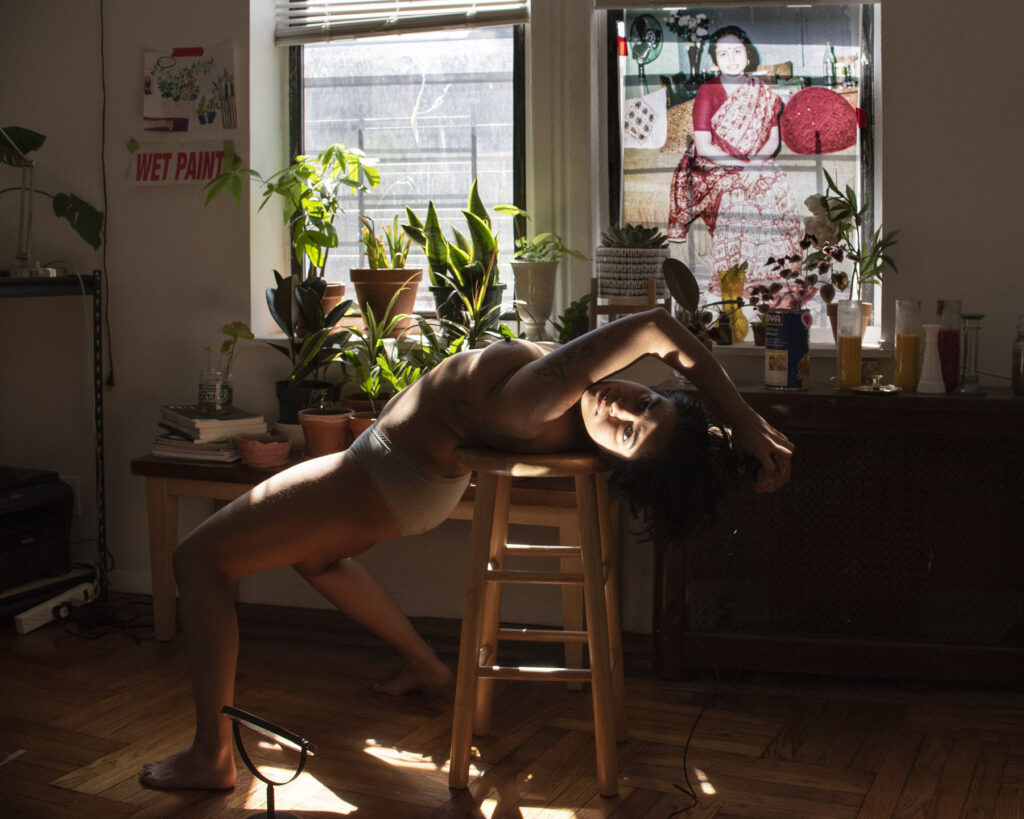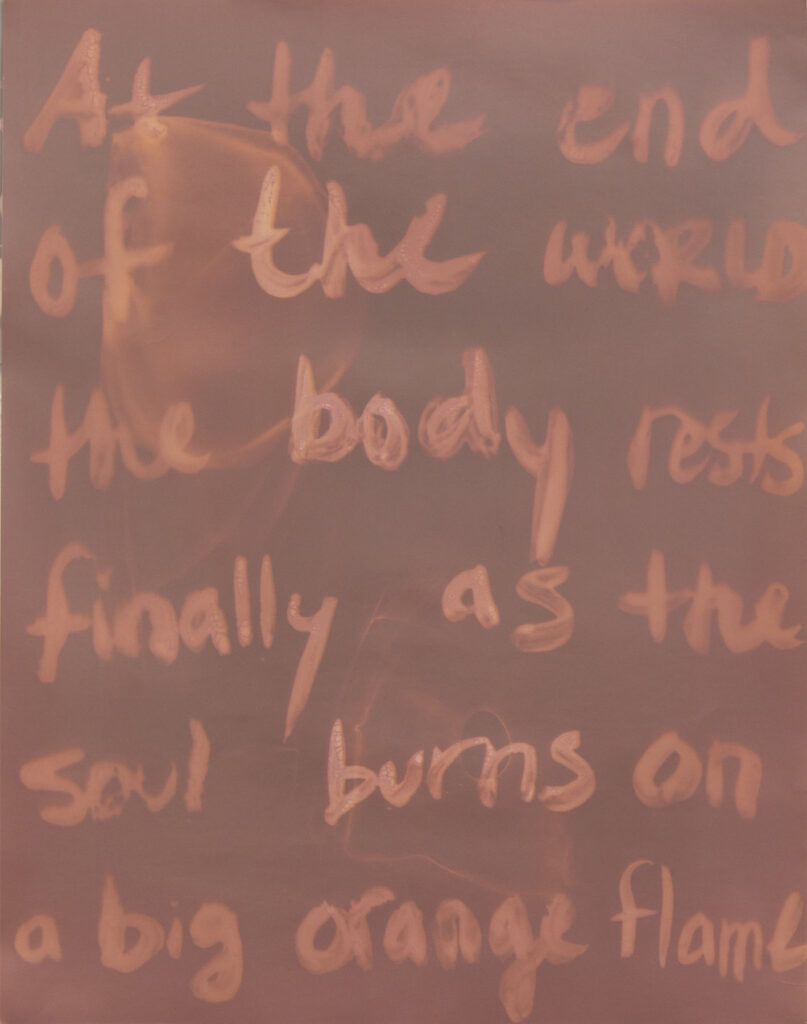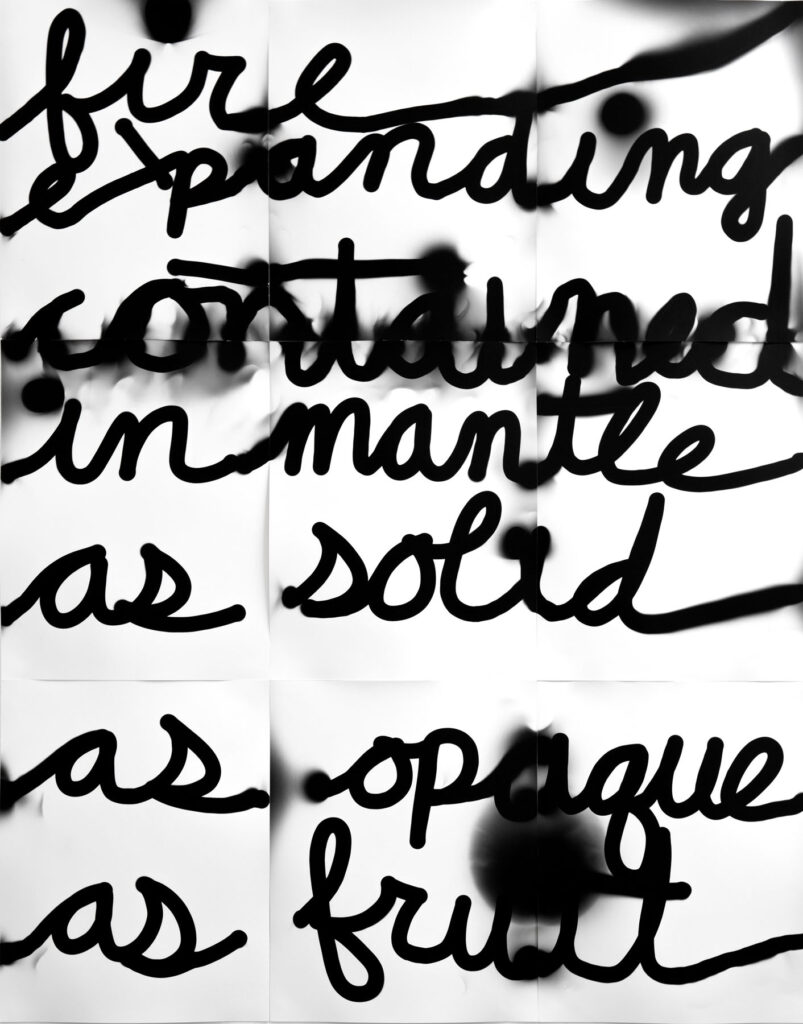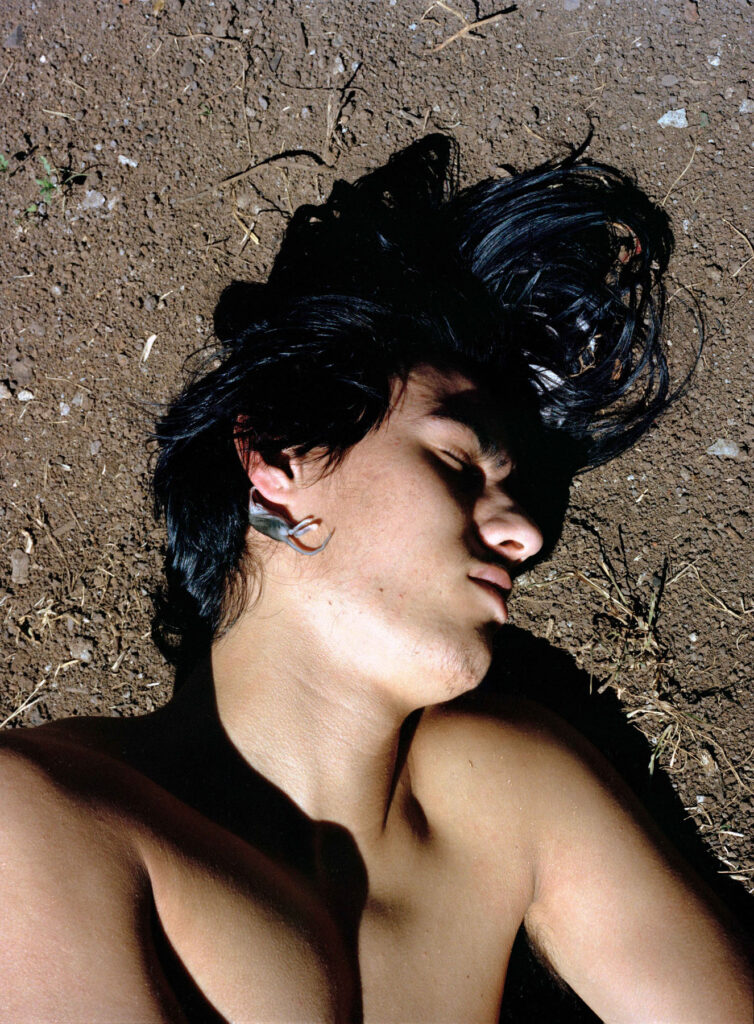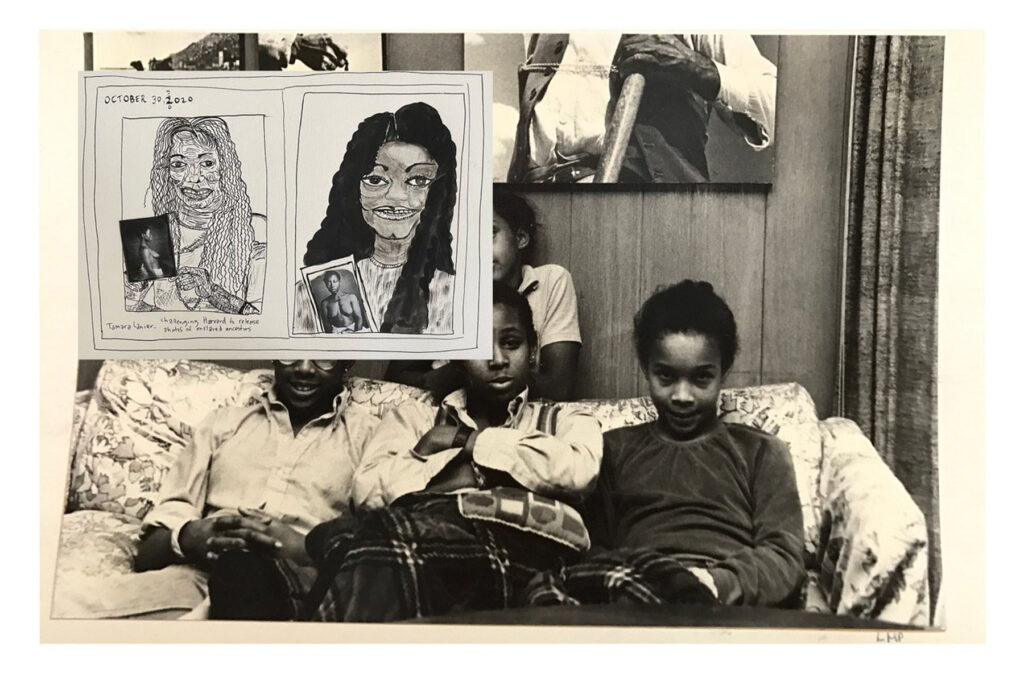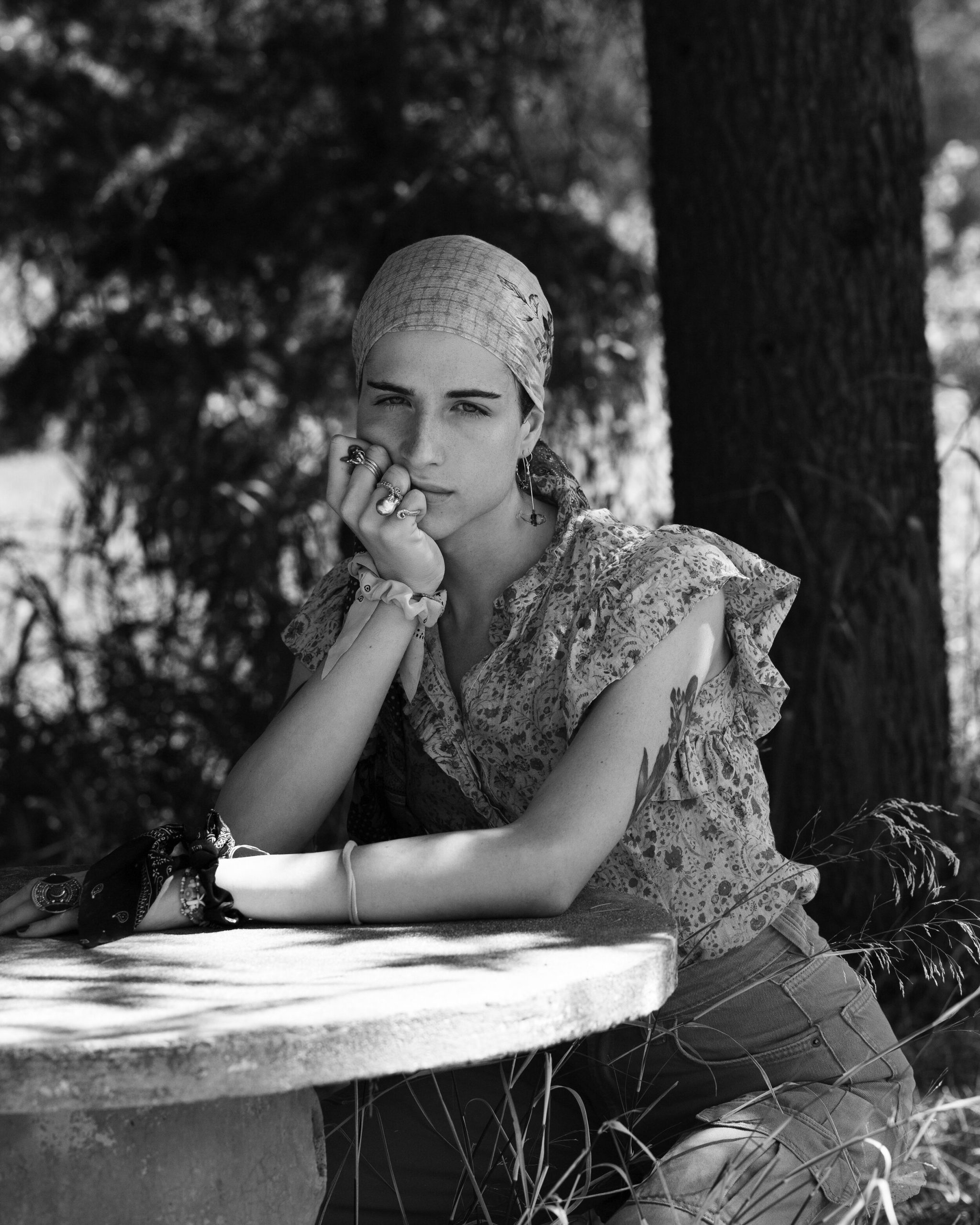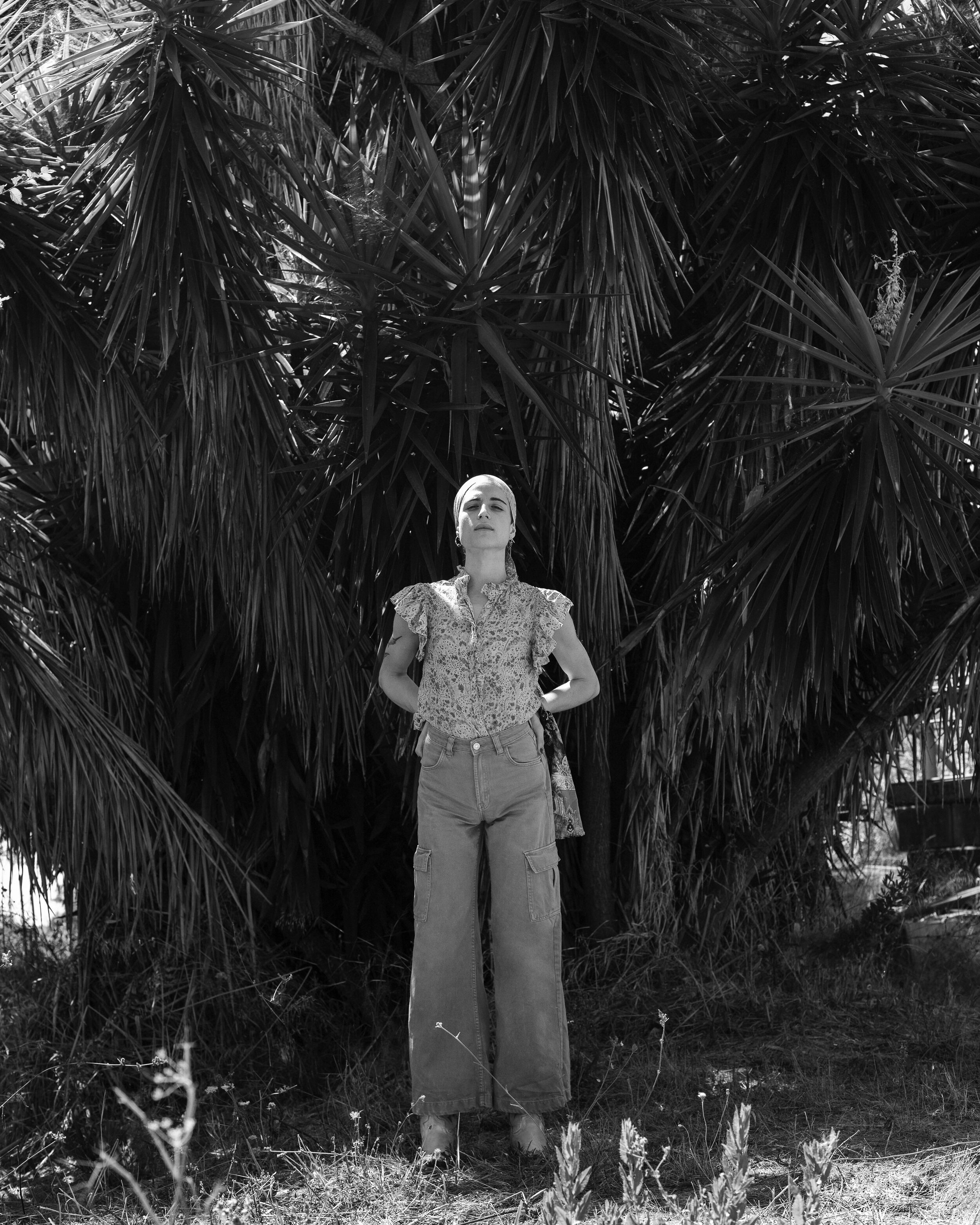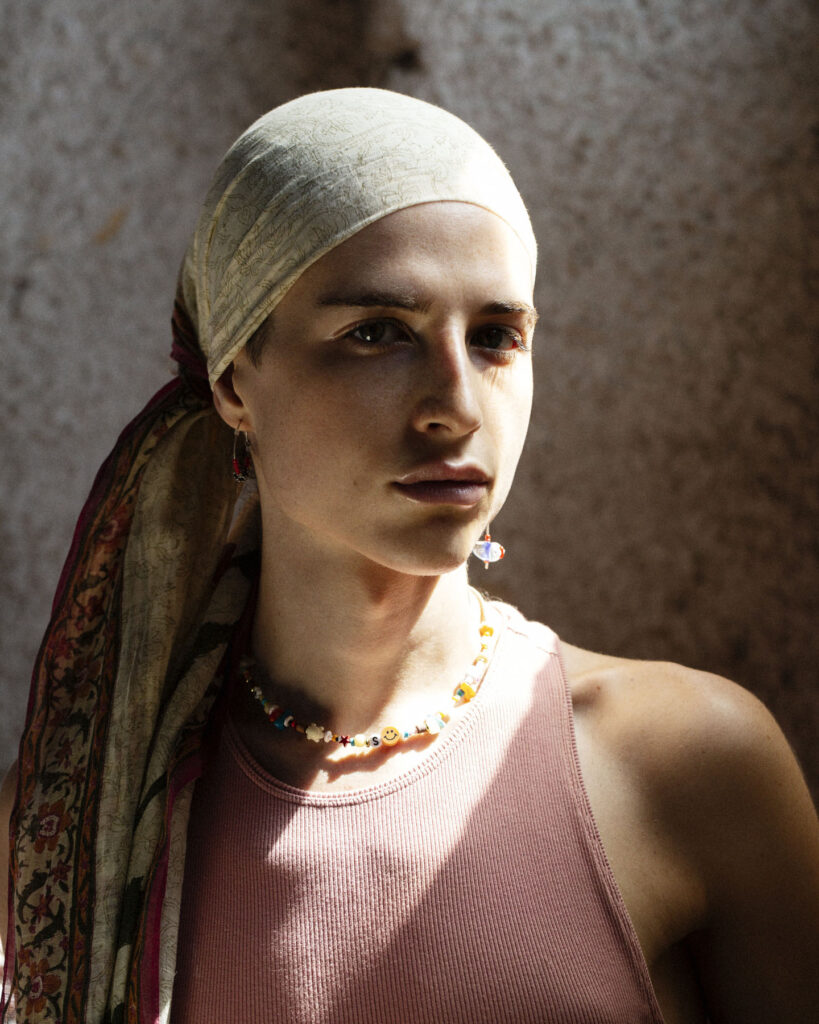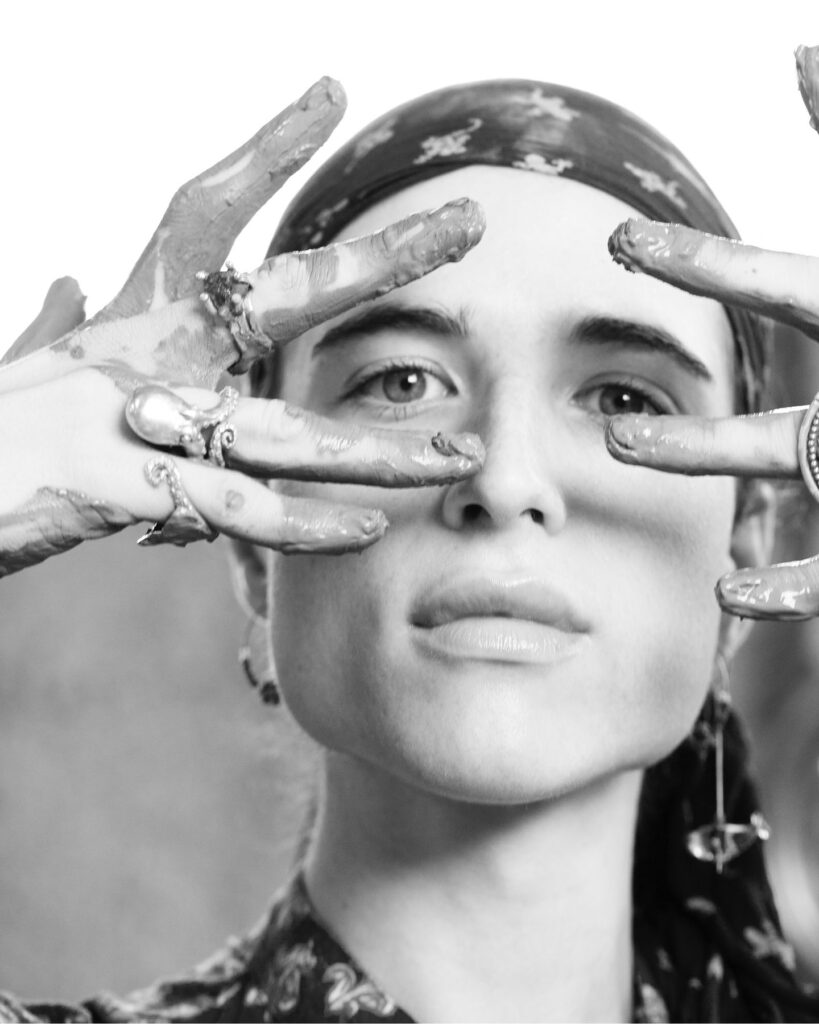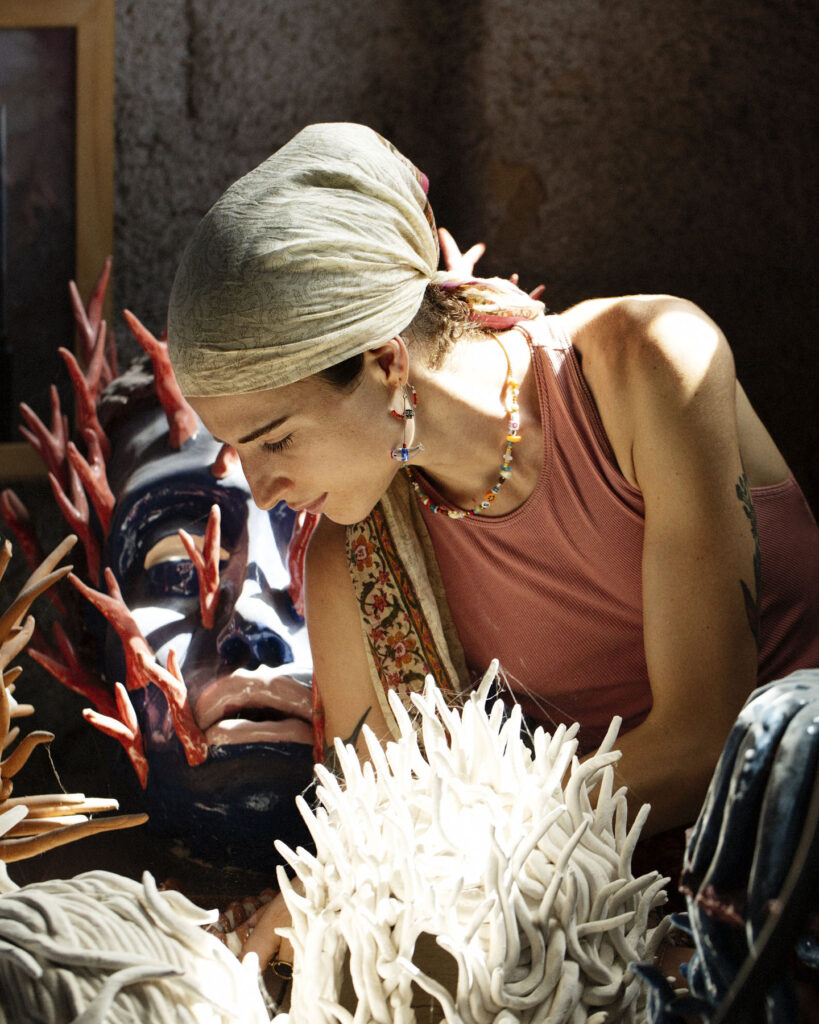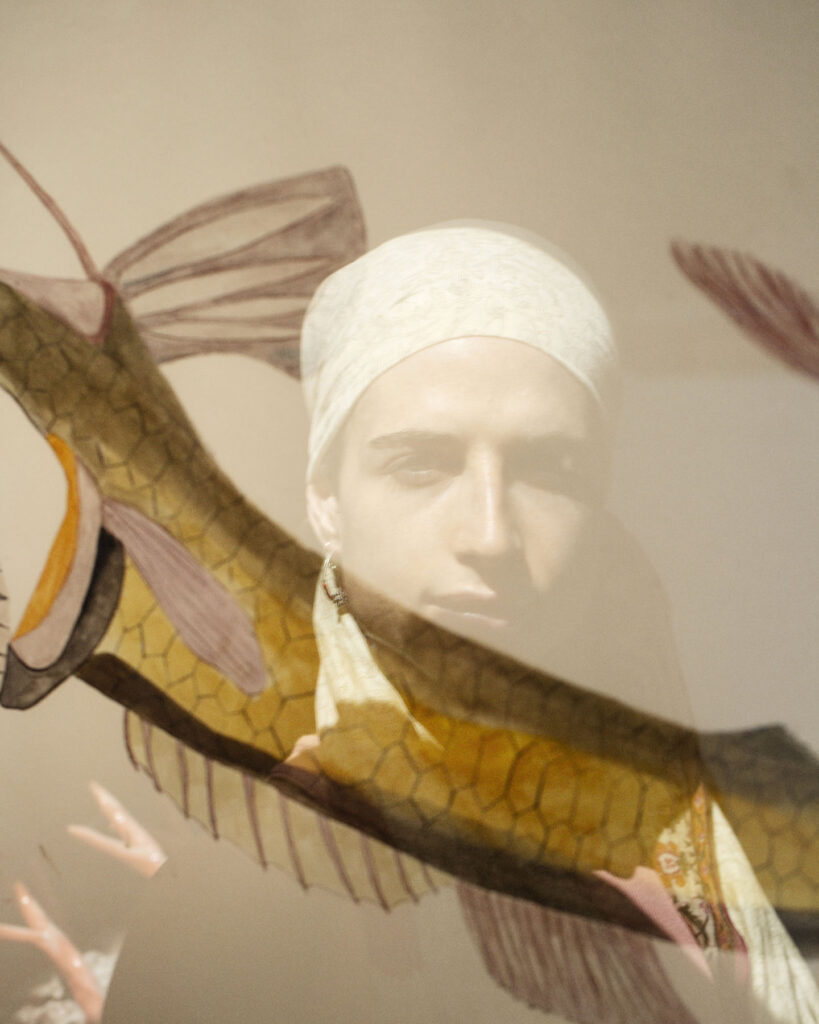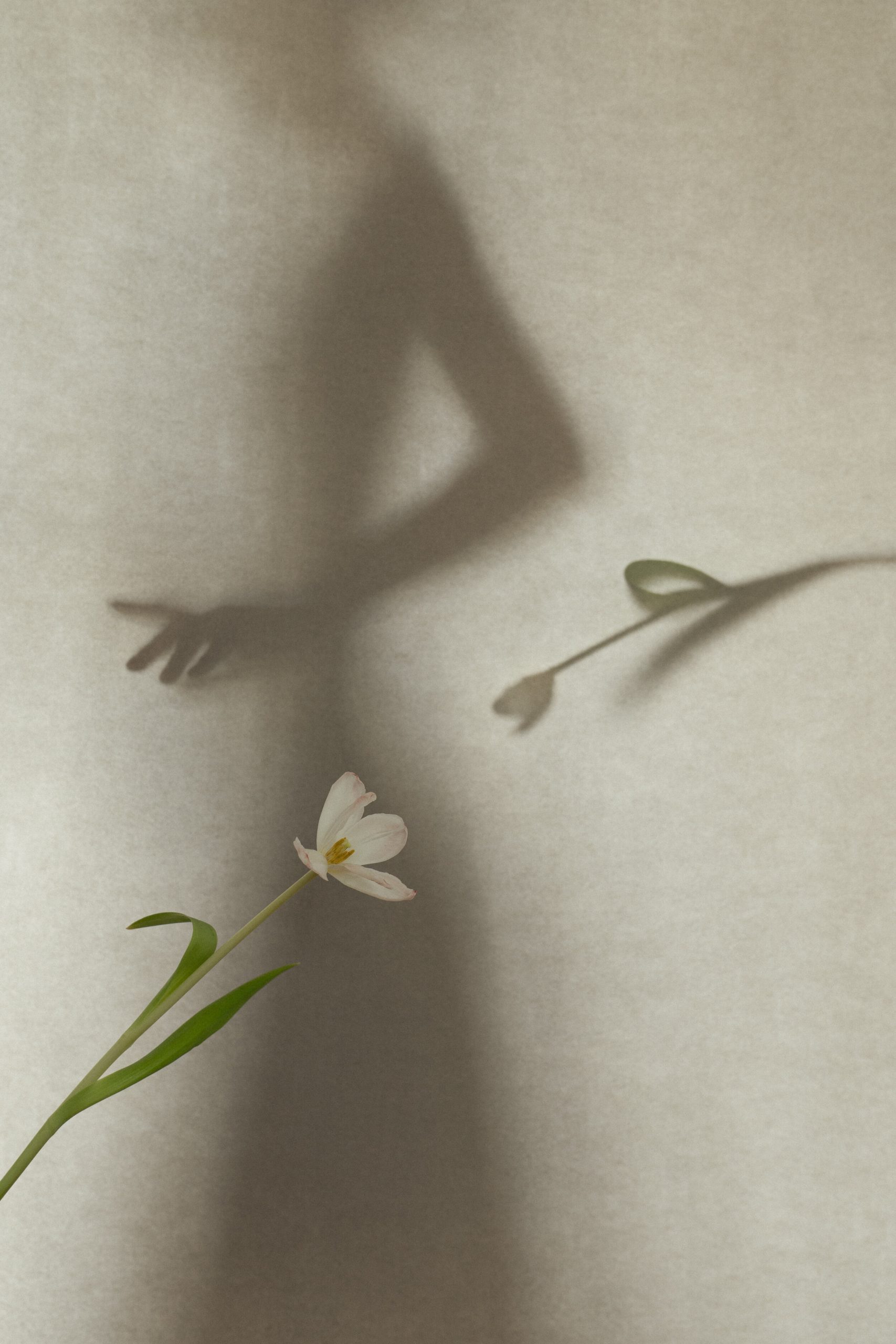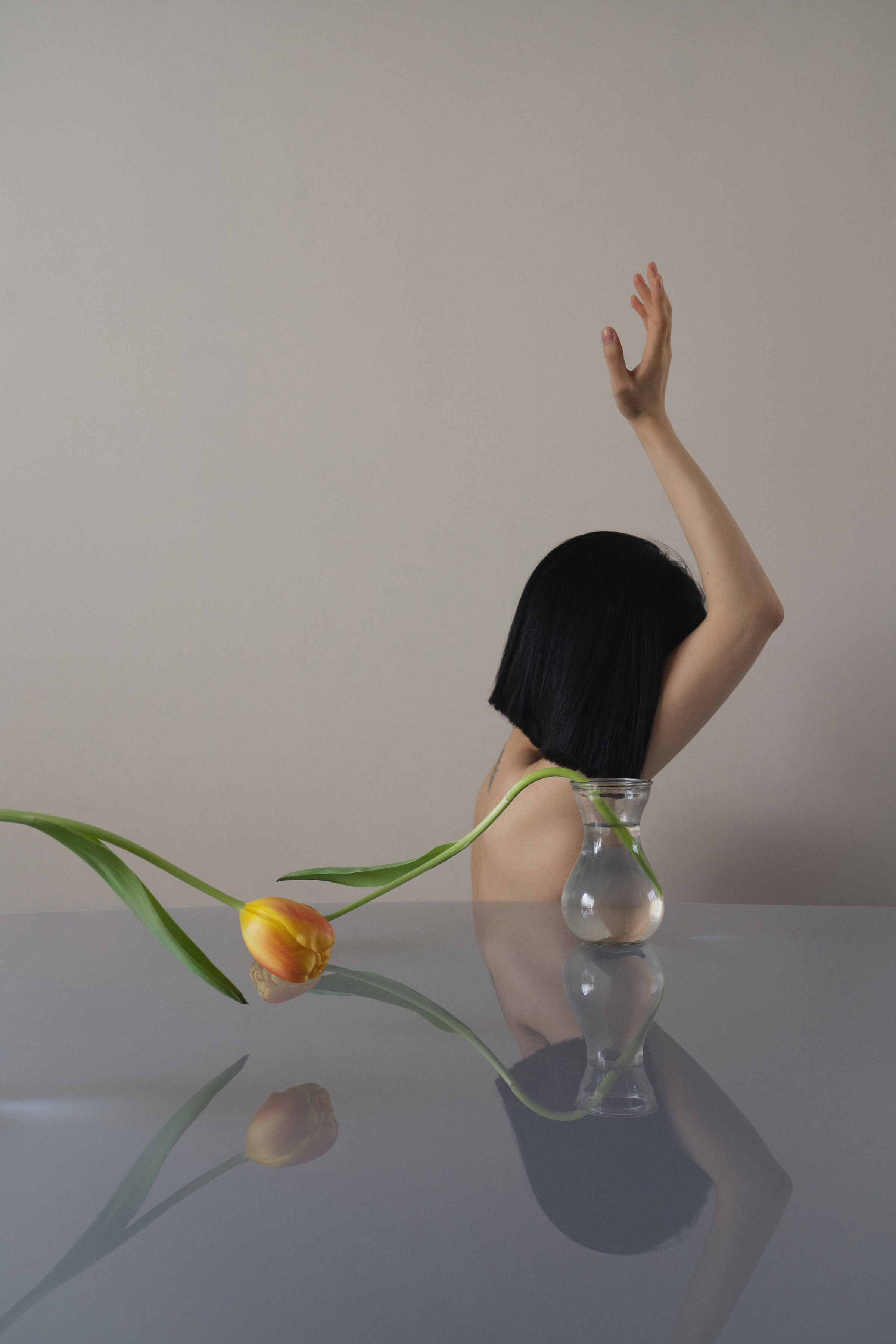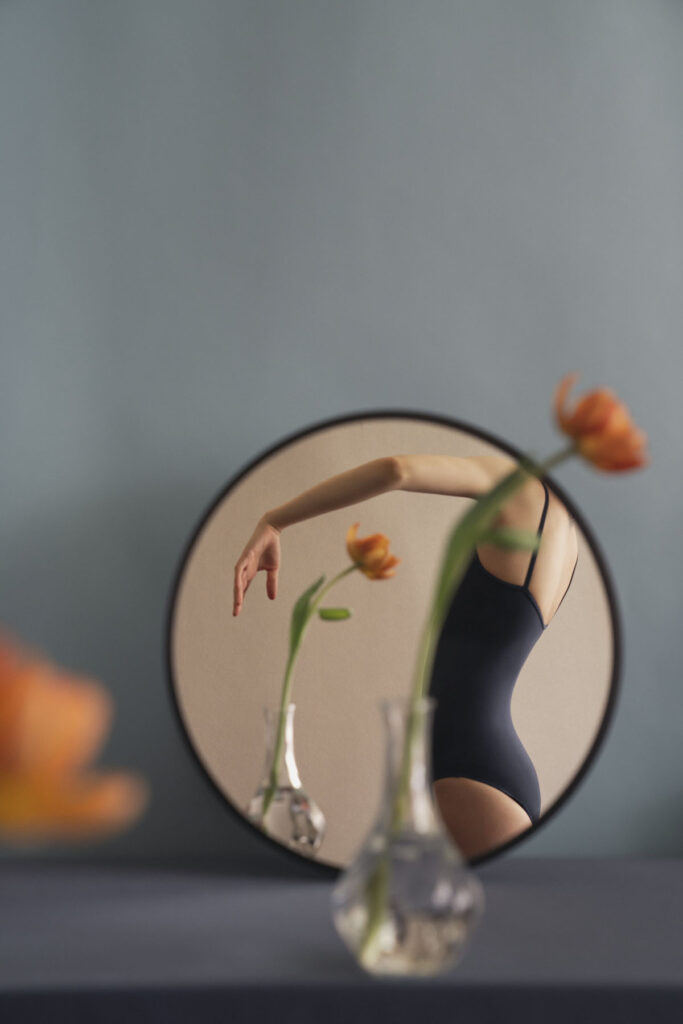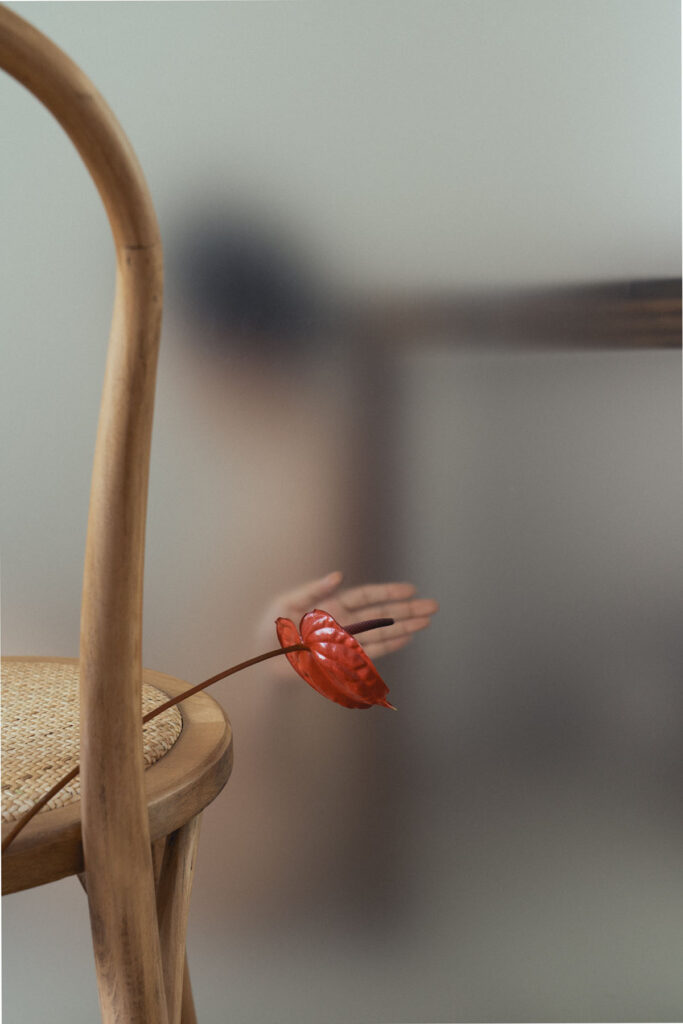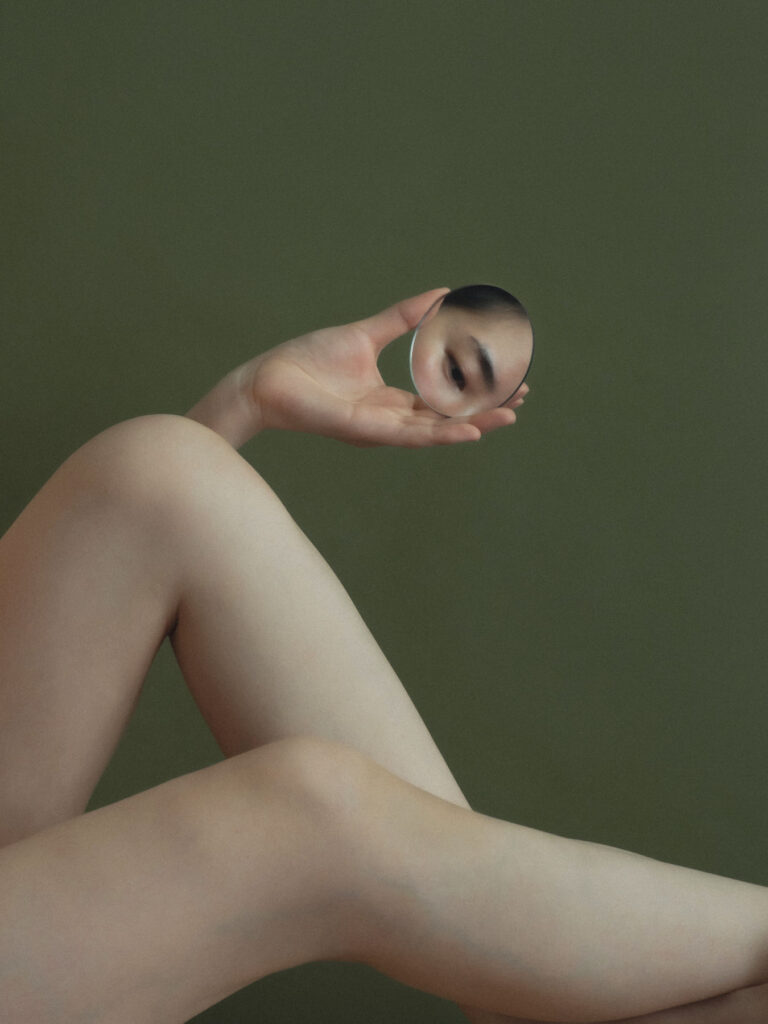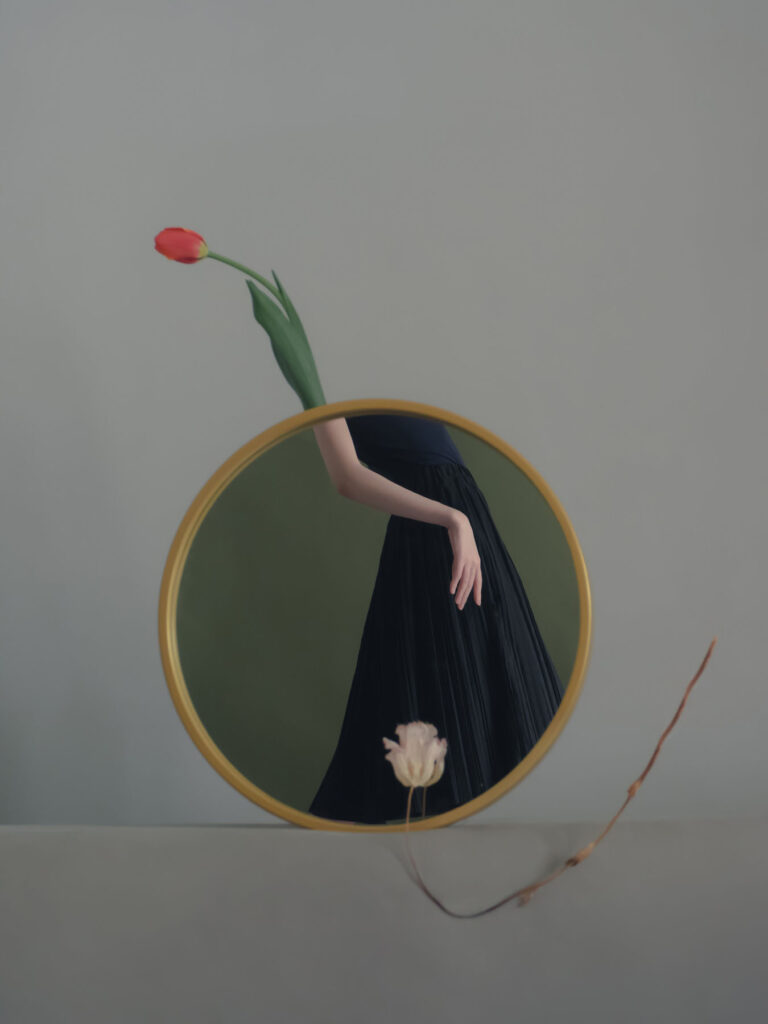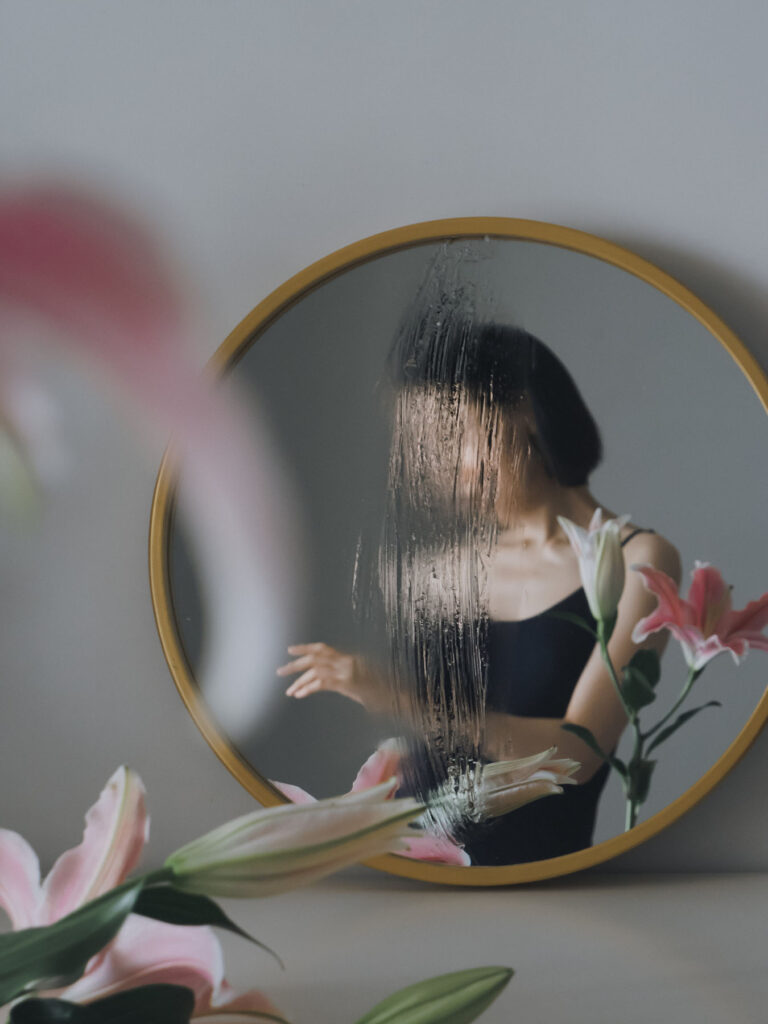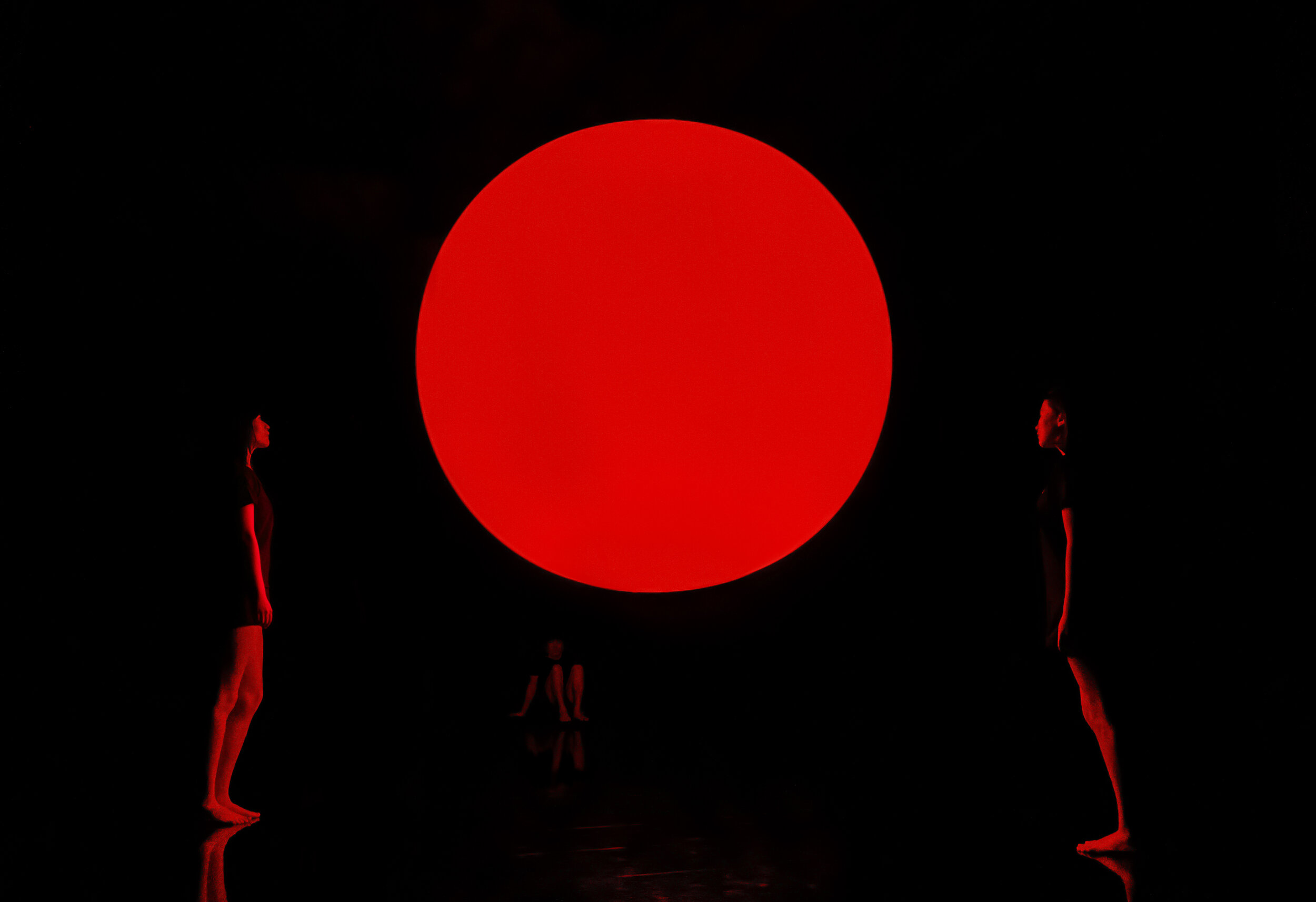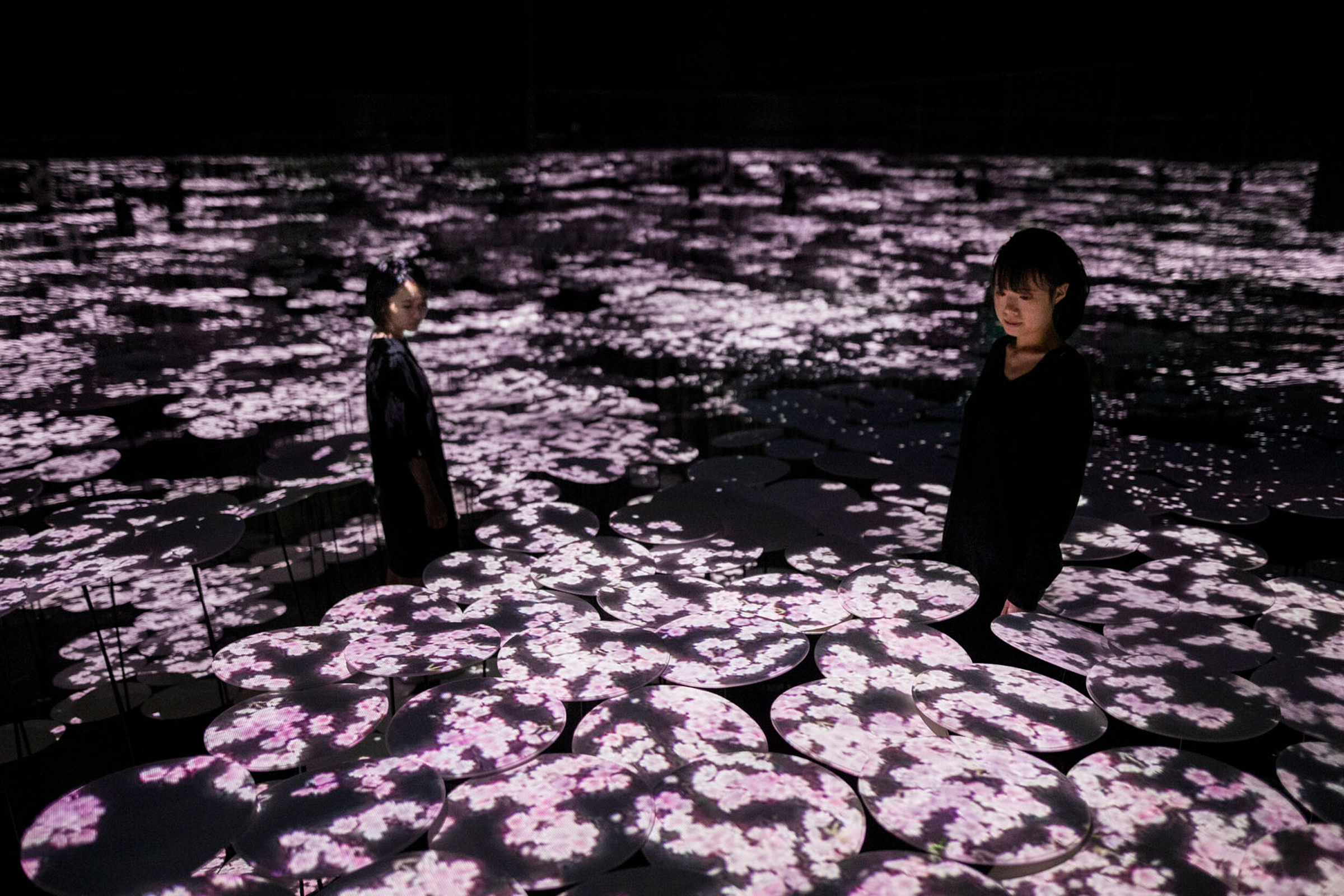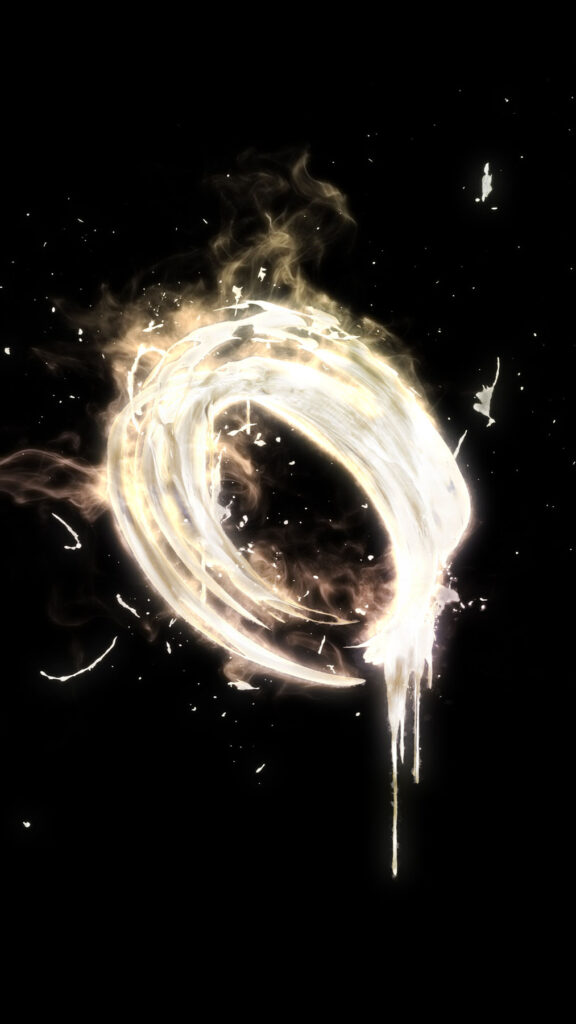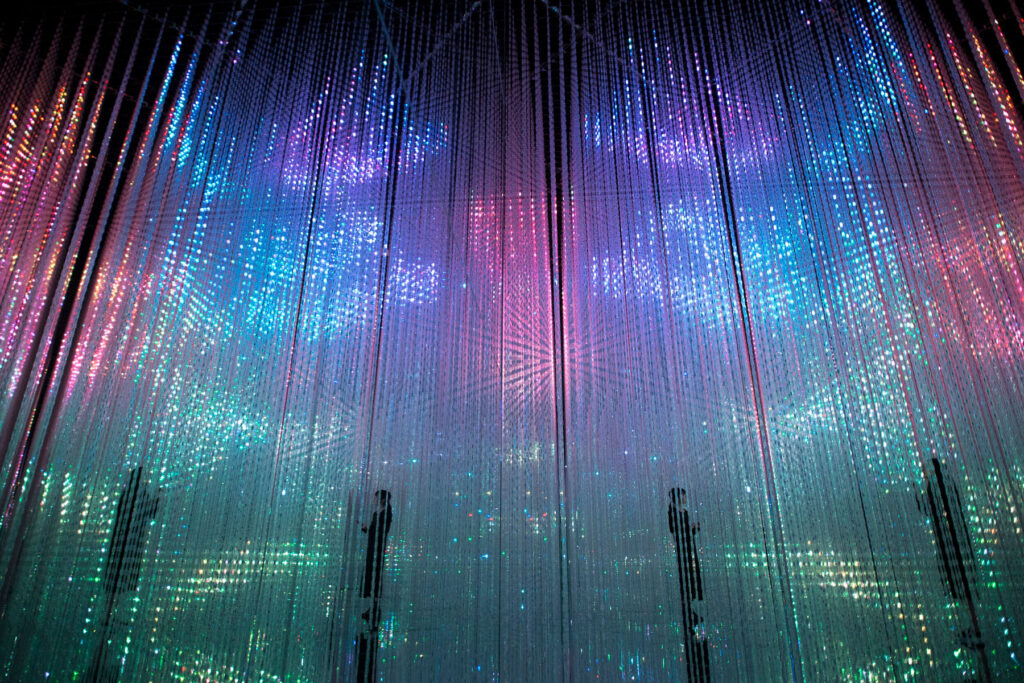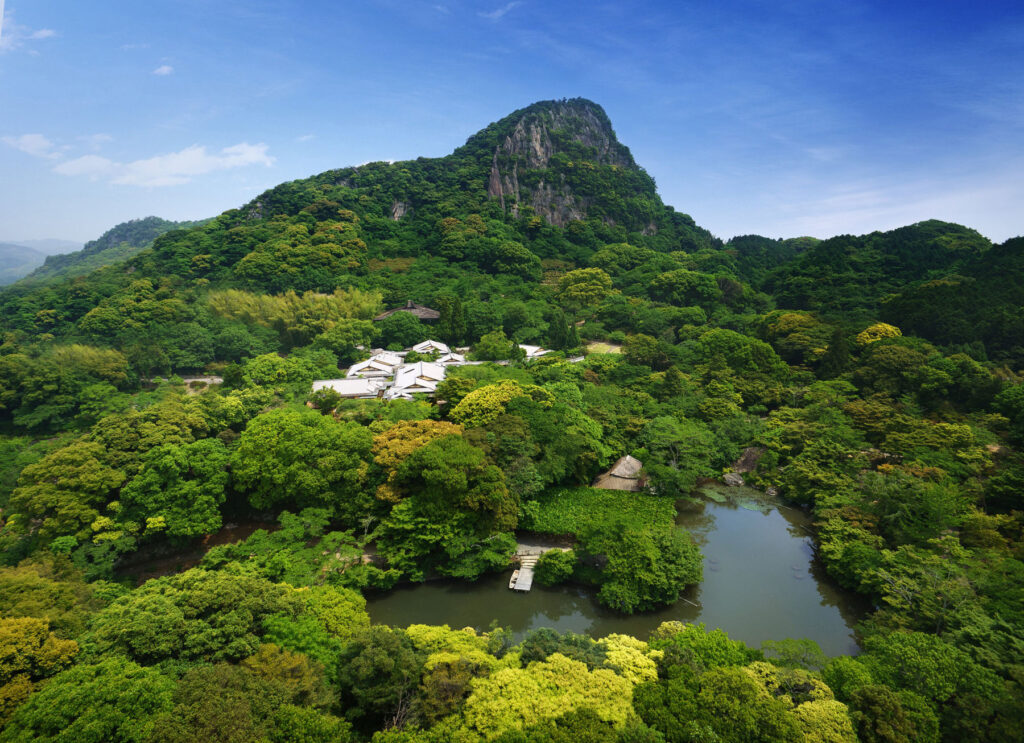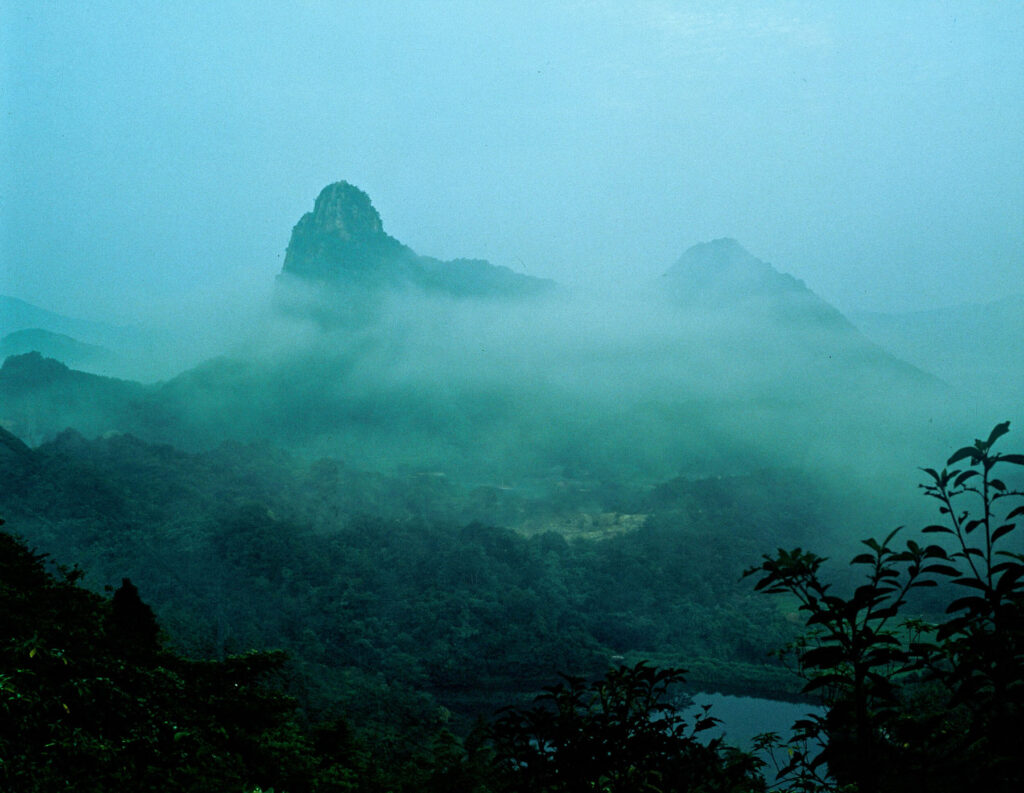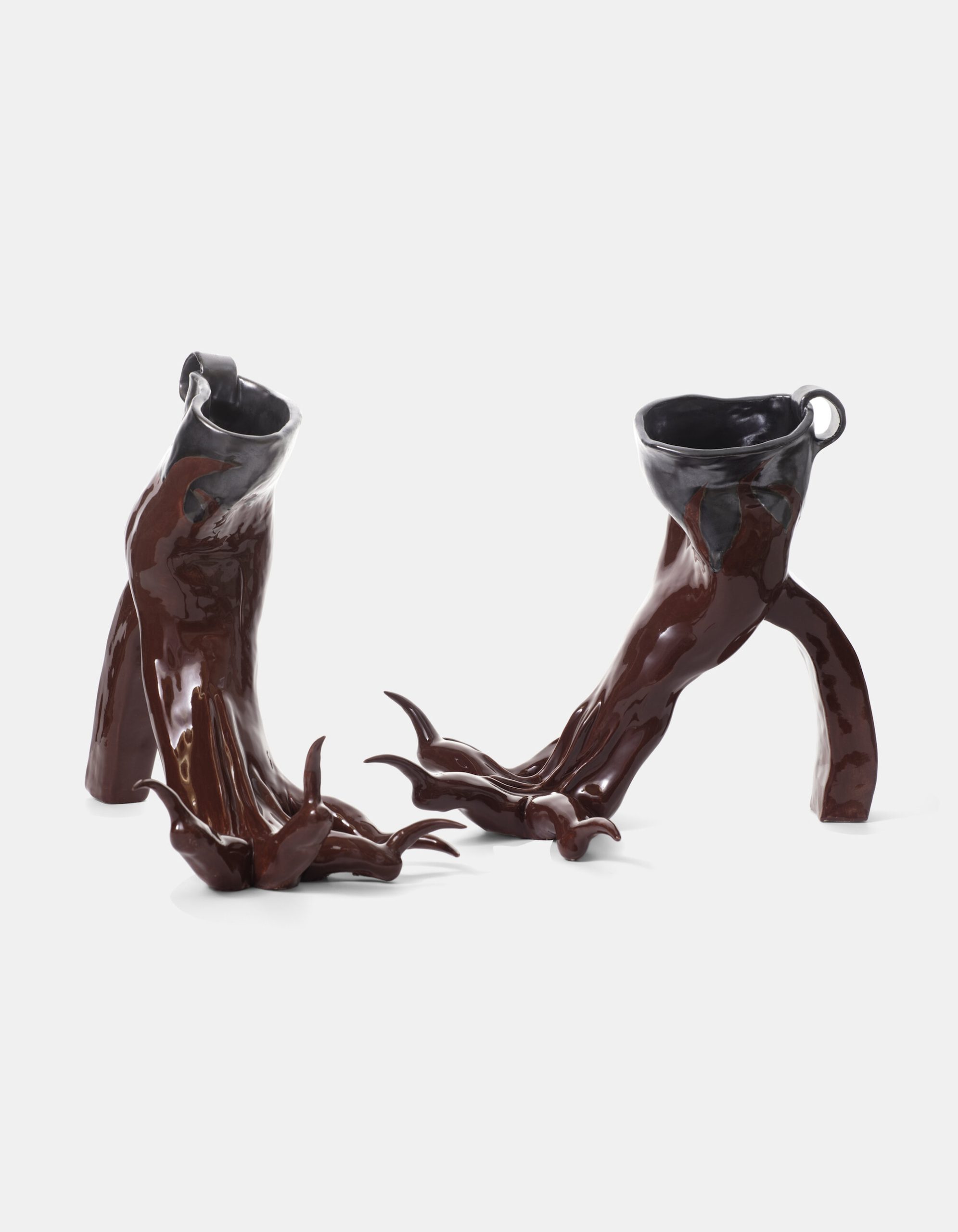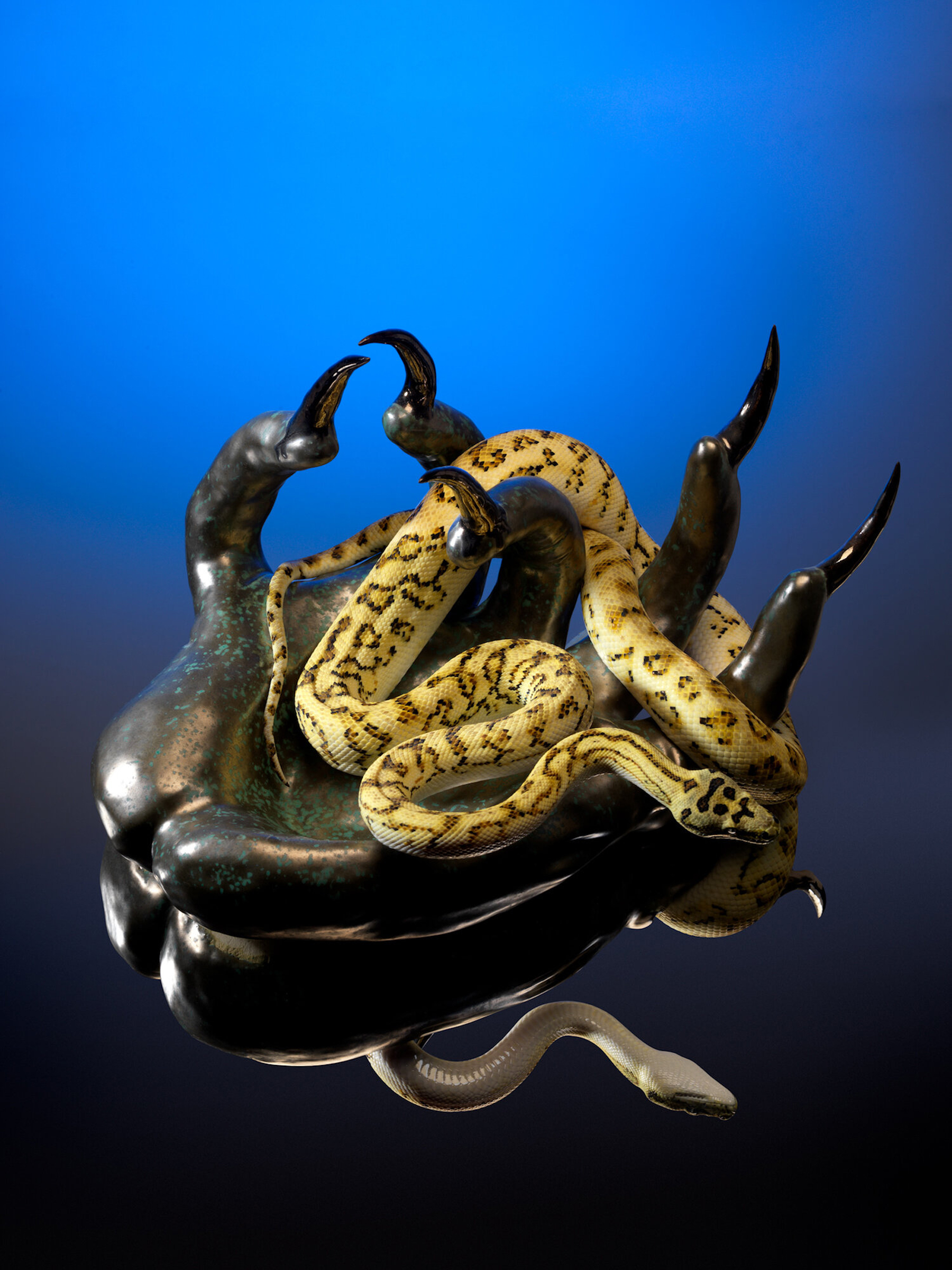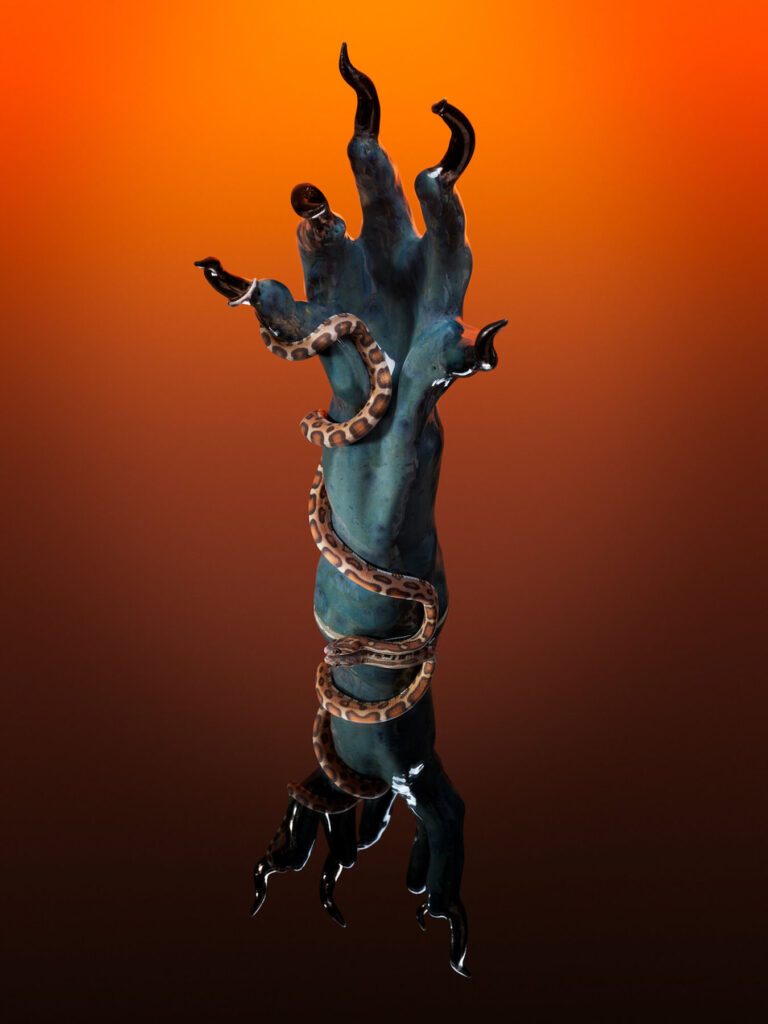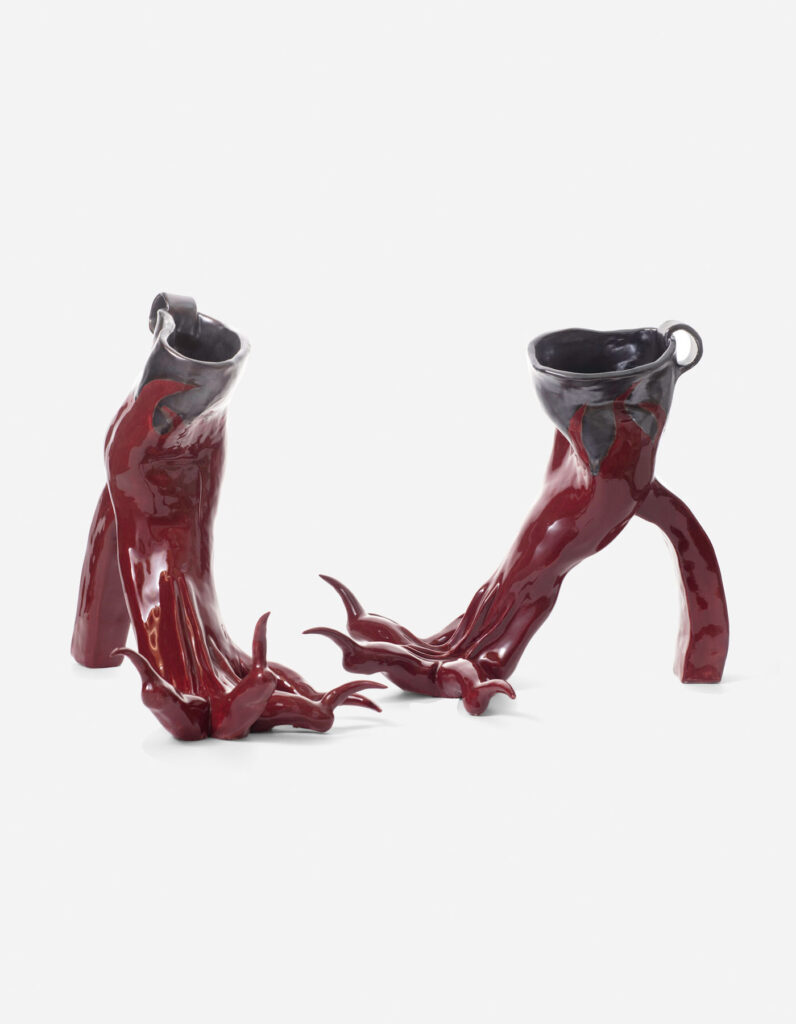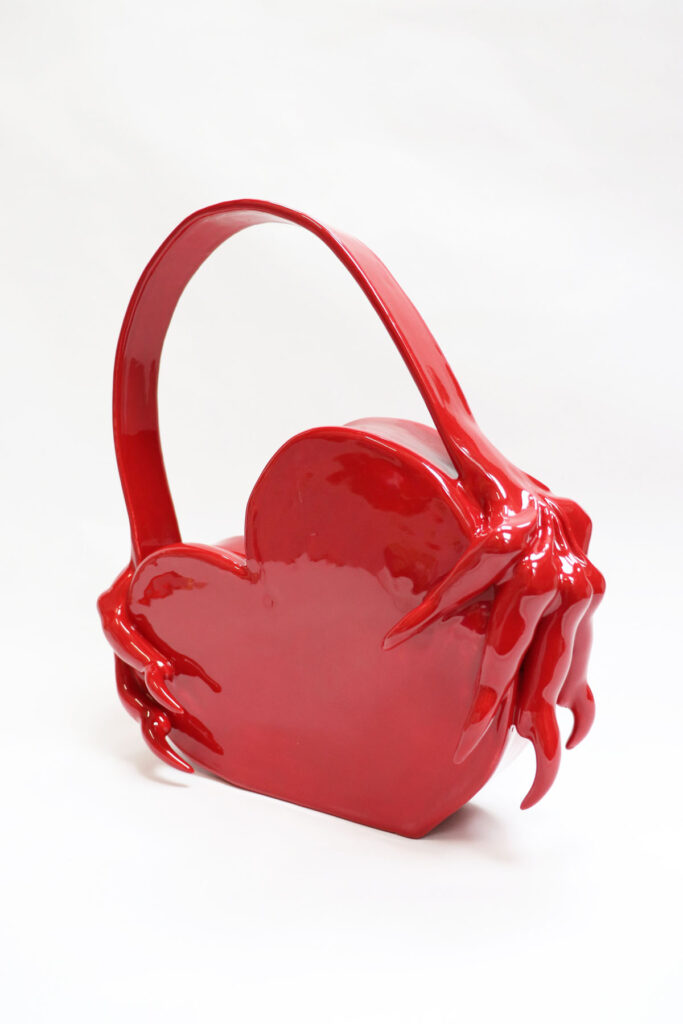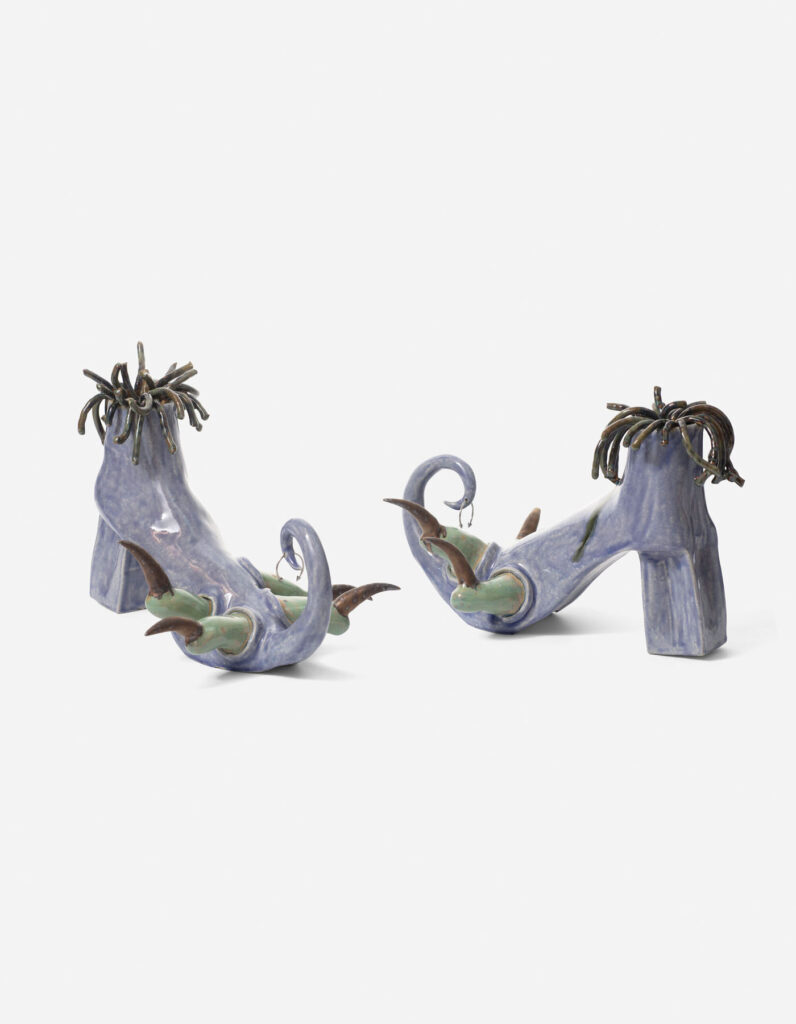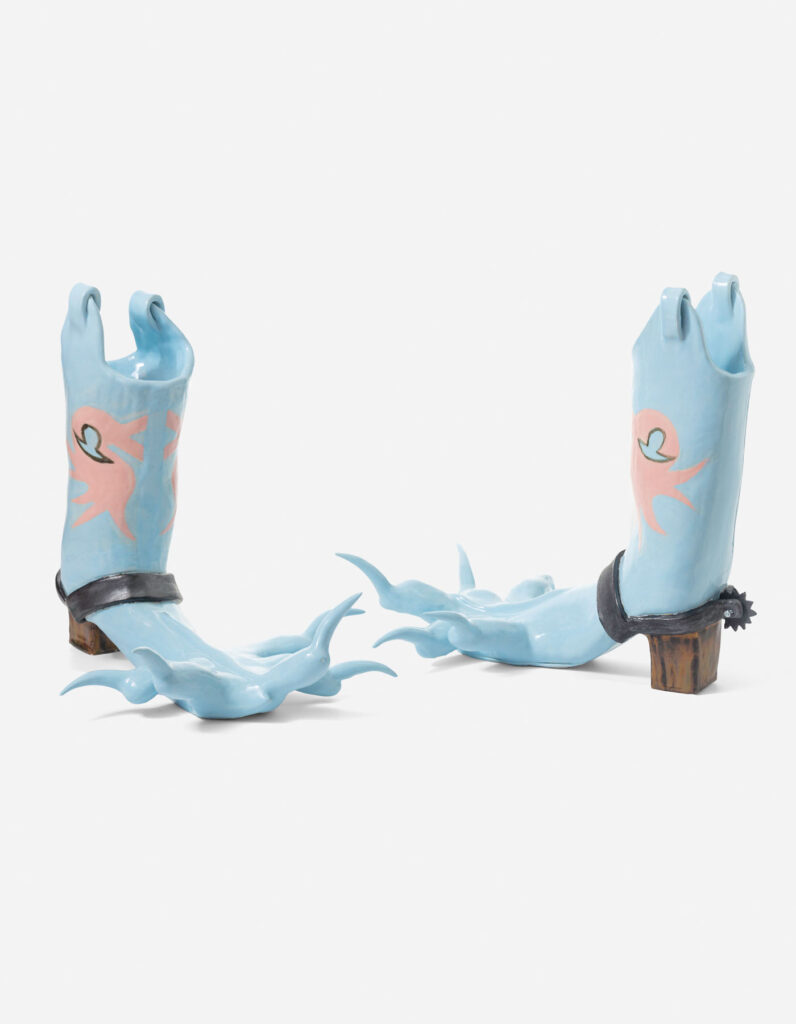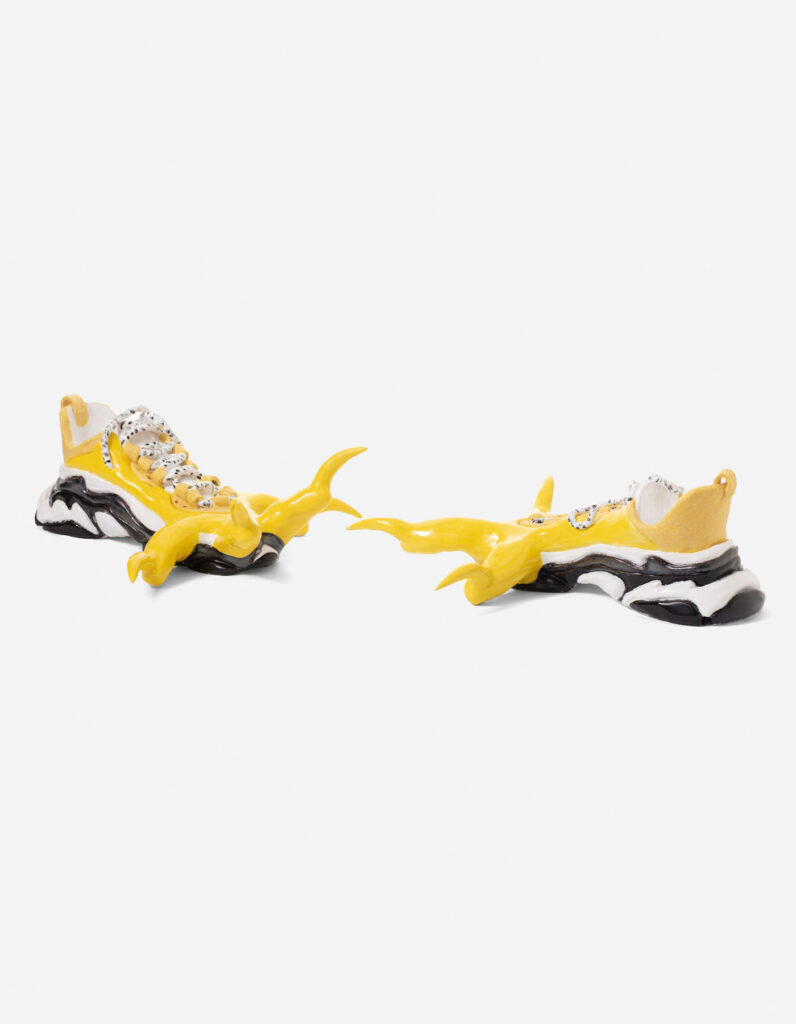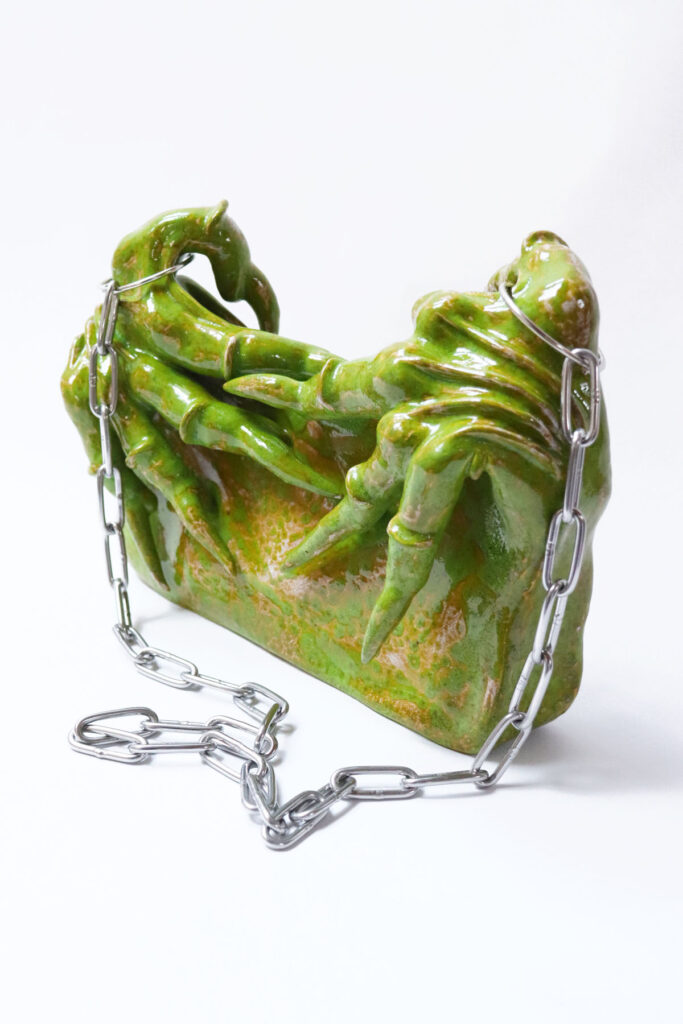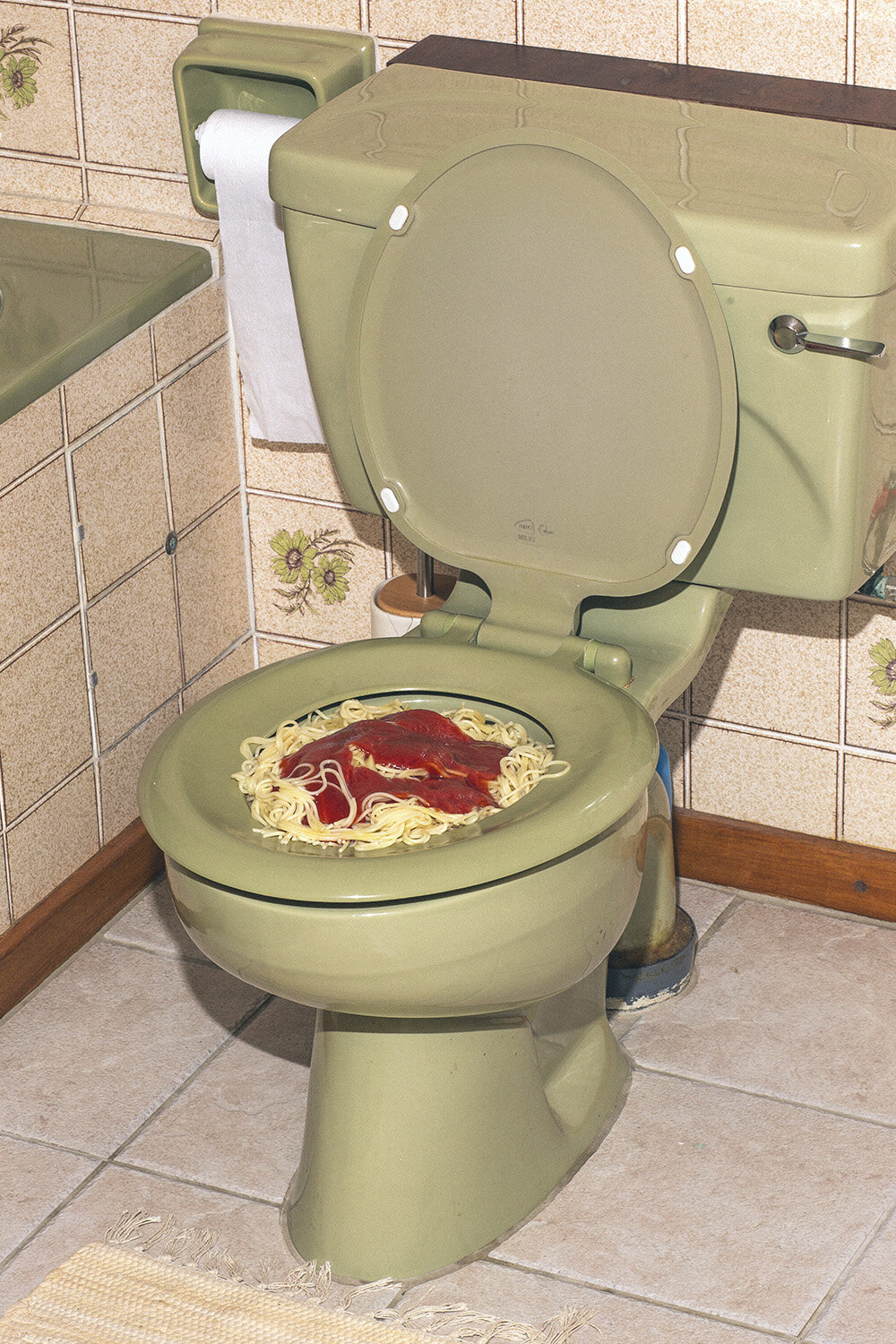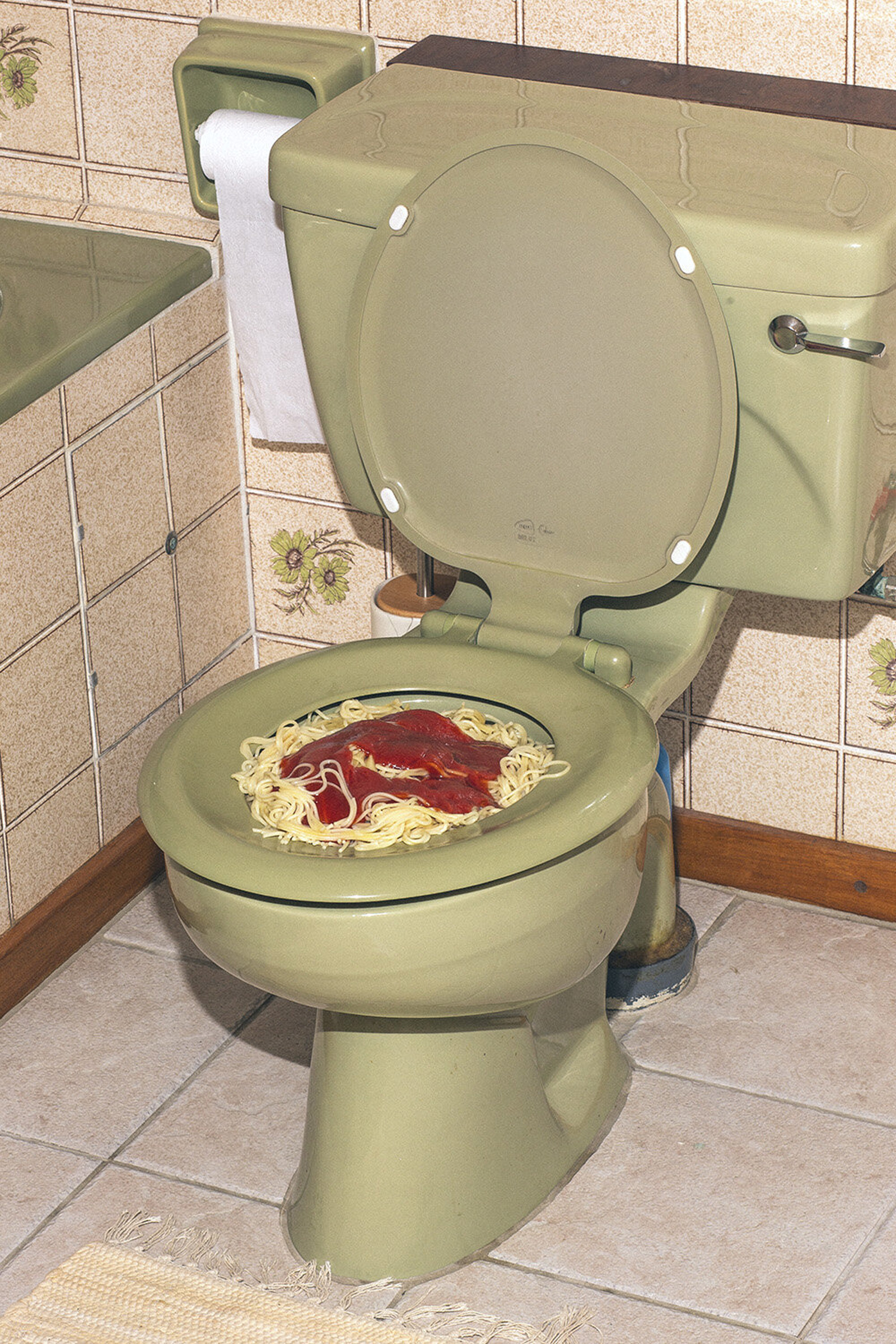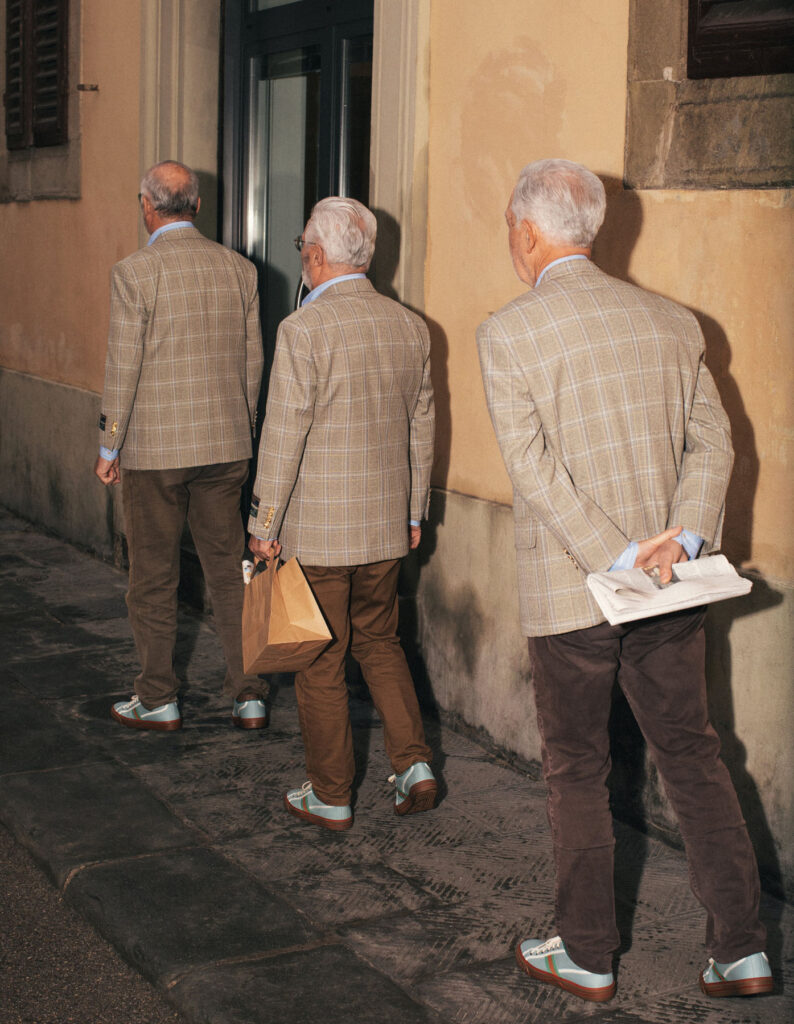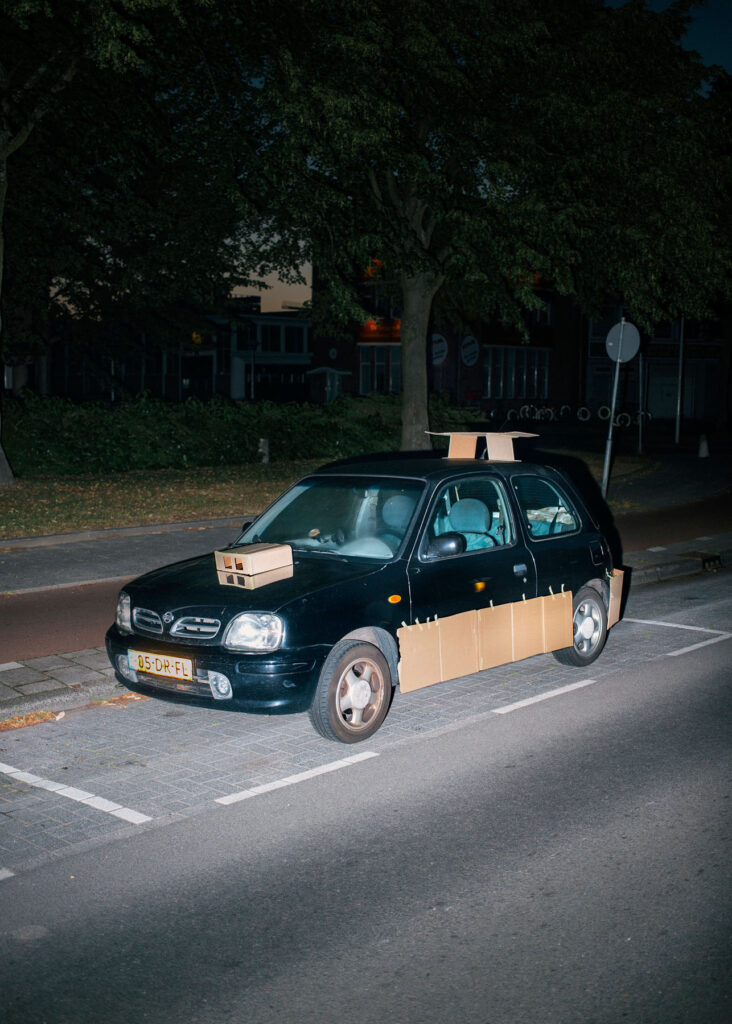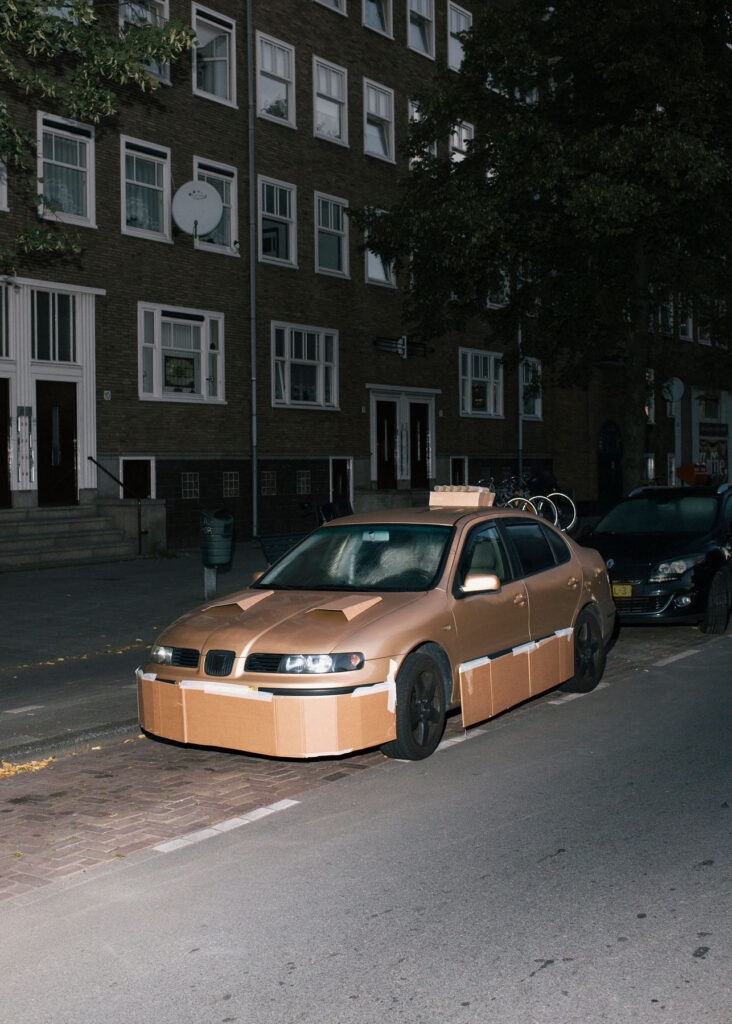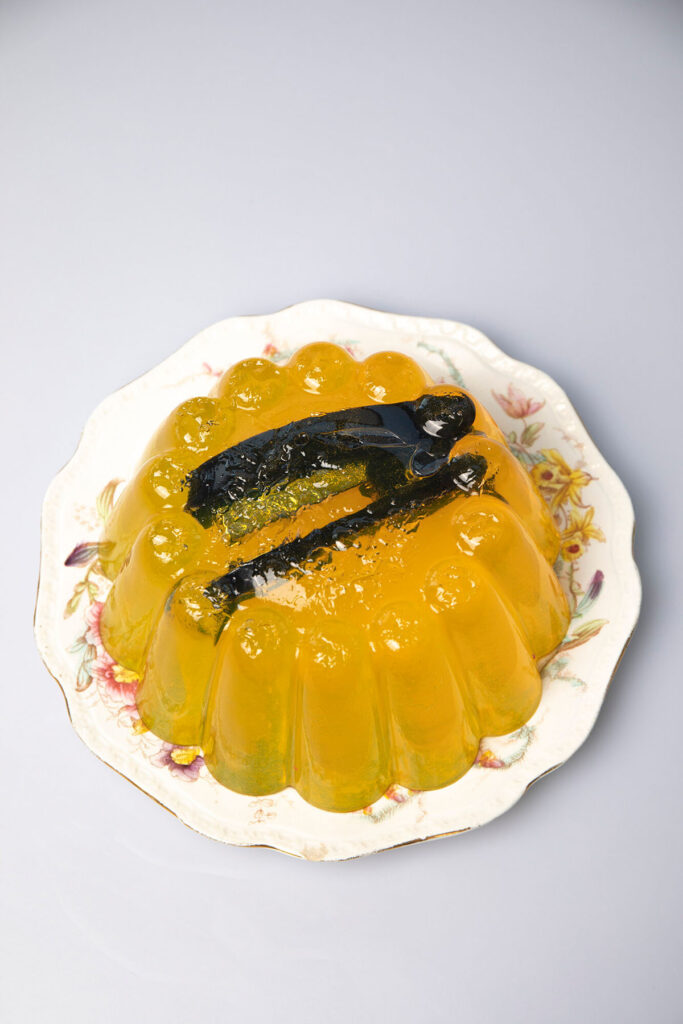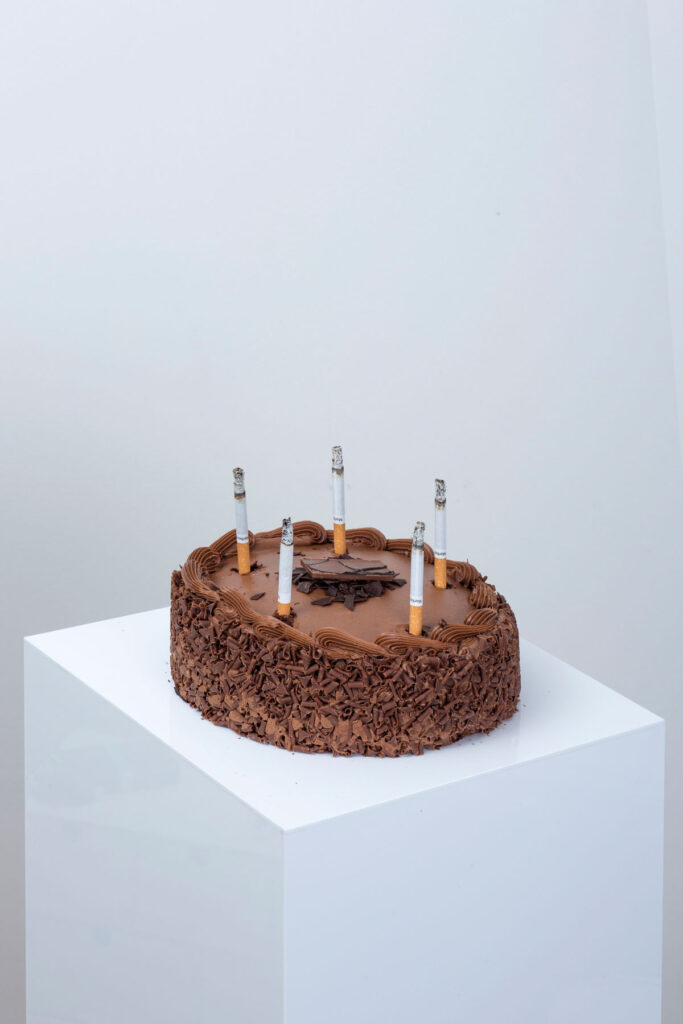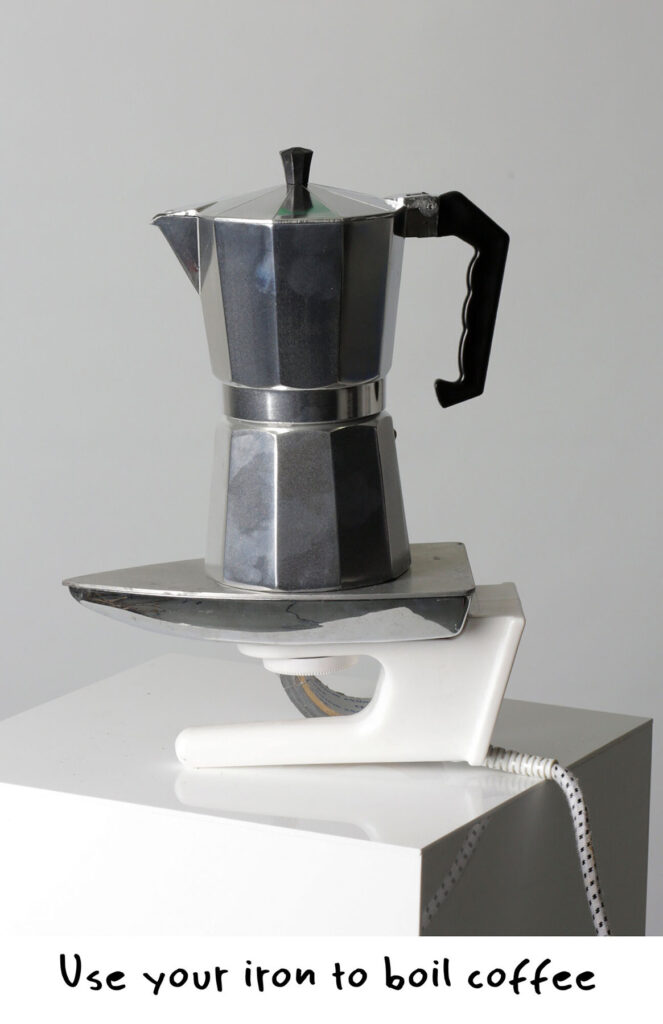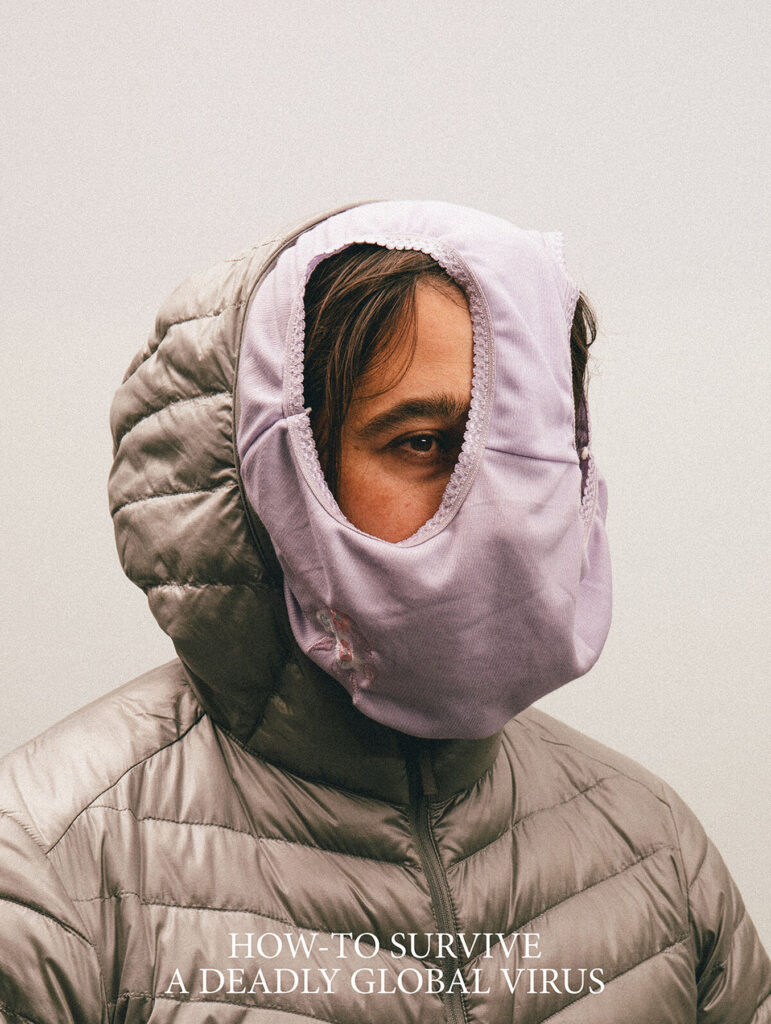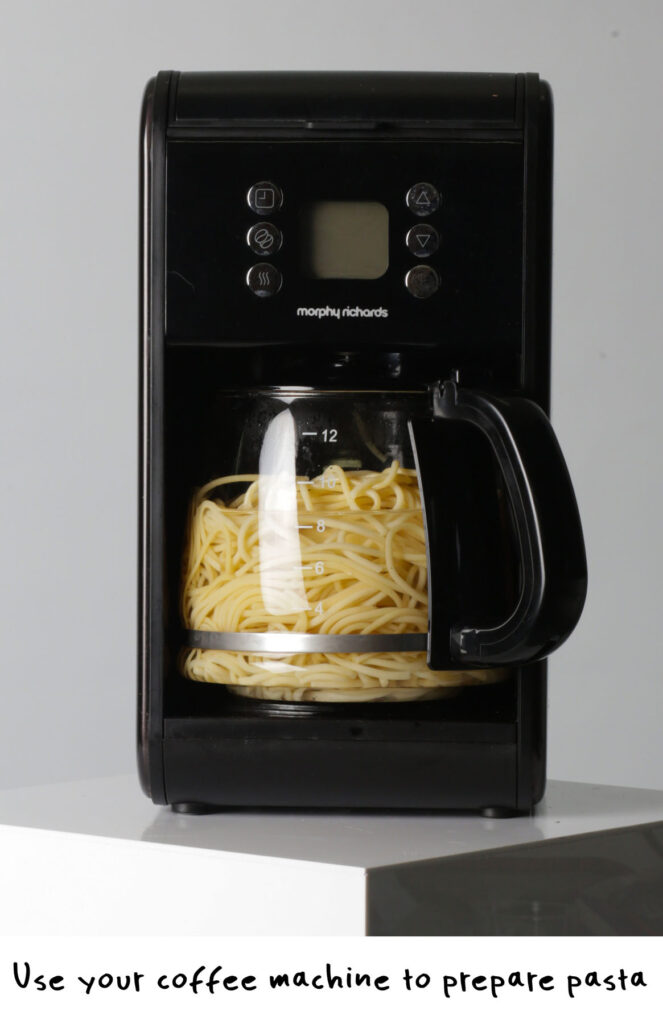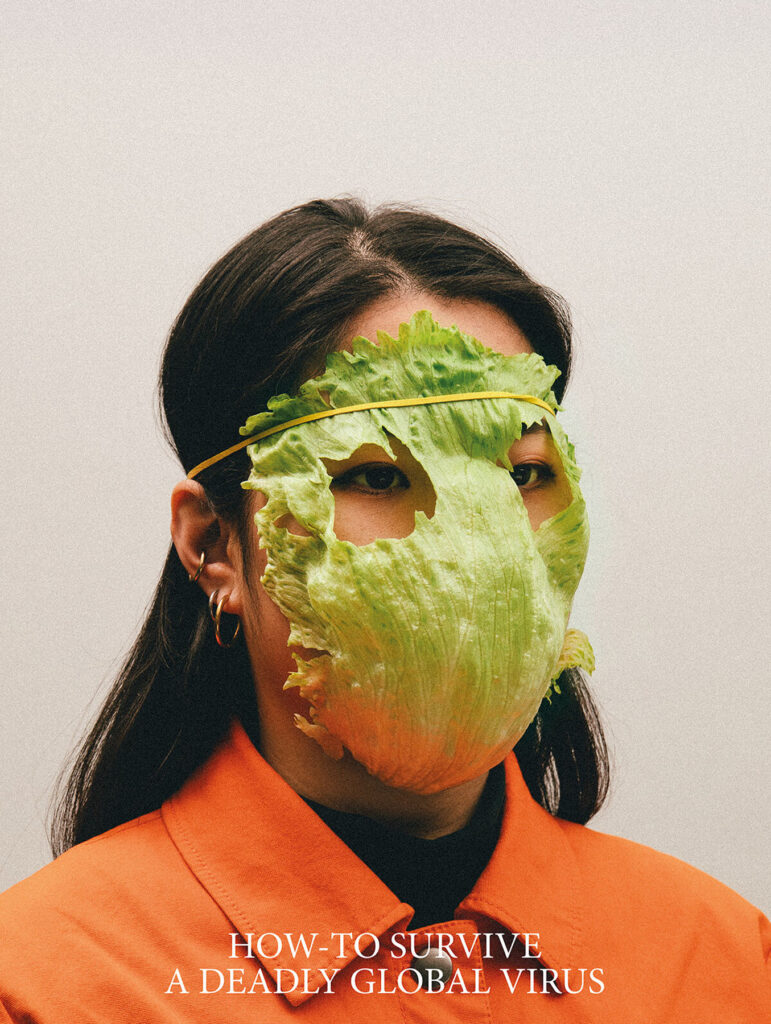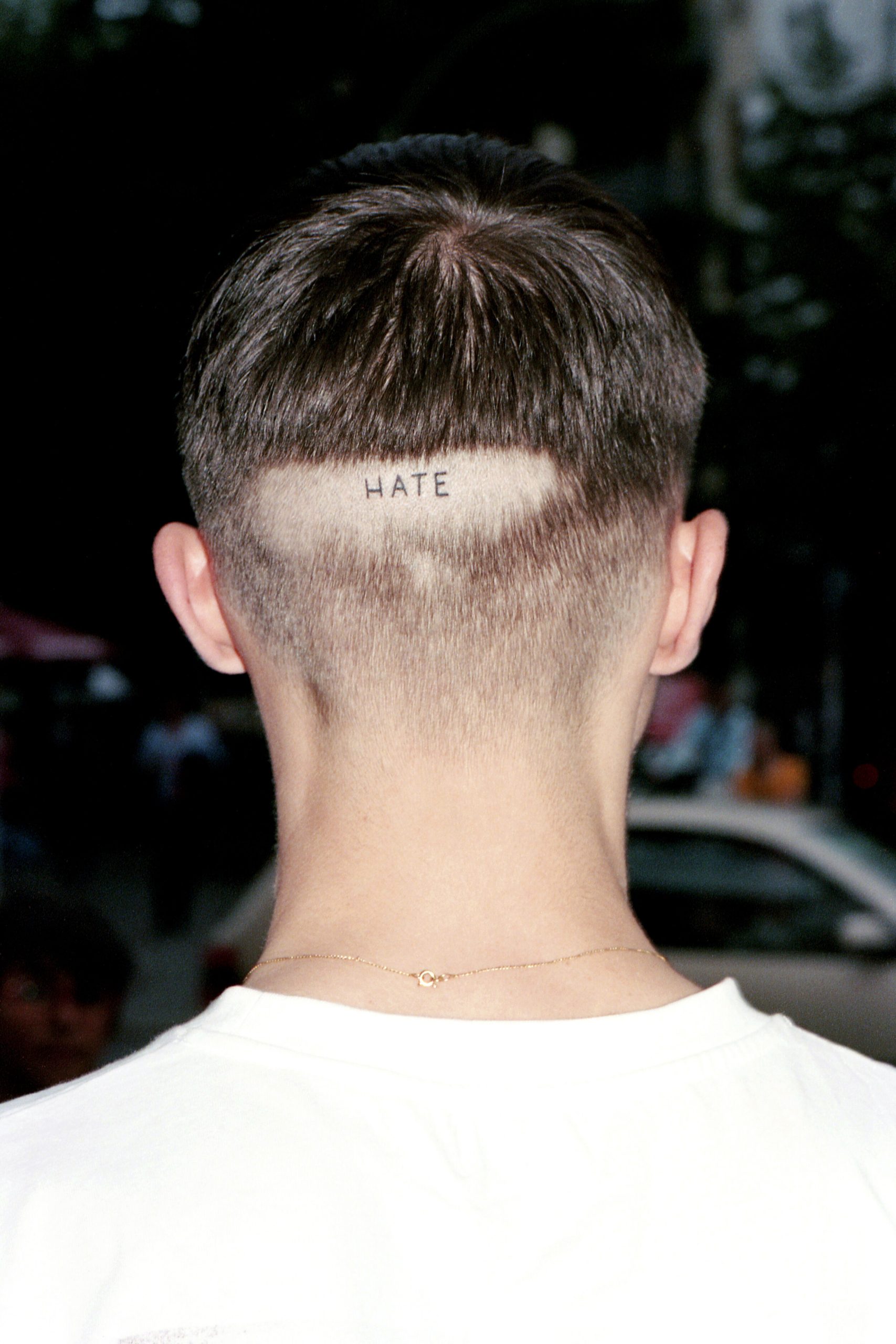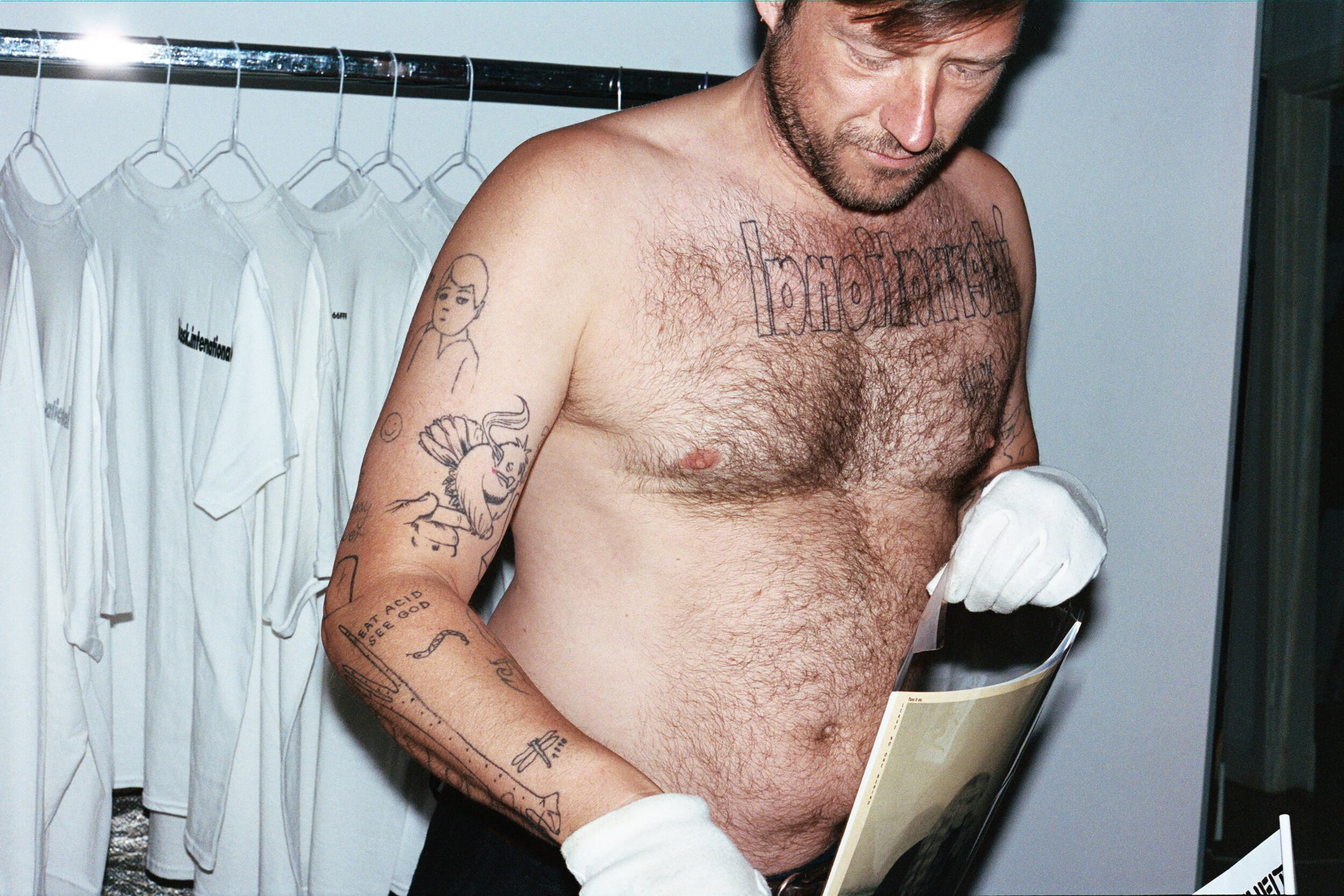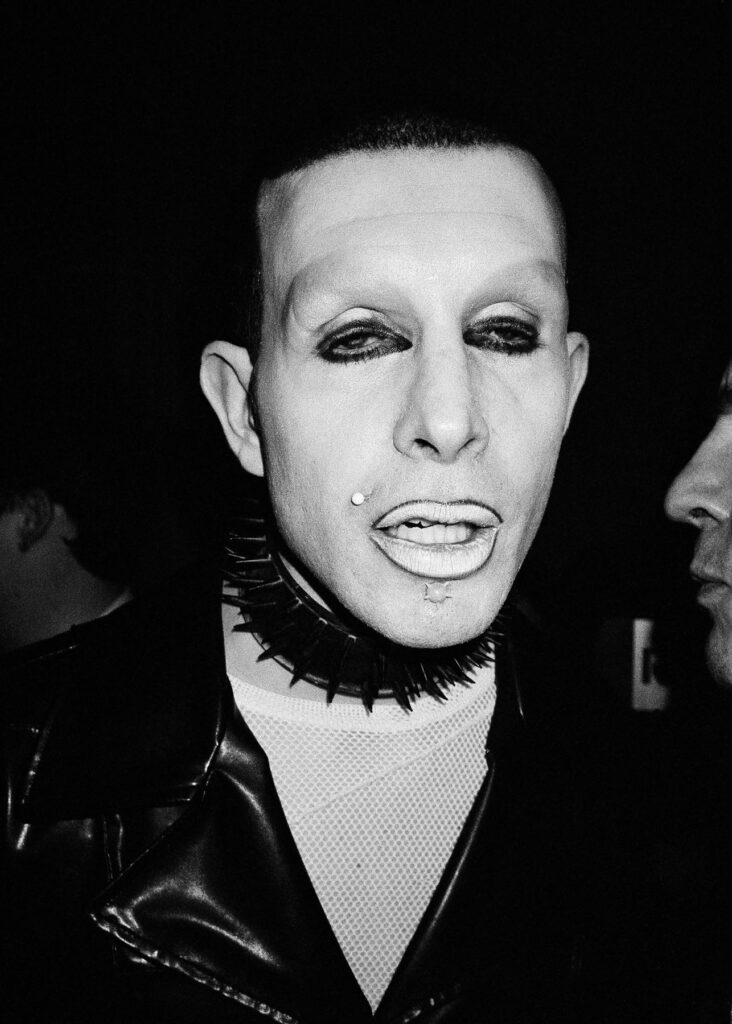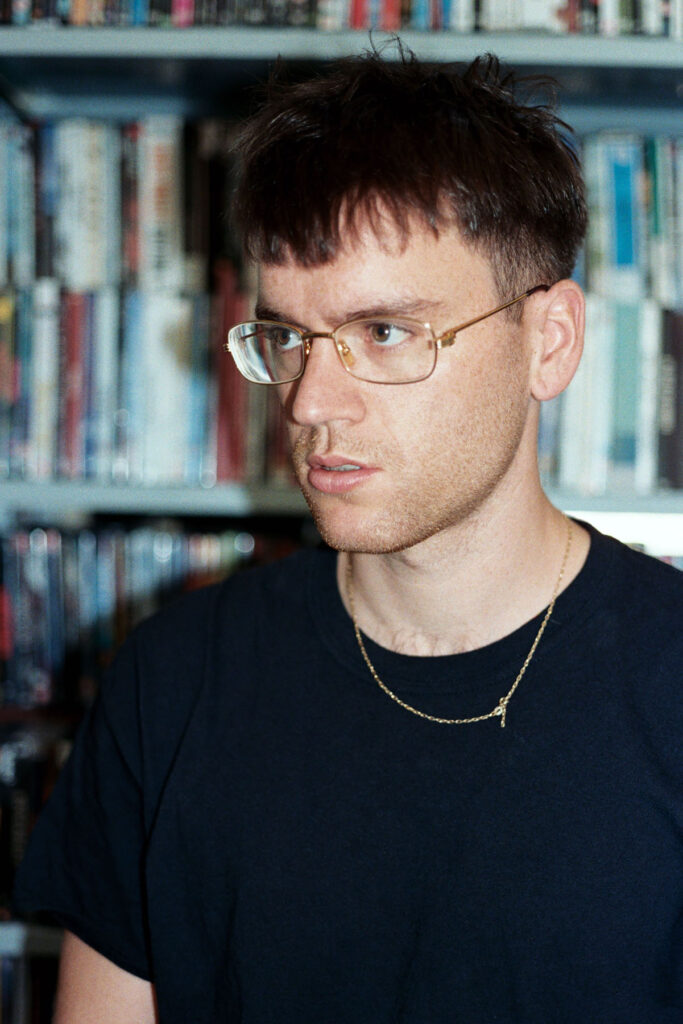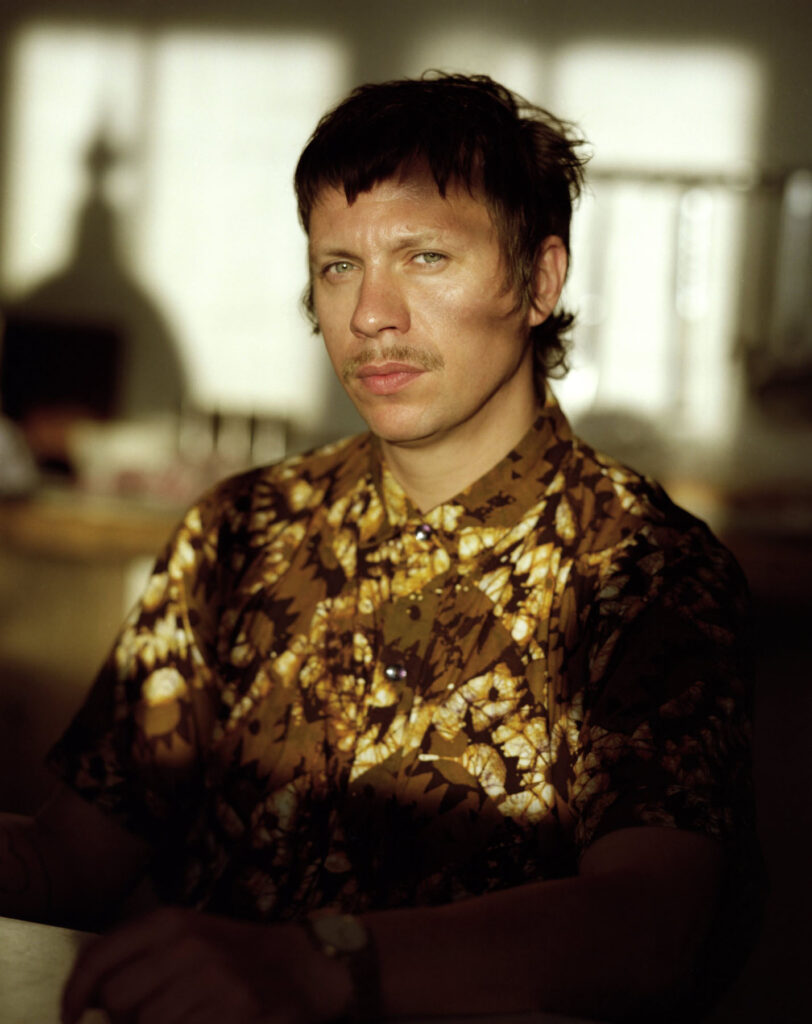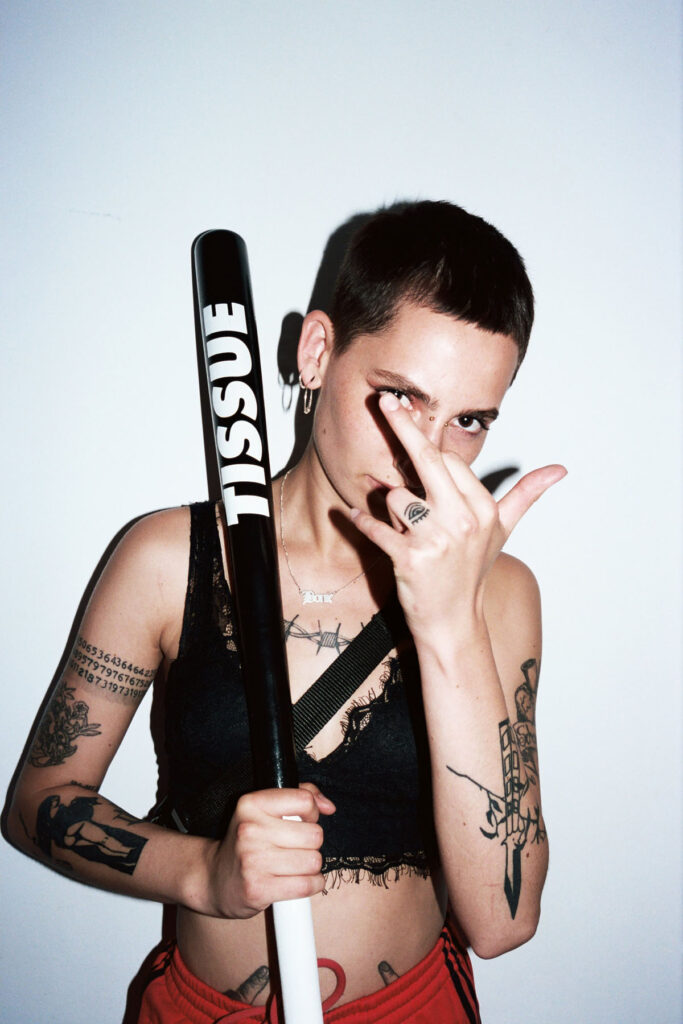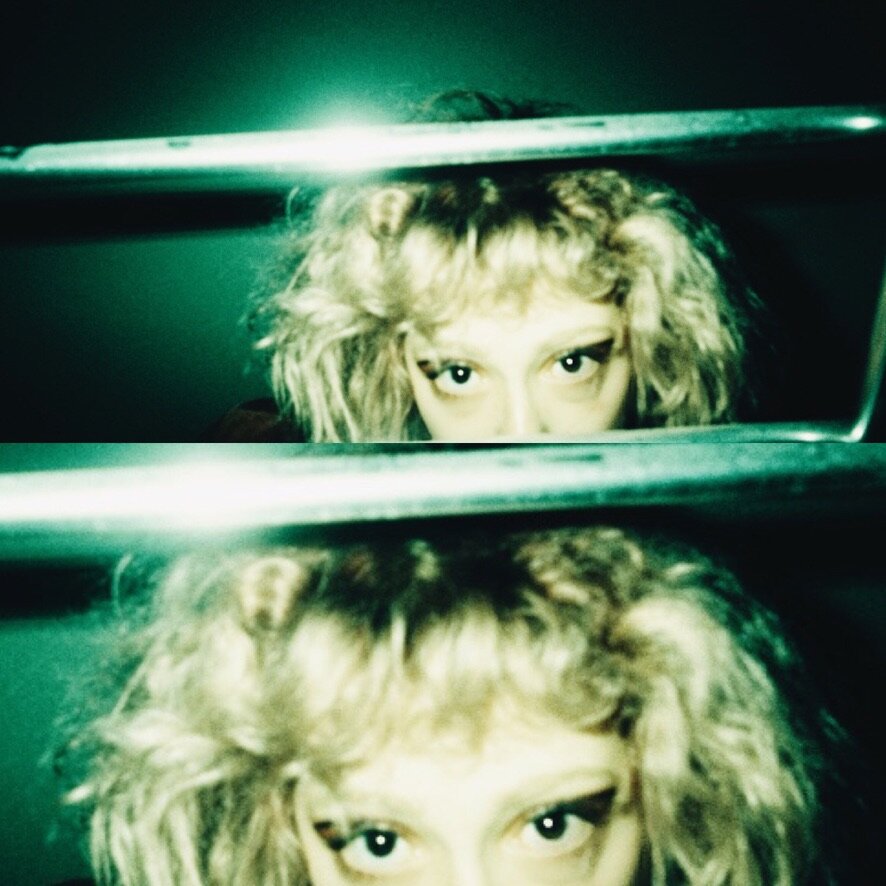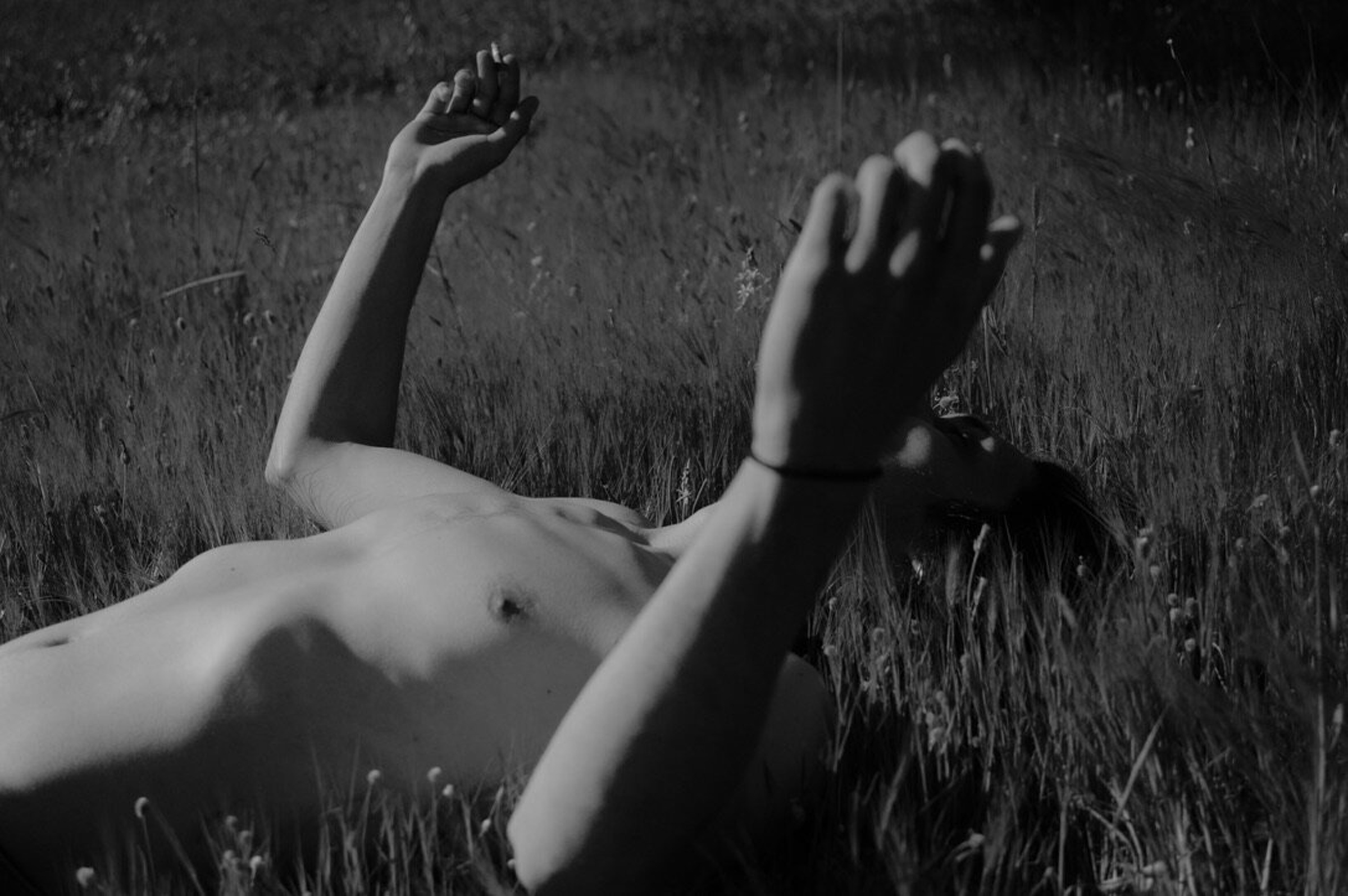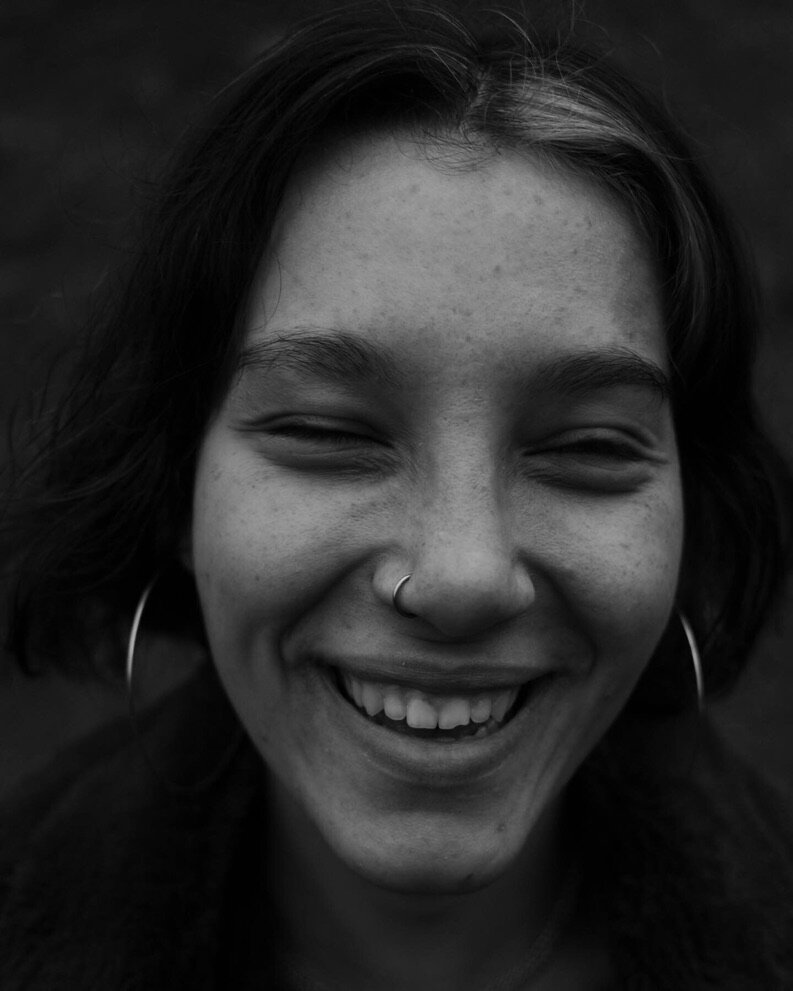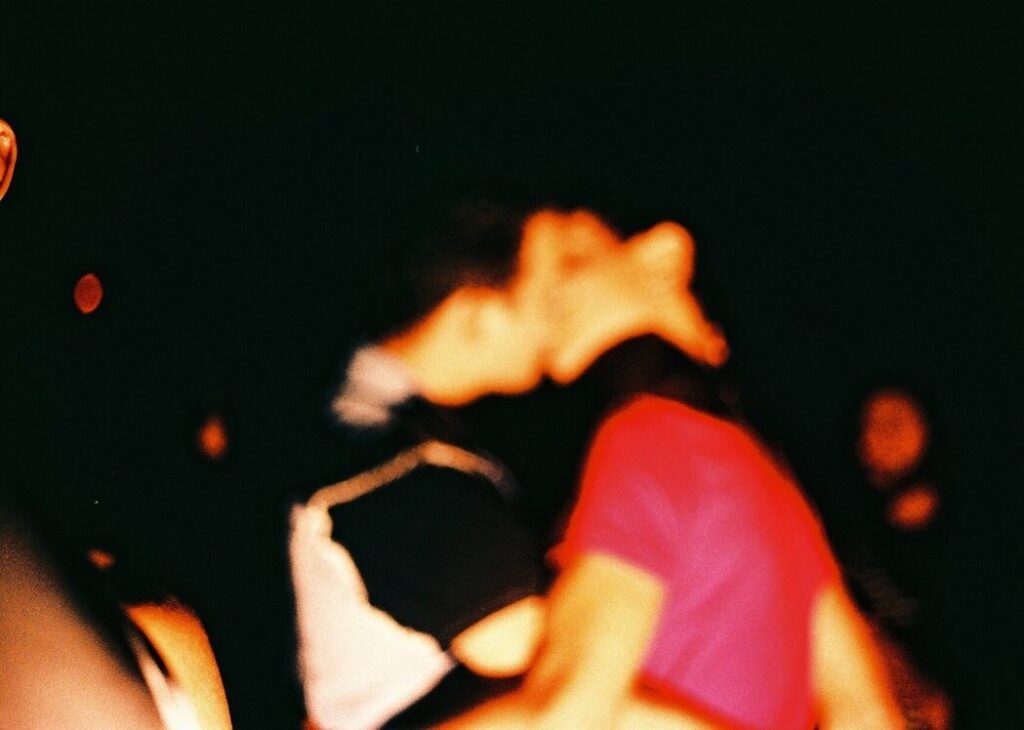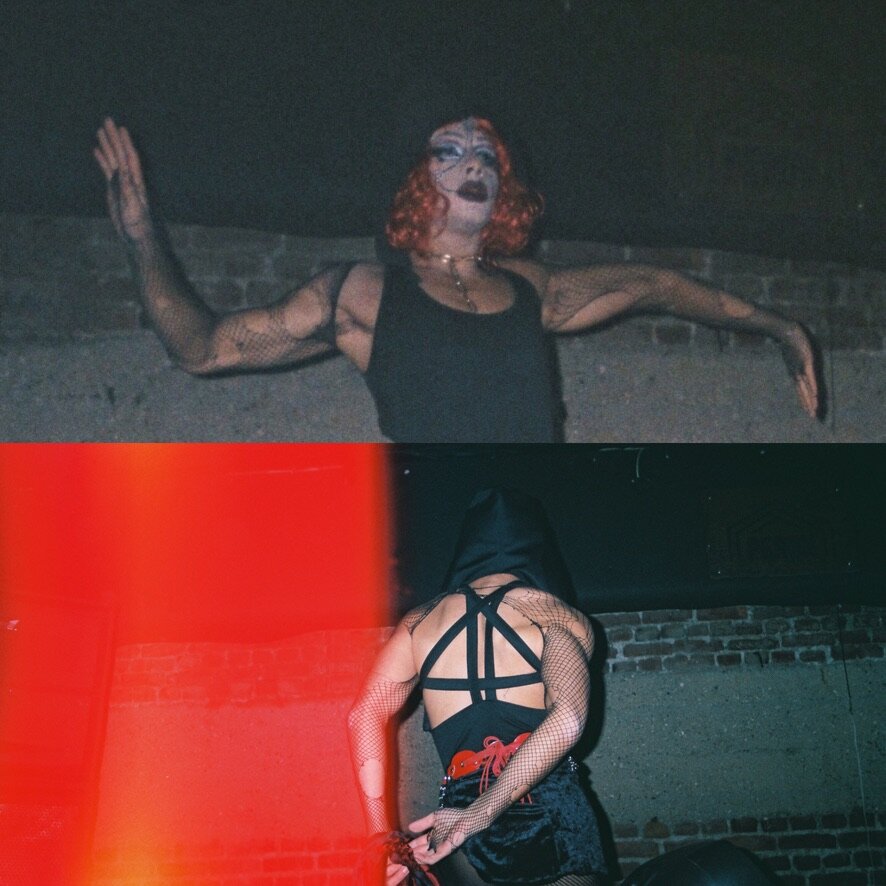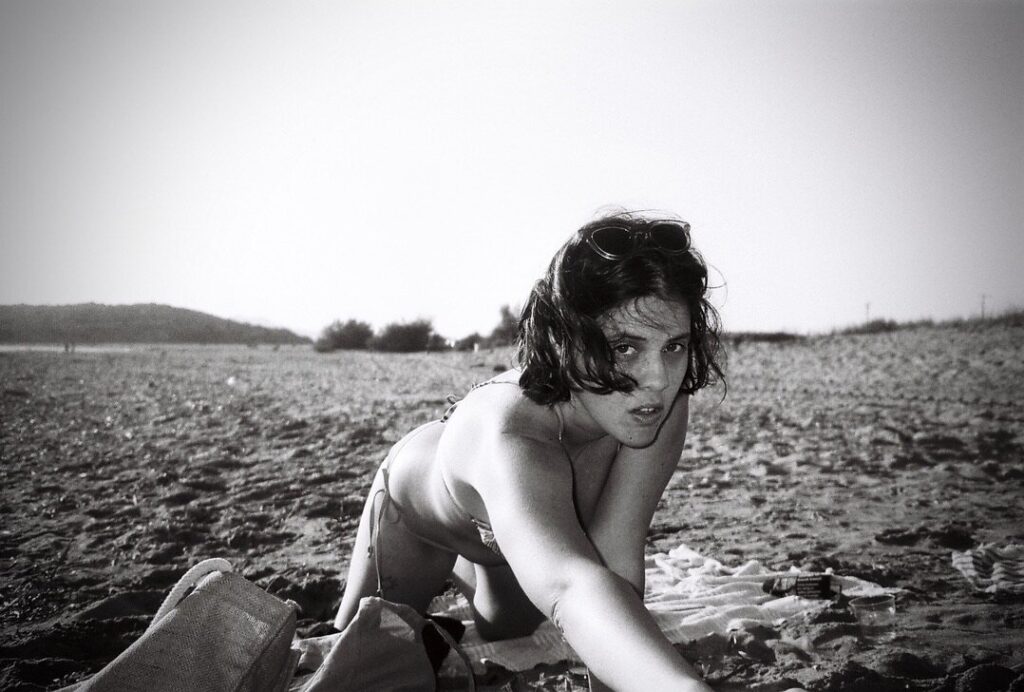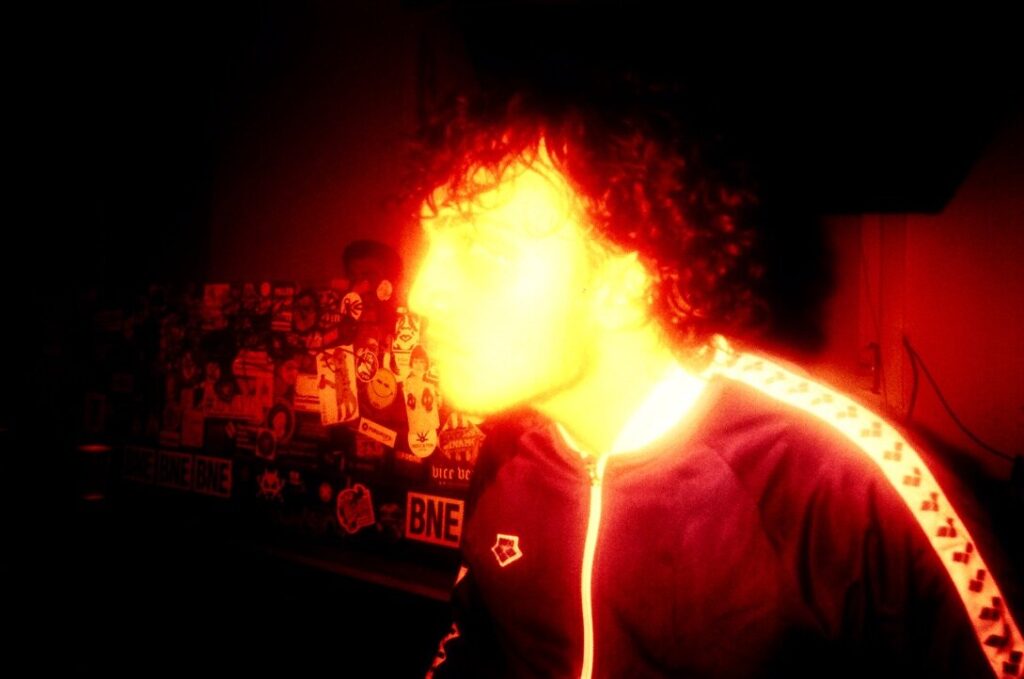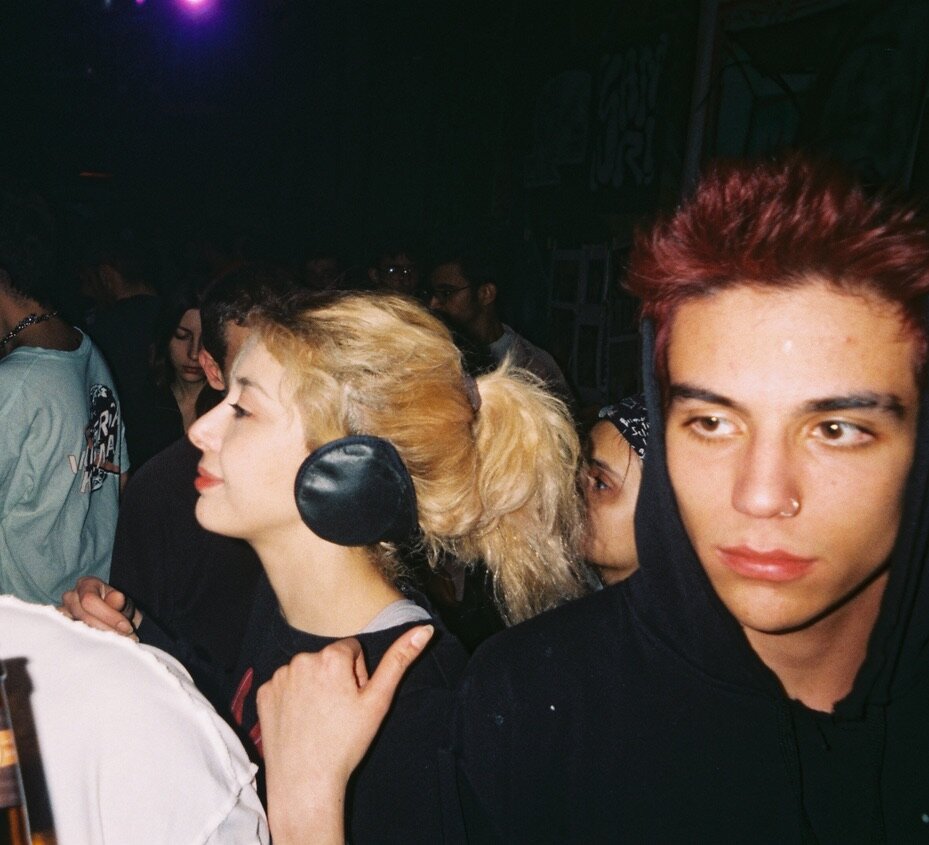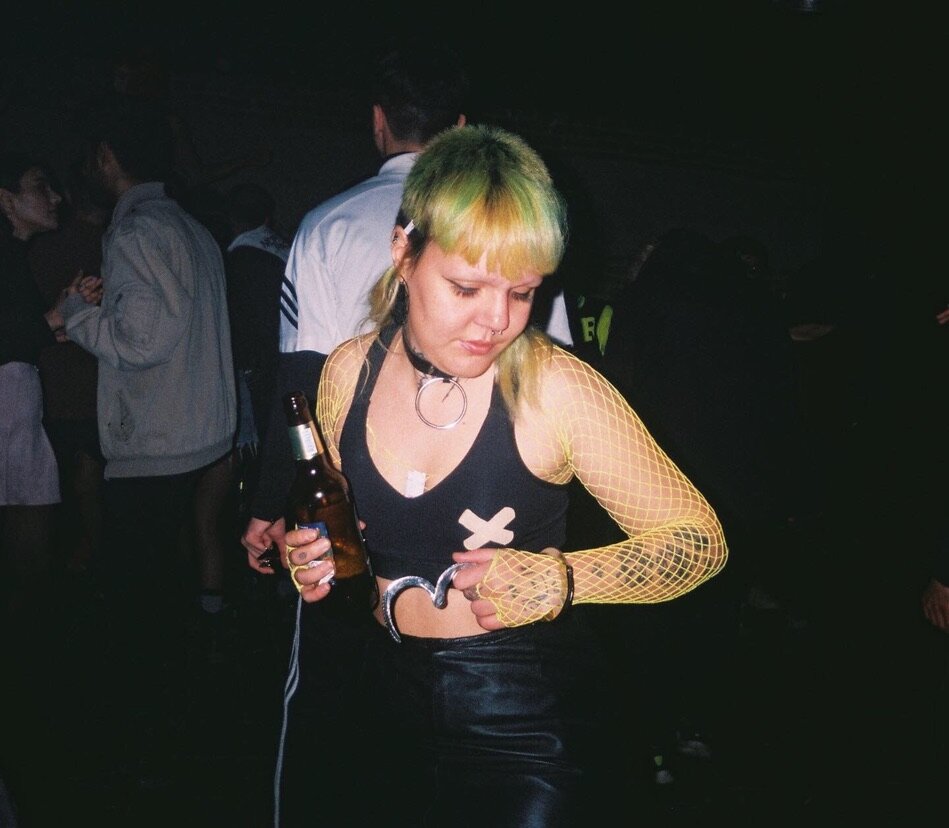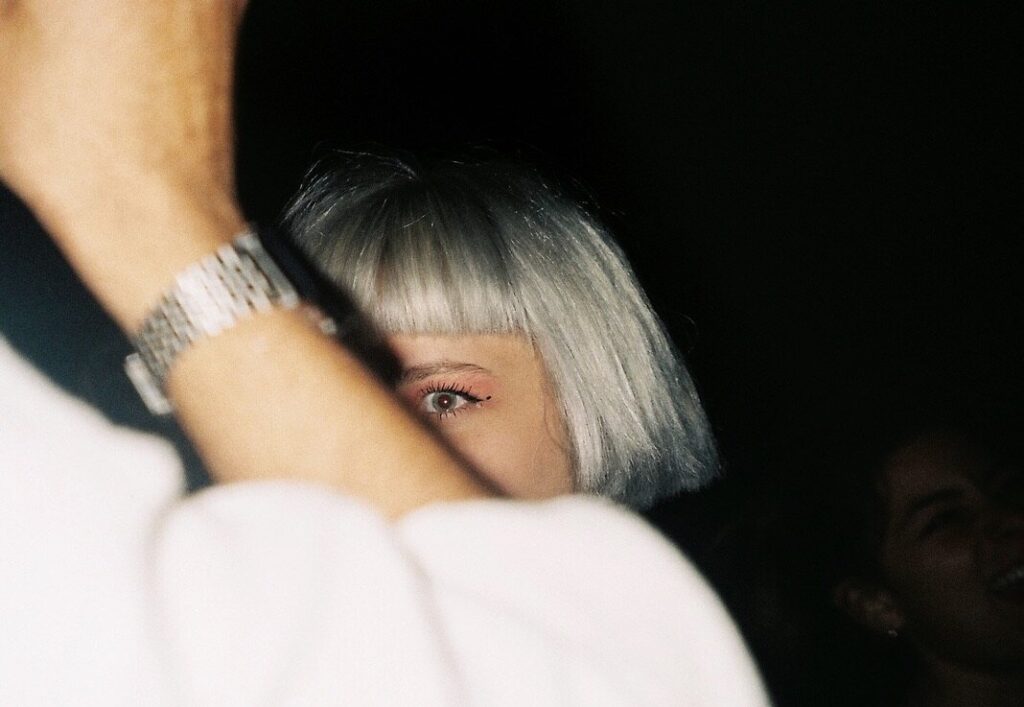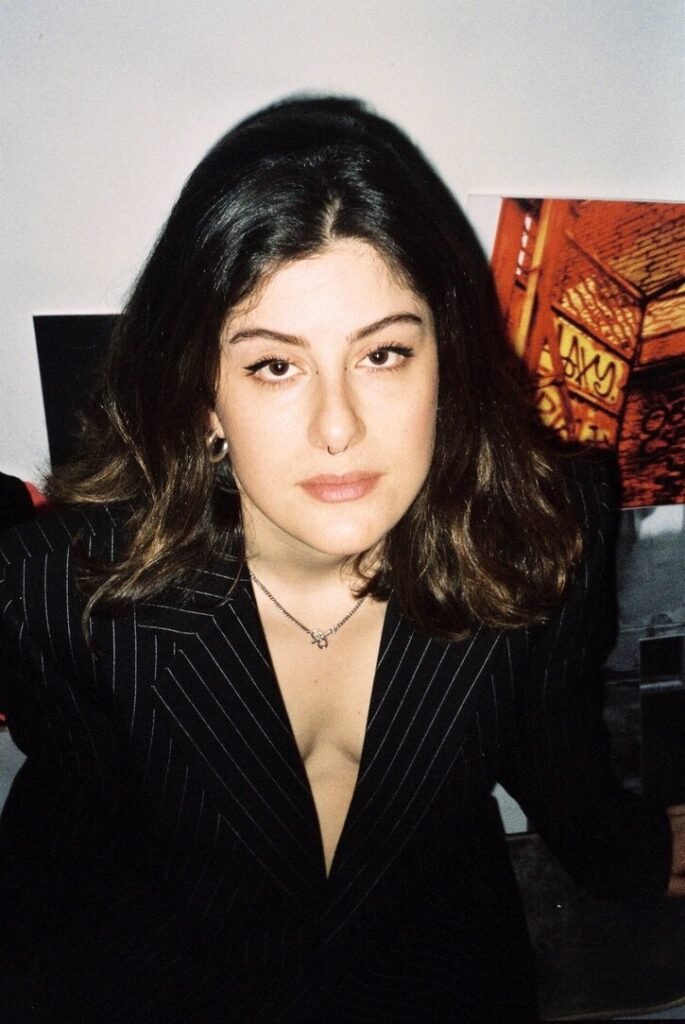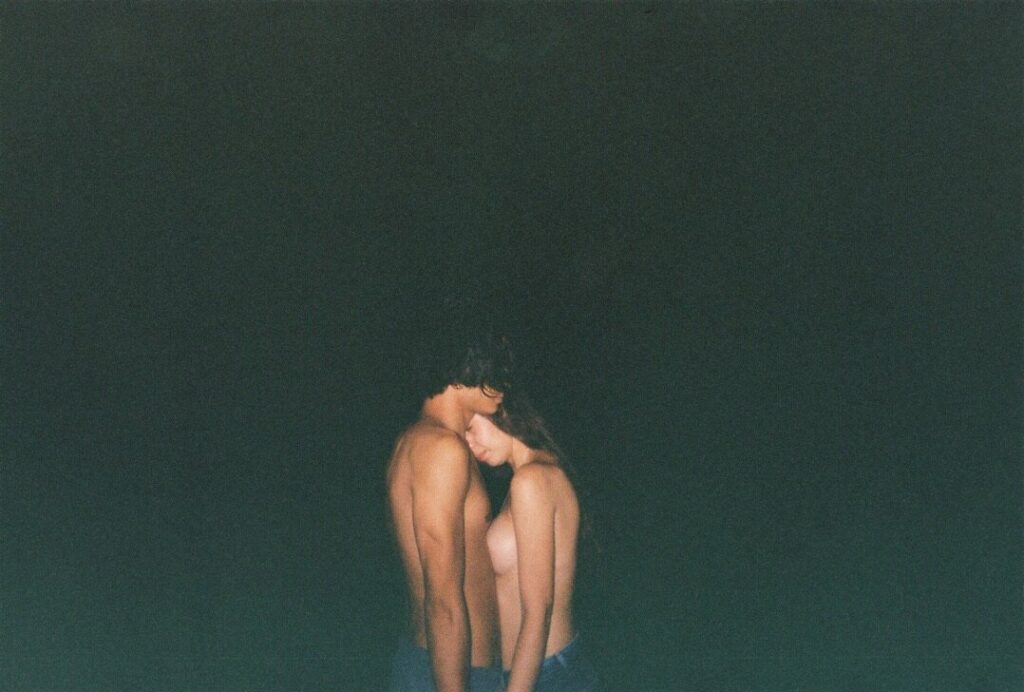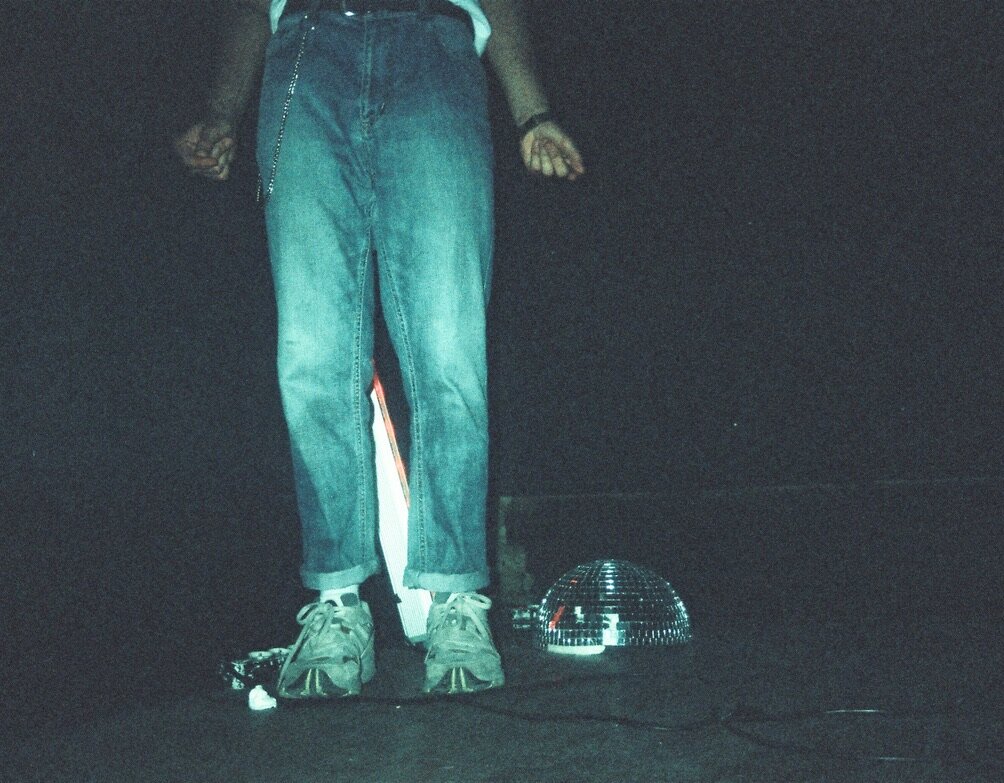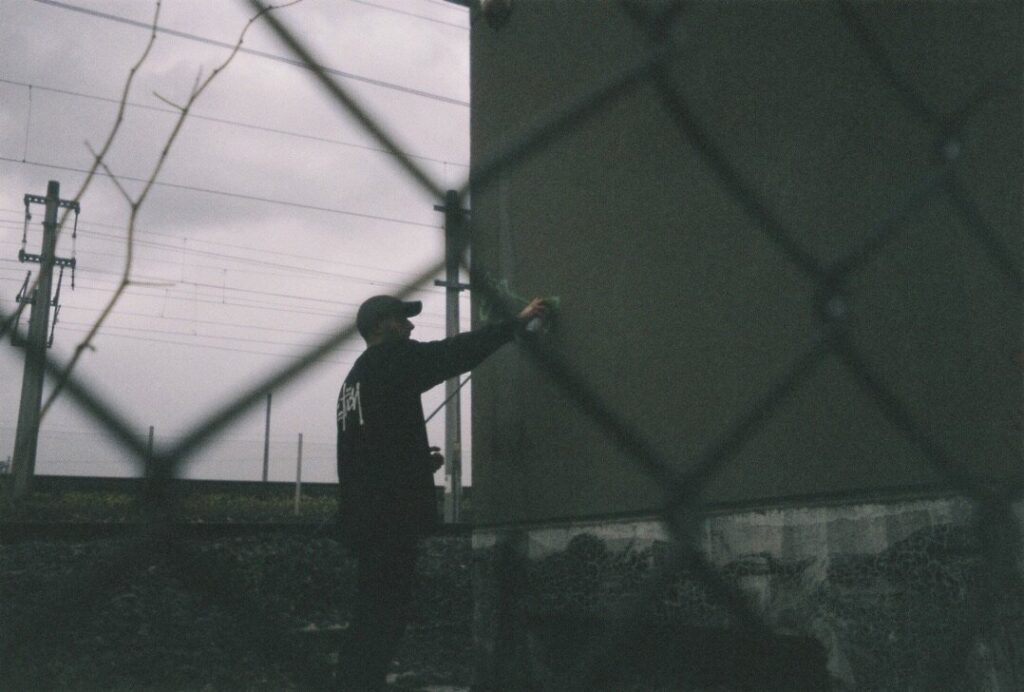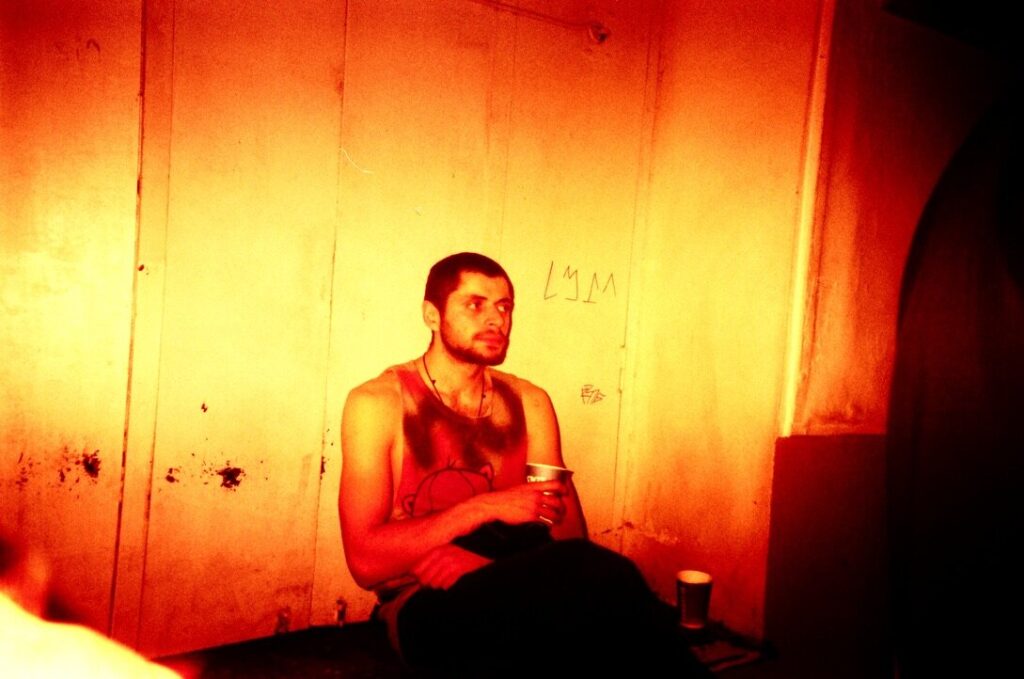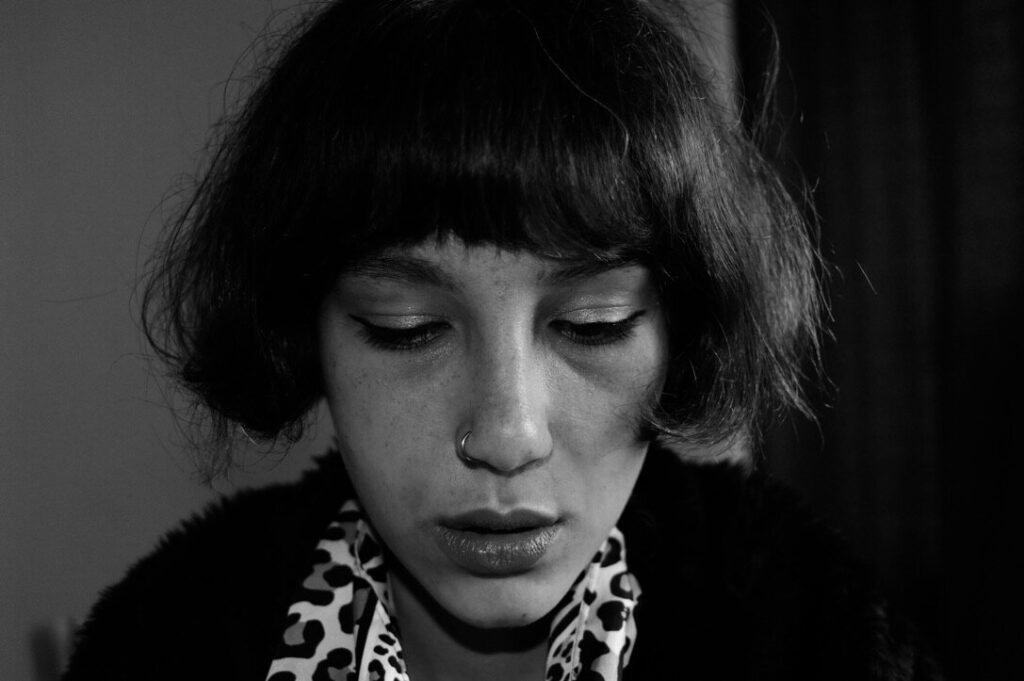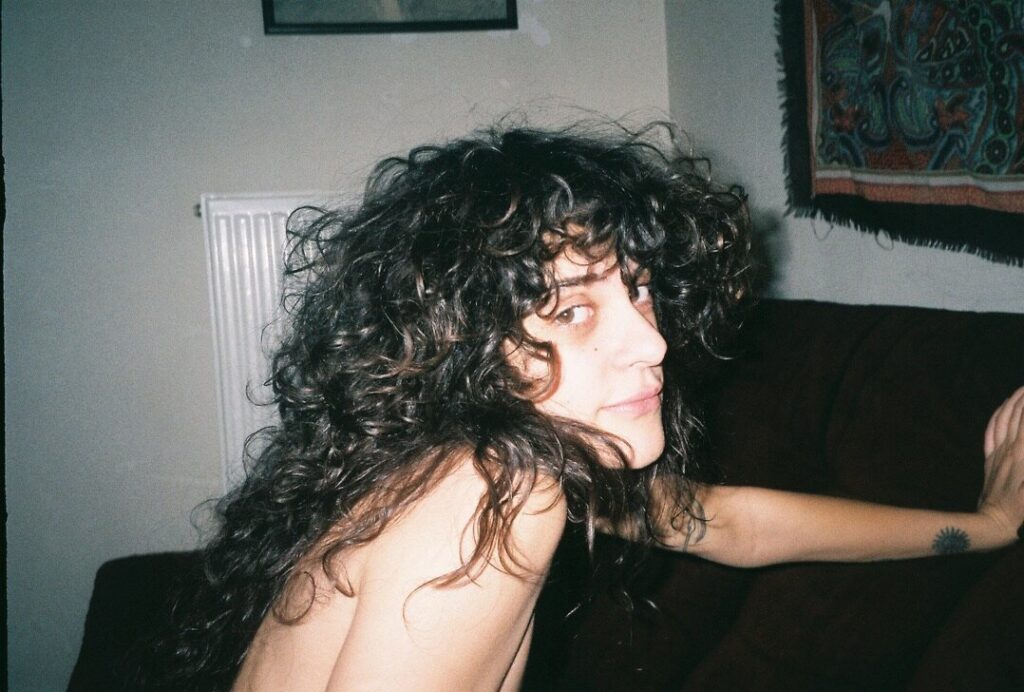
Displacement fuels the desire to persevere until one’s art resonates with self-identity
The aura of displacement rocked the beginnings of artist Jingze Du when he first arrived in Dublin, Ireland from Yantai, China at the age of 13. With his mother’s belief in his artistry keeping him on his feet, he sought after refining his communication skills in English, a prerequisite of survival in an English-language-dominated country. As soon as he fed his mind with vocabulary, those used in the arts field as well, he set off his artistic endeavors until he gave birth to portraits and approaches that explore the extremes of his identity: strength and weakness; fast and slow; masculine and feminine; validation and rejection; external and internal; conformity and independence; and the space in between his Chinese and Irish self.
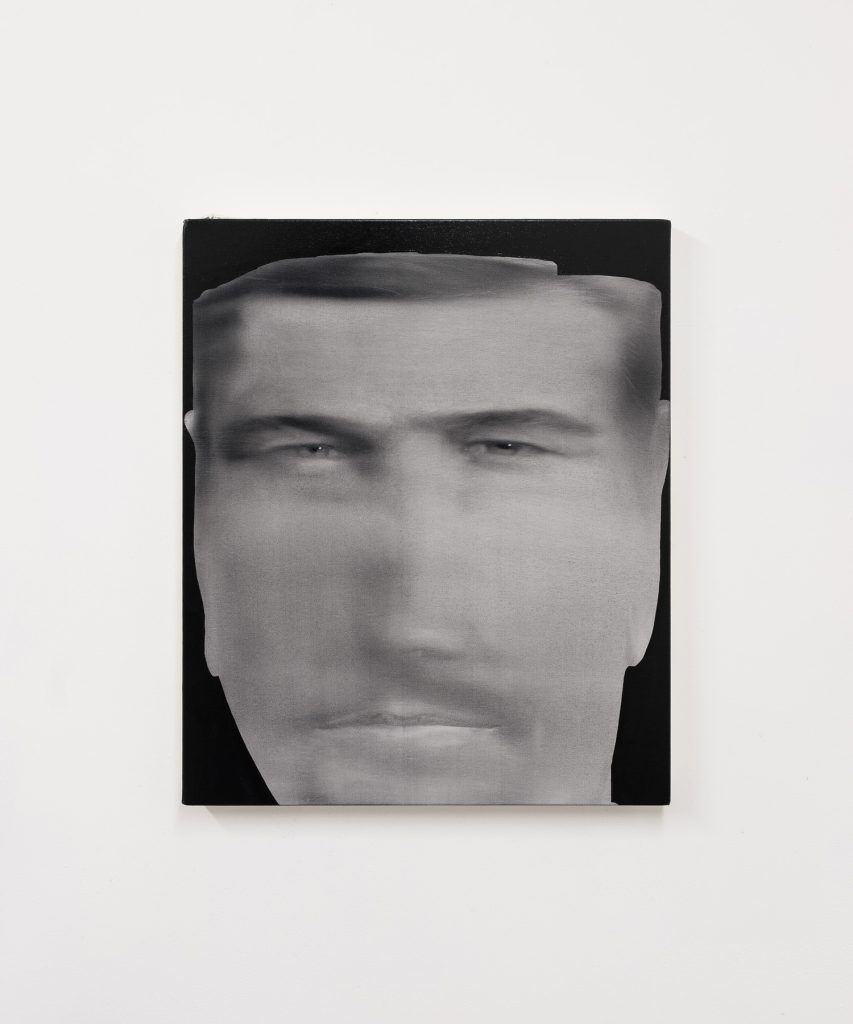
On starting out
A memory the artist dearly remembers stems from his meeting with painter Wu Xiaolin who had felt reluctant to take in the young man as his mentee. Upon seeing his drawings, a conviction compelled him to accept him, and Du learned individualism as his art style. For every stylized artwork the young artist would produce, his mentor would frown upon it and ask him to rework what he produced, to find his center and self along the way instead of infusing what the public could already see. Soon, Du developed his sense of composition, contrast, light, and shadow, and the necessity that each work must possess an immediate emotional impact.
He started investing more of his time in painting at the age of 15. His mother, his ever-devotee, would encourage him to visit museums and exhibitions, and Du would halt walking to observe the paintings’ surfaces from different angles, soaking in the techniques, emotions, and motivations of the artists on the wall.
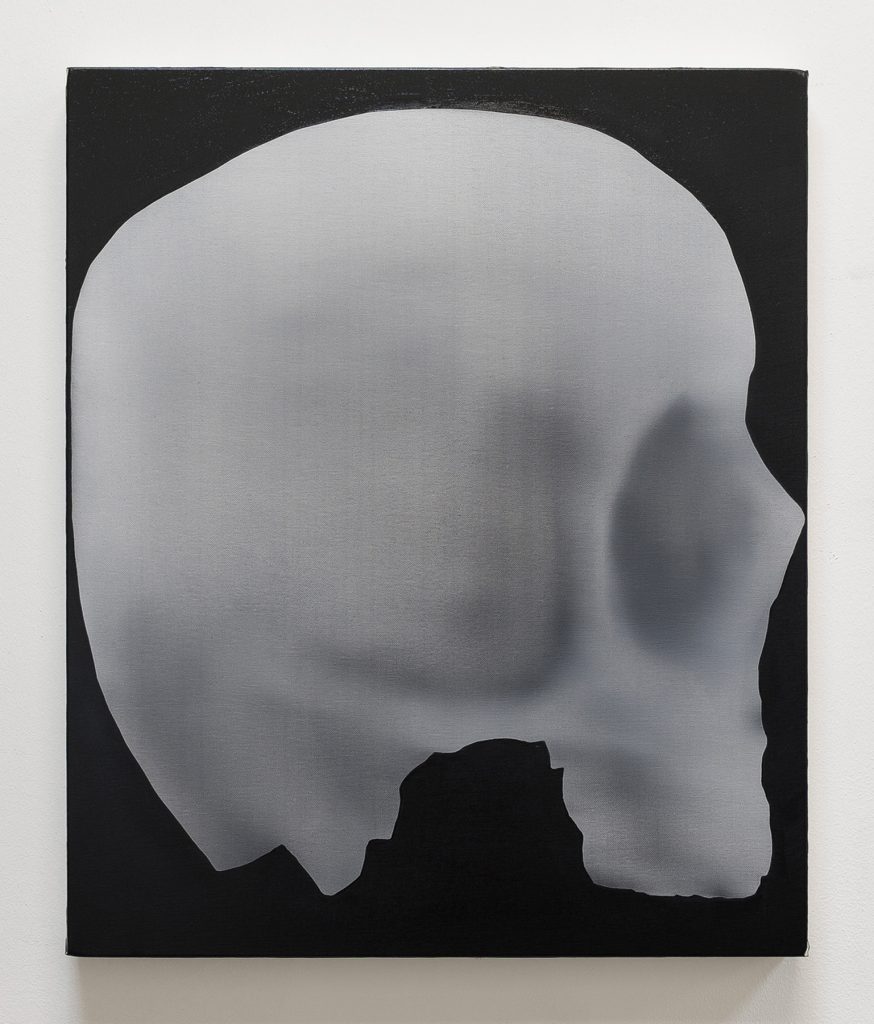
On being distant
After his undergraduate in the National College of Art and Design in Dublin, Du flew to London to study his MA at the Royal College of Art. He admitted feeling lost during his first year, drawn from the costly tuition and living costs of the city. He sought refuge in his studio, spending most of his time holing up and toying with his newfound, tension-filled creativity. The artist felt isolated from his decision, but it soon found a new light as he visited the studio of Ellius Grace, an old friend from Ireland.
Their conversations opened up alleys for the artist as the friend had offered him a list of interesting bookstores to visit around the city. From then on, Du enjoyed the luxury and life London could offer him, hopping in and out of museums, galleries, fairs, artists’ studios, parks, dessert bars, and hotpots as often as possible. He later realized that the longer he placed himself outside of his studio – although he still thought that being inside carried a personal value too – the more he felt the power London held over him.
When he came home one day from a city trip, he received an offer from The Royal Hibernian Academy in Dublin on a six-month residency that would start in January 2020. The prestigious proposal came with a spacious and sunlight-filled studio, a game-changer for the artist, but the new space only formed a chunk in the overall buzz that rushed in his veins. Coming back to Dublin felt like home to Du. Setting his eyes upon the landscapes, surroundings, and buildings that dotted the skyline, the scenery reminded him of some scenes from Macbeth: the weather, the wind, the mud, the rituals, the pagan forces, and the humans who kneel at the mercy of nature.
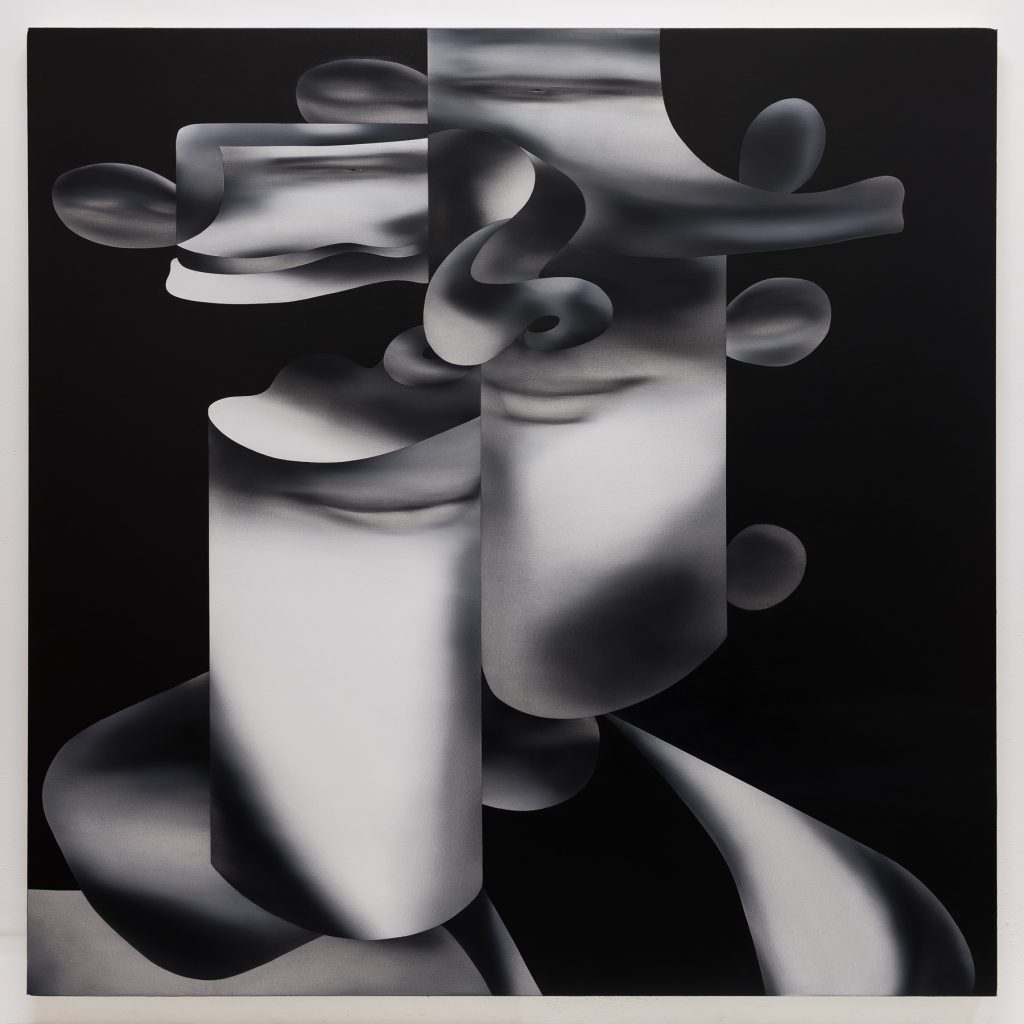
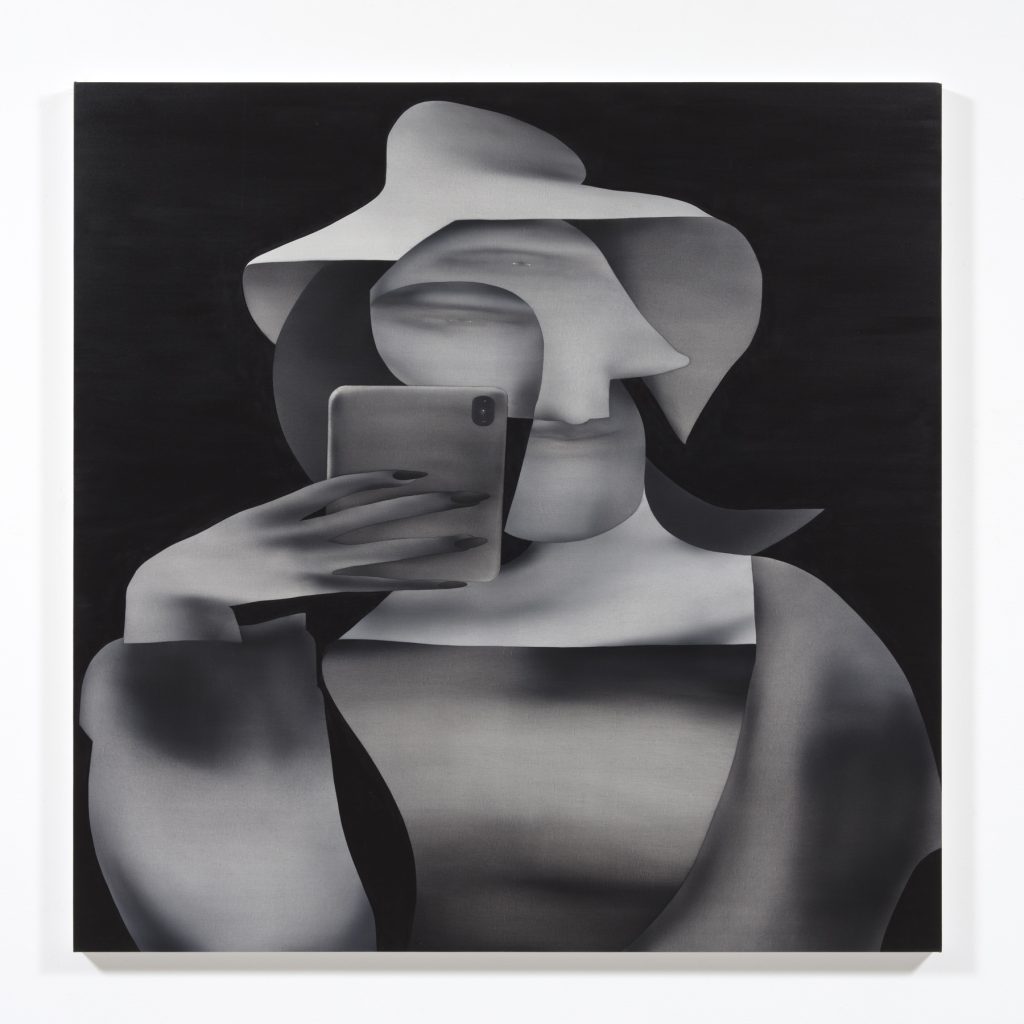
On identity
Looking back in the past, Du refrained from identifying identity in his works. He struggled with the role individuality played in his art even though he had gathered up the tools, mediums, and ideas of such roots from his mentor Wu Xiaolin. Eventually, the theme of identity rose to the surface, and the artist slowly accepted that it would often, if not always, infiltrate his works. These days, identity seems to act as a second skin for him. He feels comfortable and safe exploring his past, discovering how much of his mindset echoed the philosophy of existentialism before his move to London in 2017.
From a technical perspective, he began tinkering with linen instead of canvas as the finer grain conferred on him the ease to improve the quality of his paintings over a surface. He also started using much thinner oil paint which enabled him to better control his subtle, tonal differences. The shifting shades of warmer and colder grays resonated well with him, an element that now nudges him to aim for simplicity that yields the tunes of soulfulness.
He confesses that whenever he lives in a new environment, his former identity meets the foreign one, a resurgence within him commencing. Since his former identity may sometimes, if not oftentimes, face defeat, he retreats and becomes an outsider, which he shares his learning mechanism to observe the new and the old, the contrast and the complement in the facets of his life.
Returning to Ireland meant returning to a familiar place, and Du believes it enabled him to explore the extremes of his identity, giving birth to his series In between where various extremes interact: strength and weakness; fast and slow; masculine and feminine; validation and rejection; external and internal; conformity and independence as well as the space in between his Chinese and Irish self.
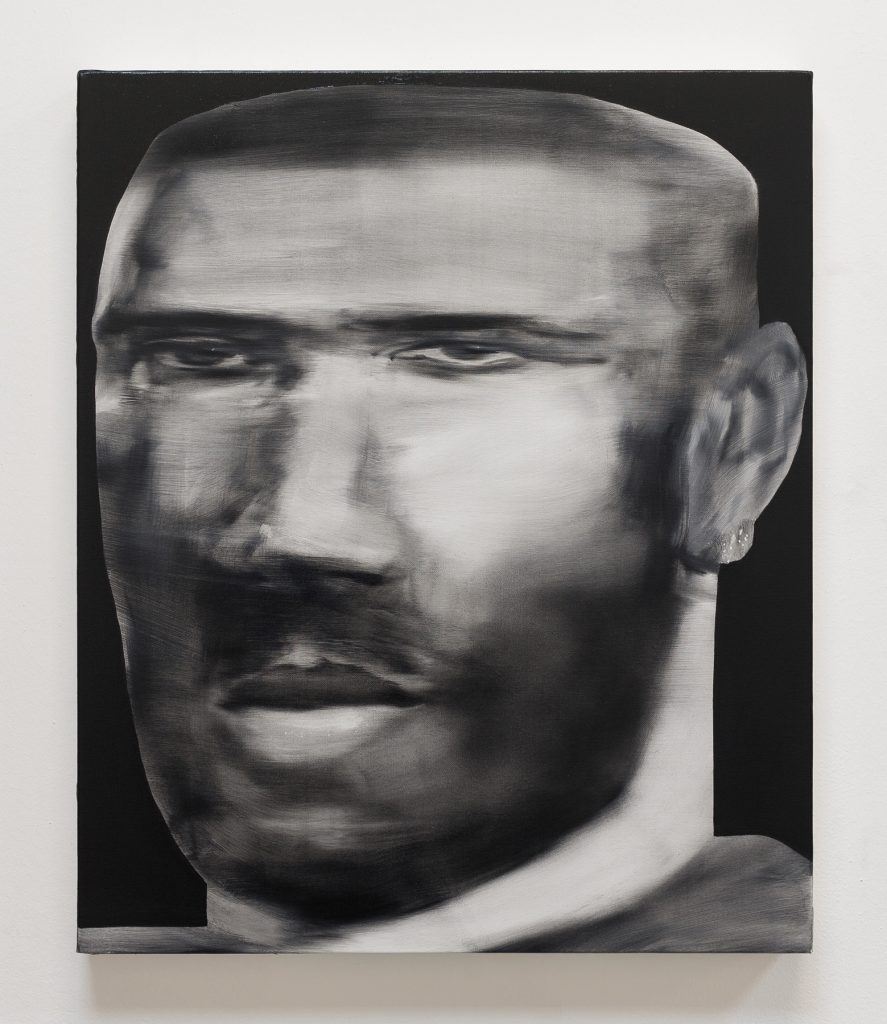
On creative process
When Du introduces additional elements, colors, or forms into his works, it carves a path of experimentation for him on how the newer figures interact with the existing ones. He hopes for a reaction to come out, perhaps a revision of his current style, but he never forces anything. He welcomes his results with open arms and values organic growth more than anything else. His penchant lies in embracing joy from the inability to foresee the direction his artworks lead him to, enjoying the journey as he moves forward with every stroke, emotion, and material he anchors. Heart wins over the head, and his logic surrenders to his intuition. Each work informs future works and projects.
The subjects and themes he accumulates before diving into his creative work involve a plethora of identity and influences rooting from the East and West. Aside from this, he seeks knowledge on history to help him comprehend the context of his practice and support the statements he will include in the backstories of his works.
His viewers have asked him if globalization affects his work, and while he responds positively when inquired, he reiterates not going beyond his means to create a series or piece that concentrates on globalization. Its nuances penetrate the subtlety of his drawings and mediums, but more than anything else, he invites his viewers to view each of his works with an open heart, to feel it rather than reason out with or explain it.
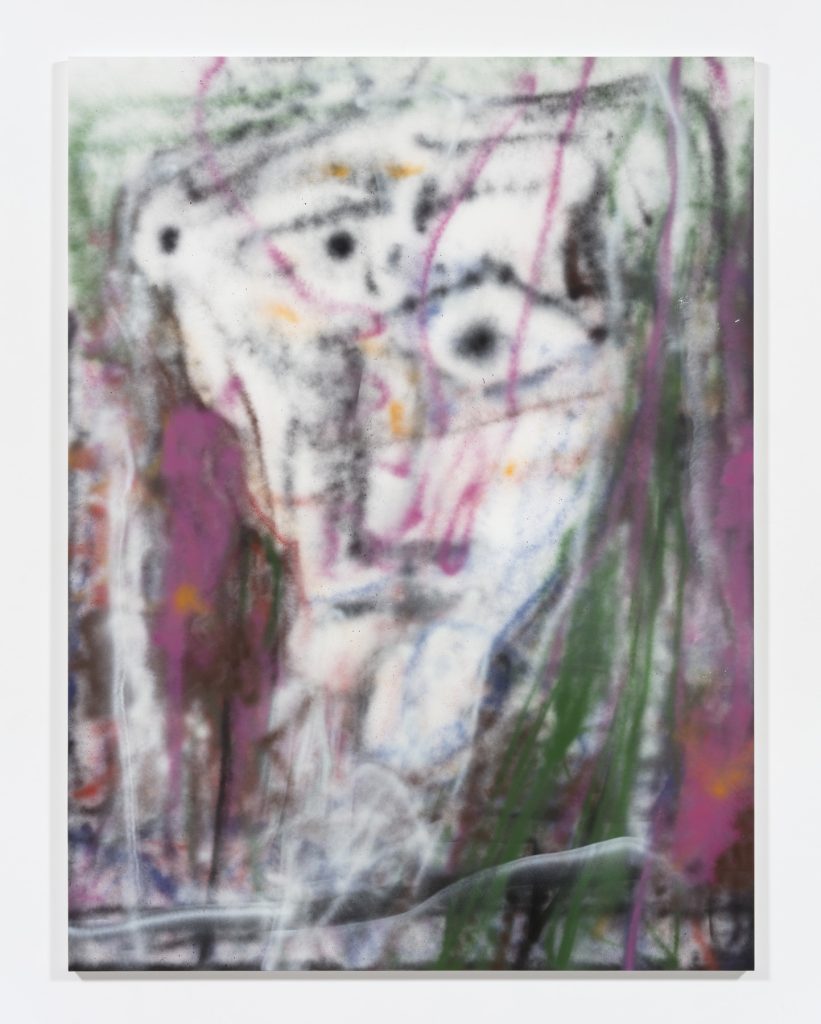
On changes
Somehow, Du has learned to start as many projects as he can, boundless from any structures or systems. A free-flowing thinking that asks him to develop and further each work whenever he can, stripping himself bare from any pressure to finish it on time or as soon as he can. These works may evolve and transform into products of his mind that steer away from his original ideas, but for the artist, that has always been the plan. For Du, time changes and so do his artworks, so does his identity.
Credits
Images · Jingze Du
http://www.dujingze.com/
